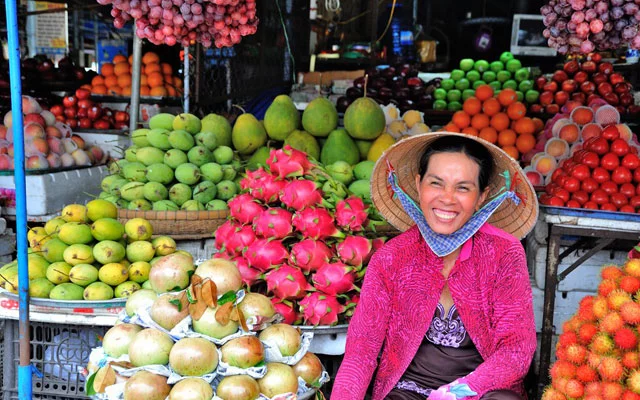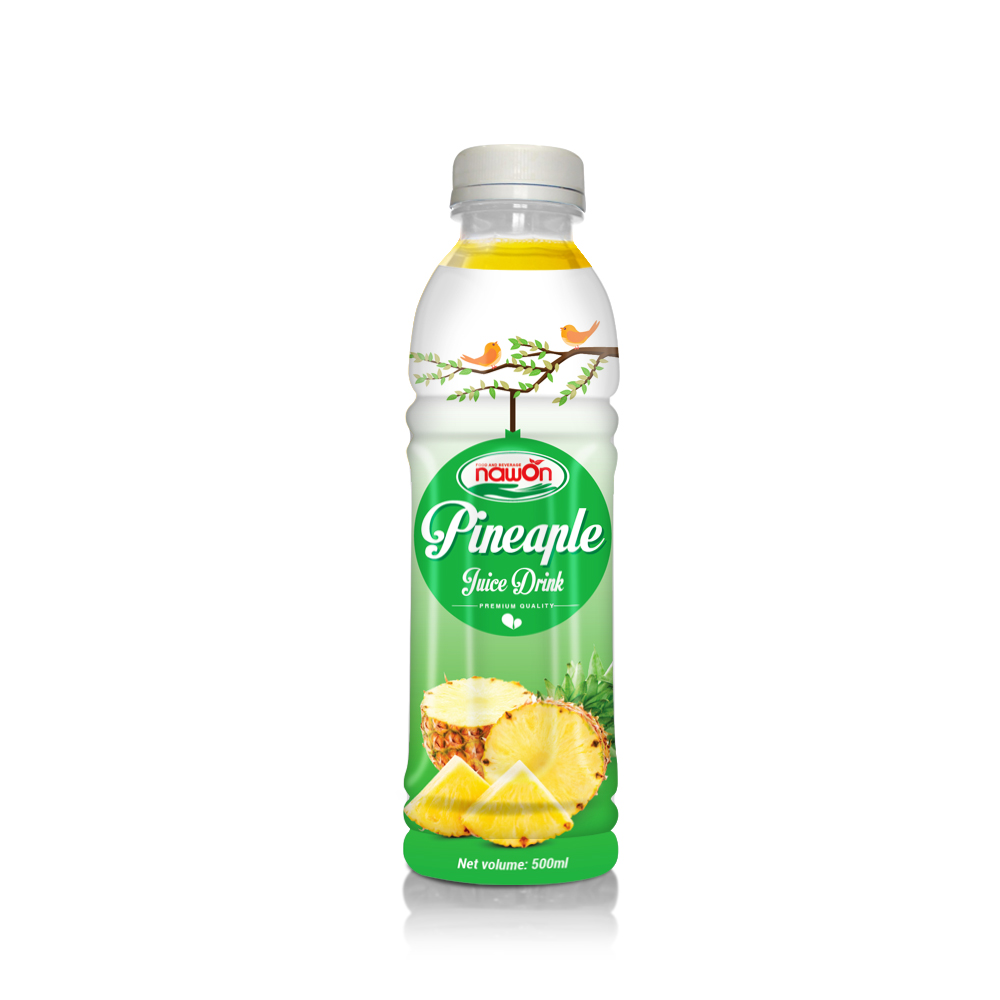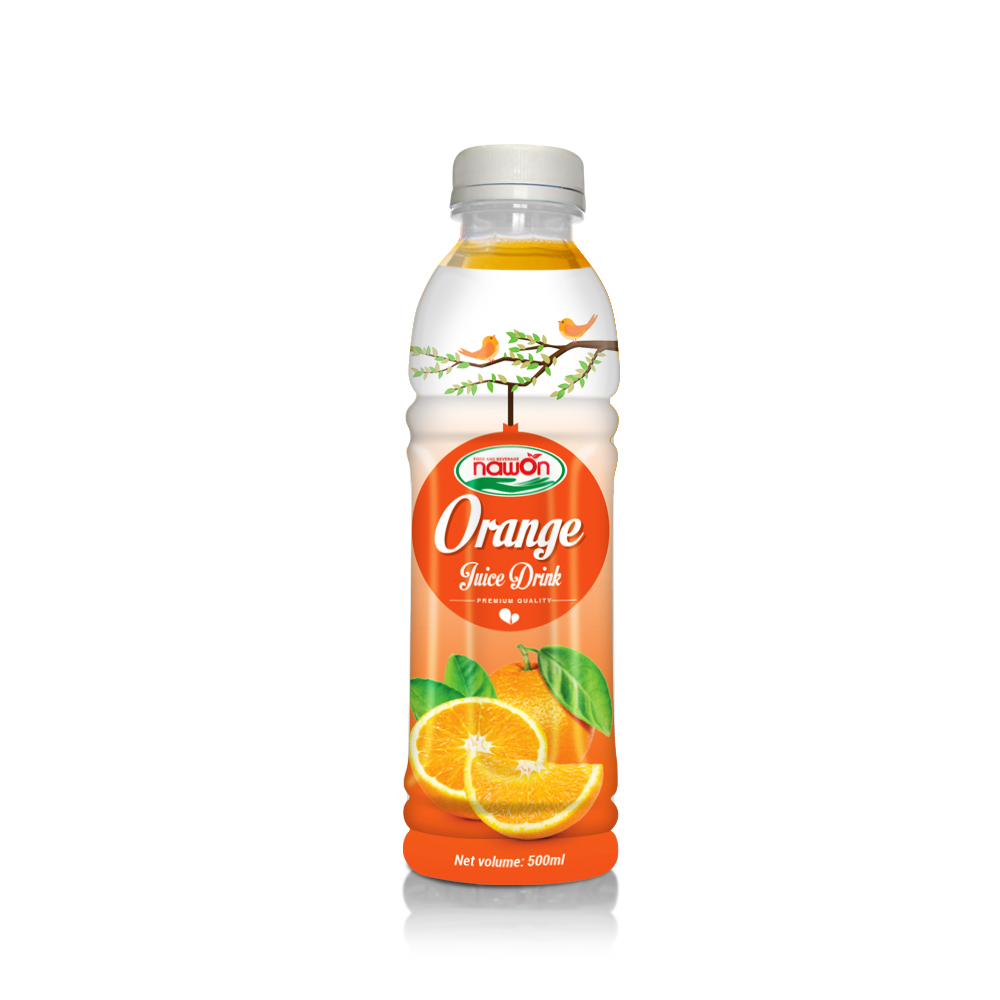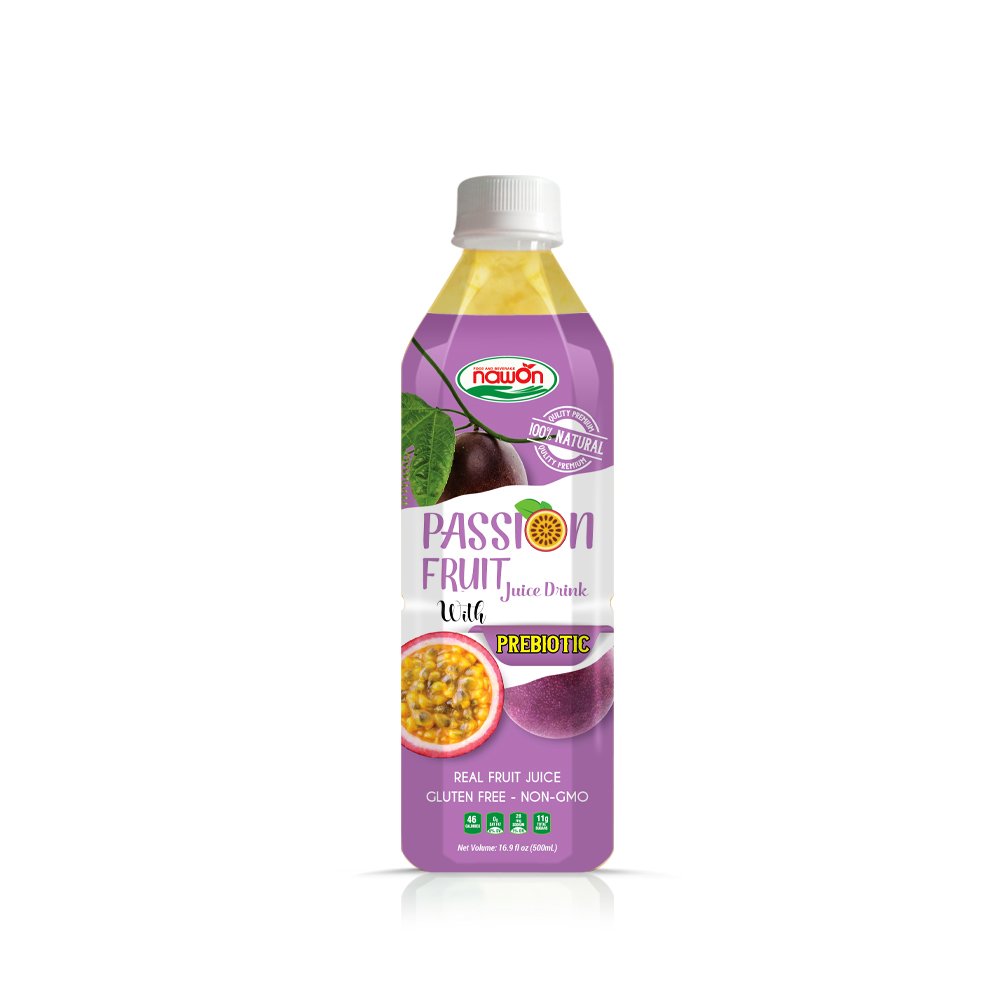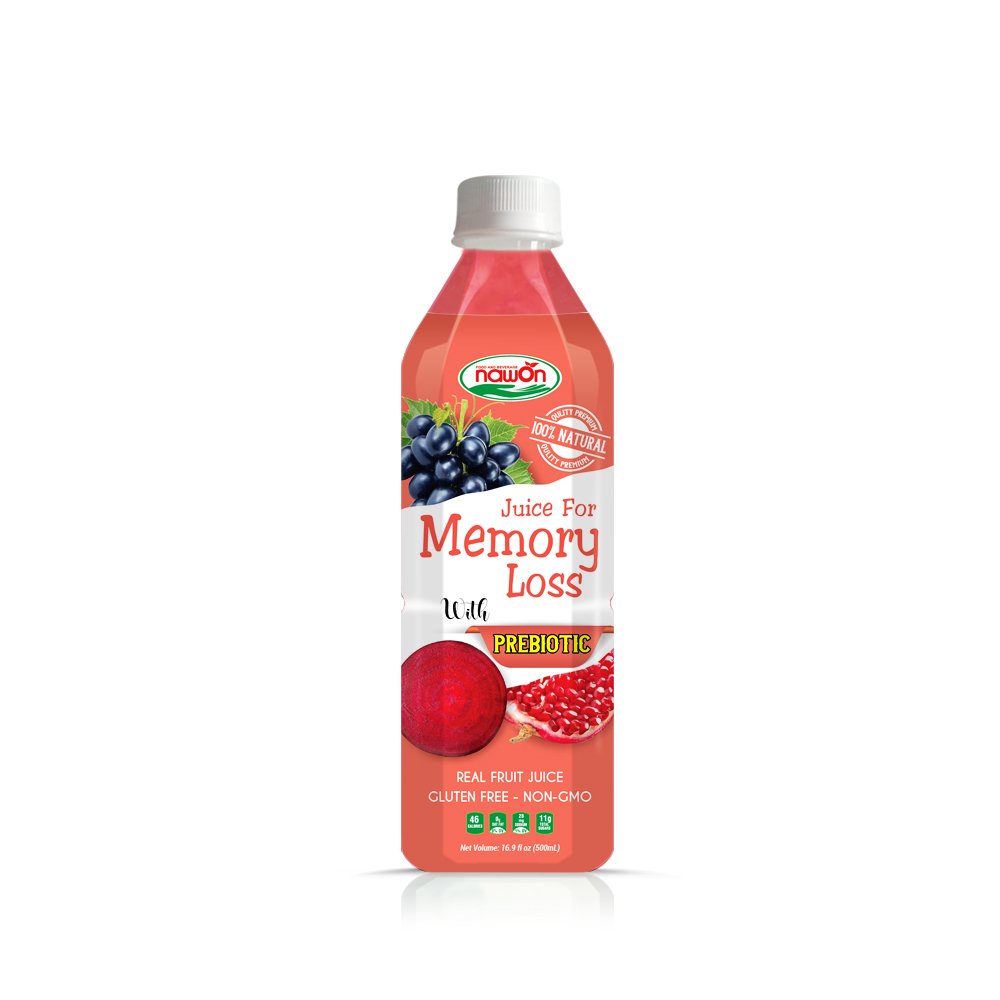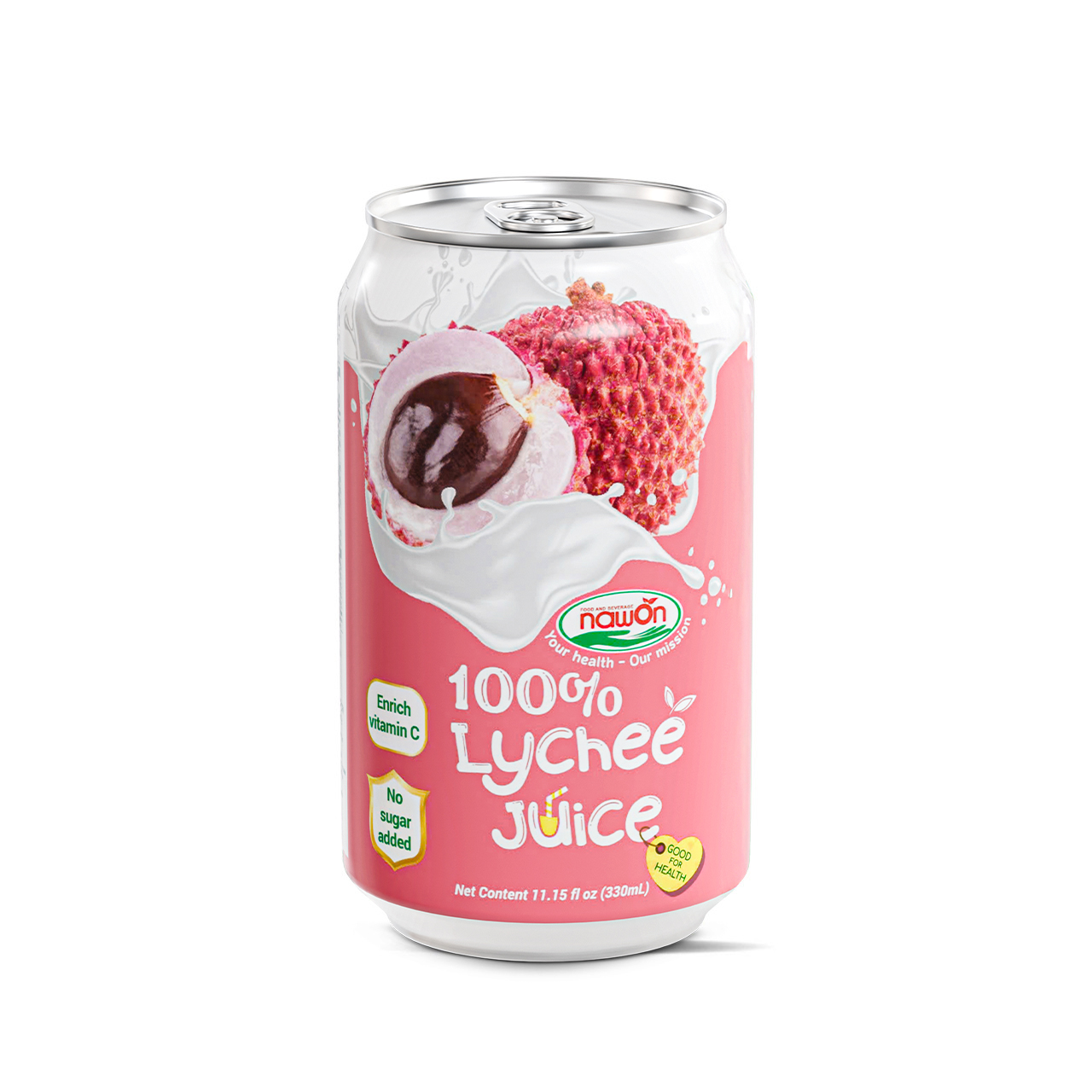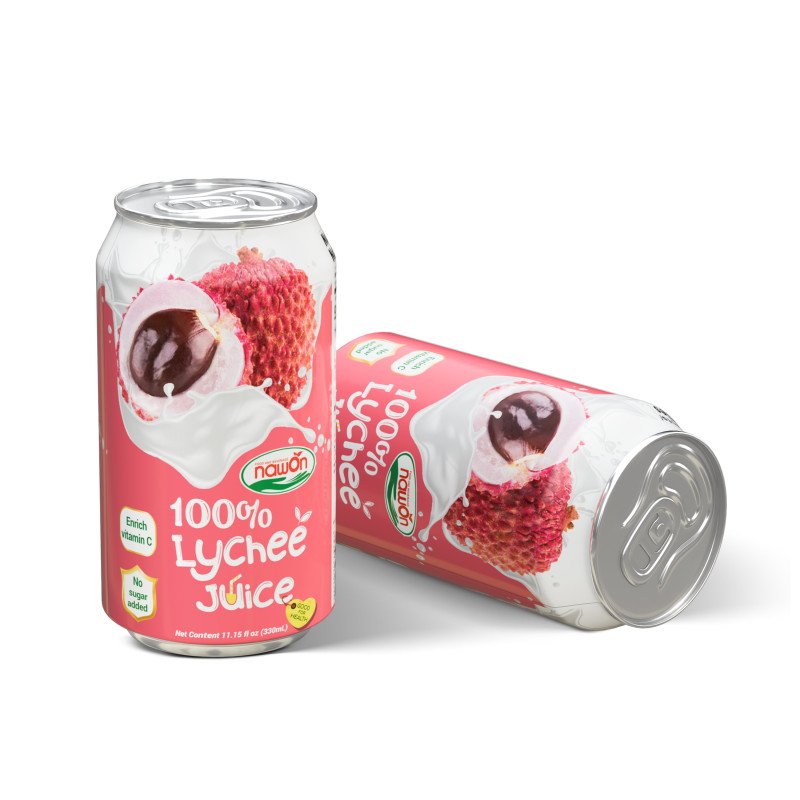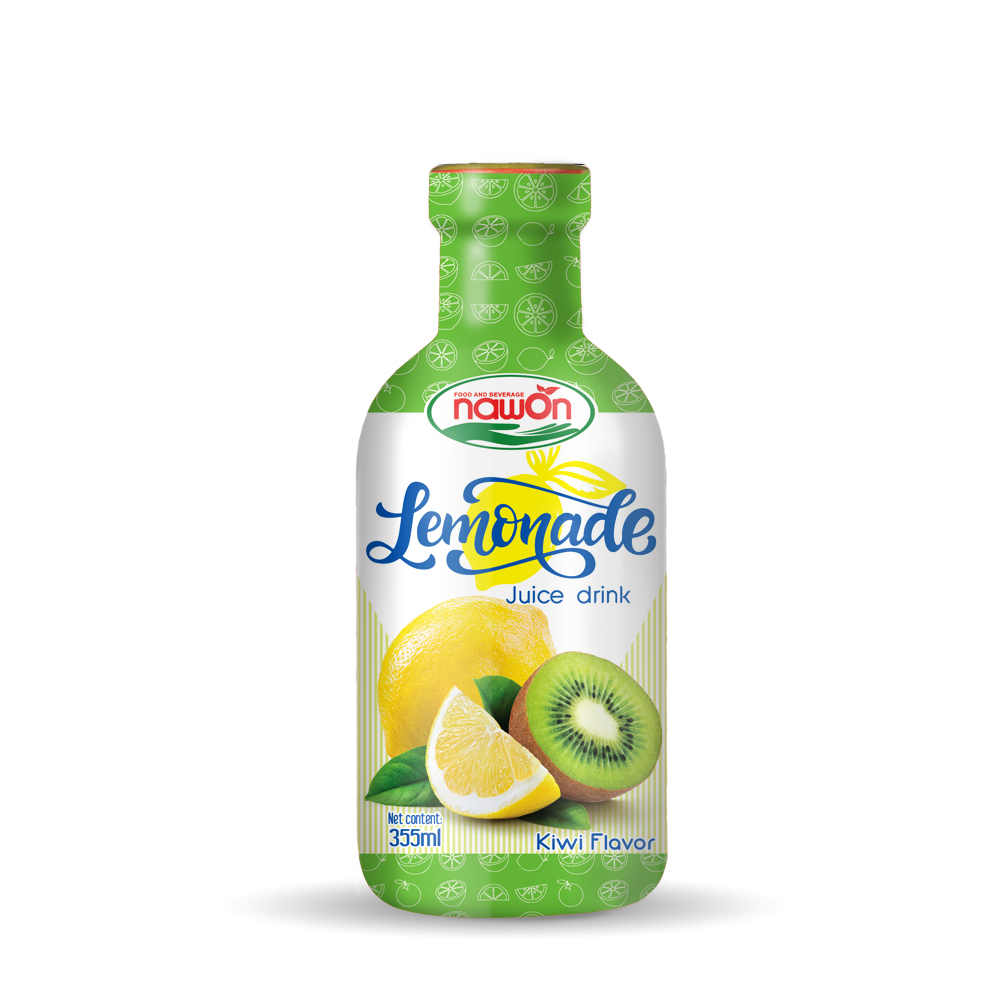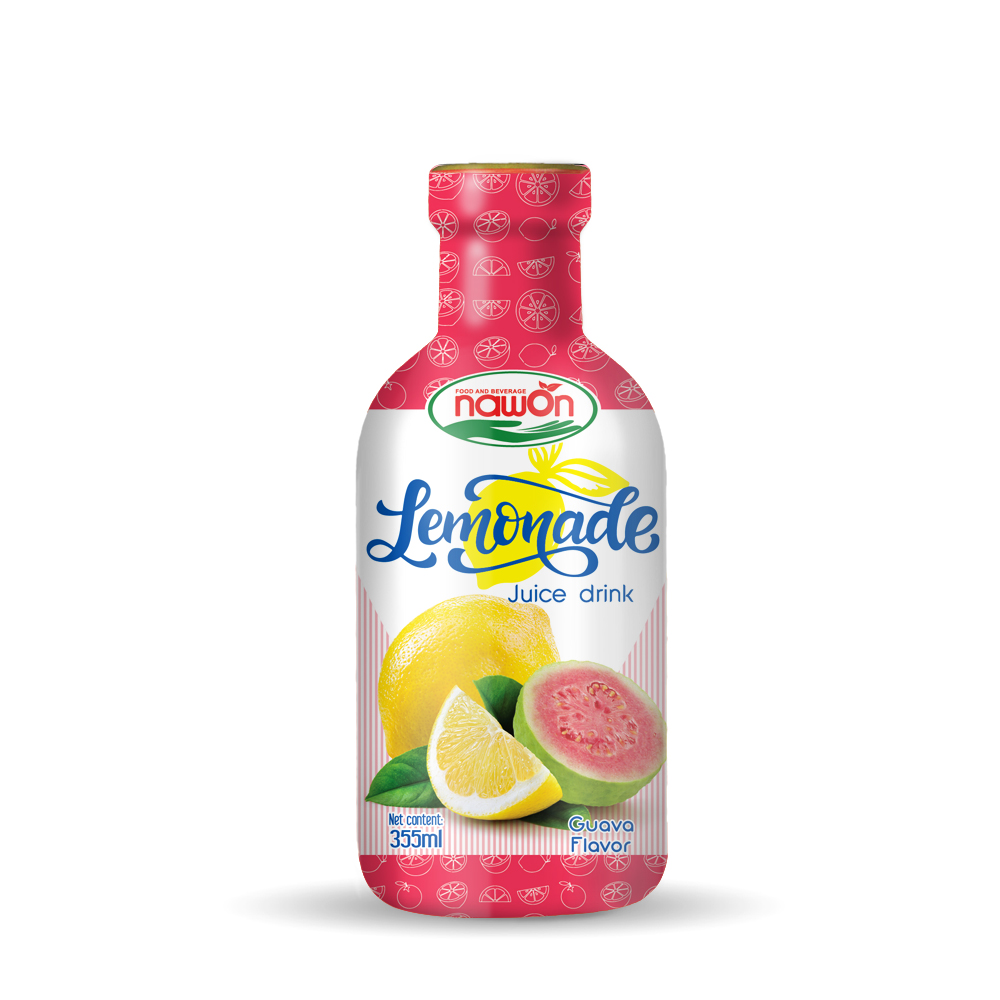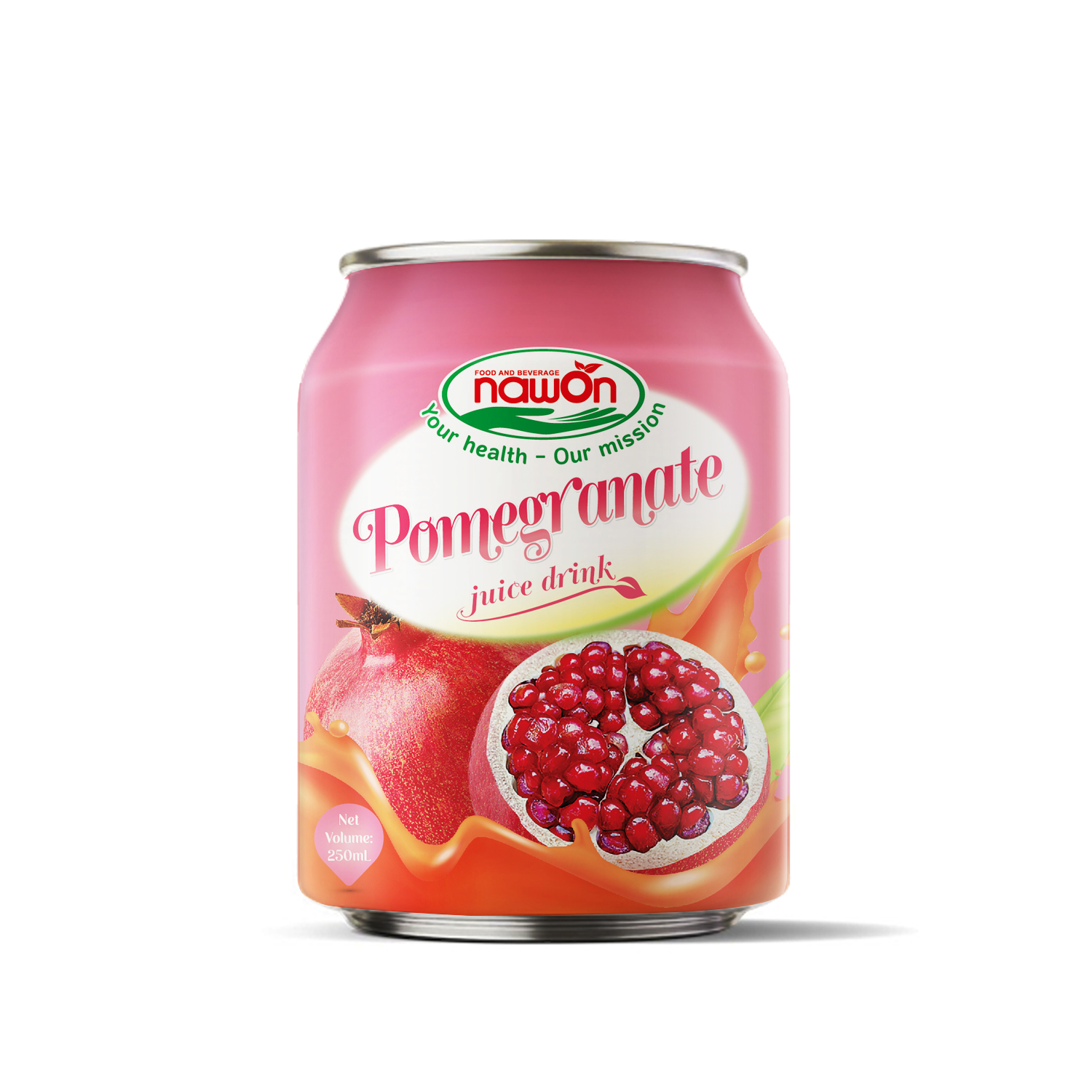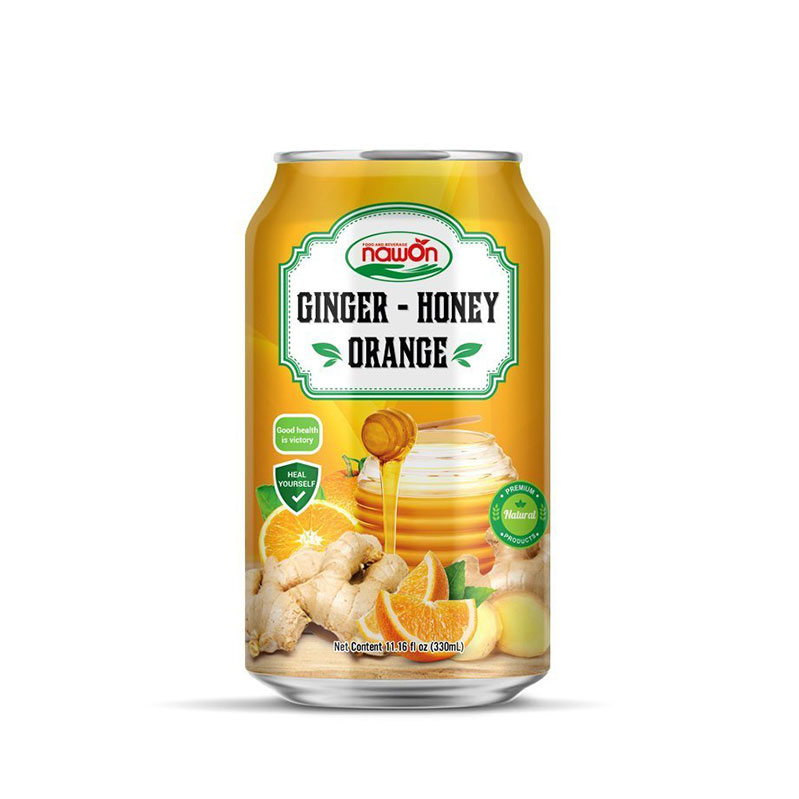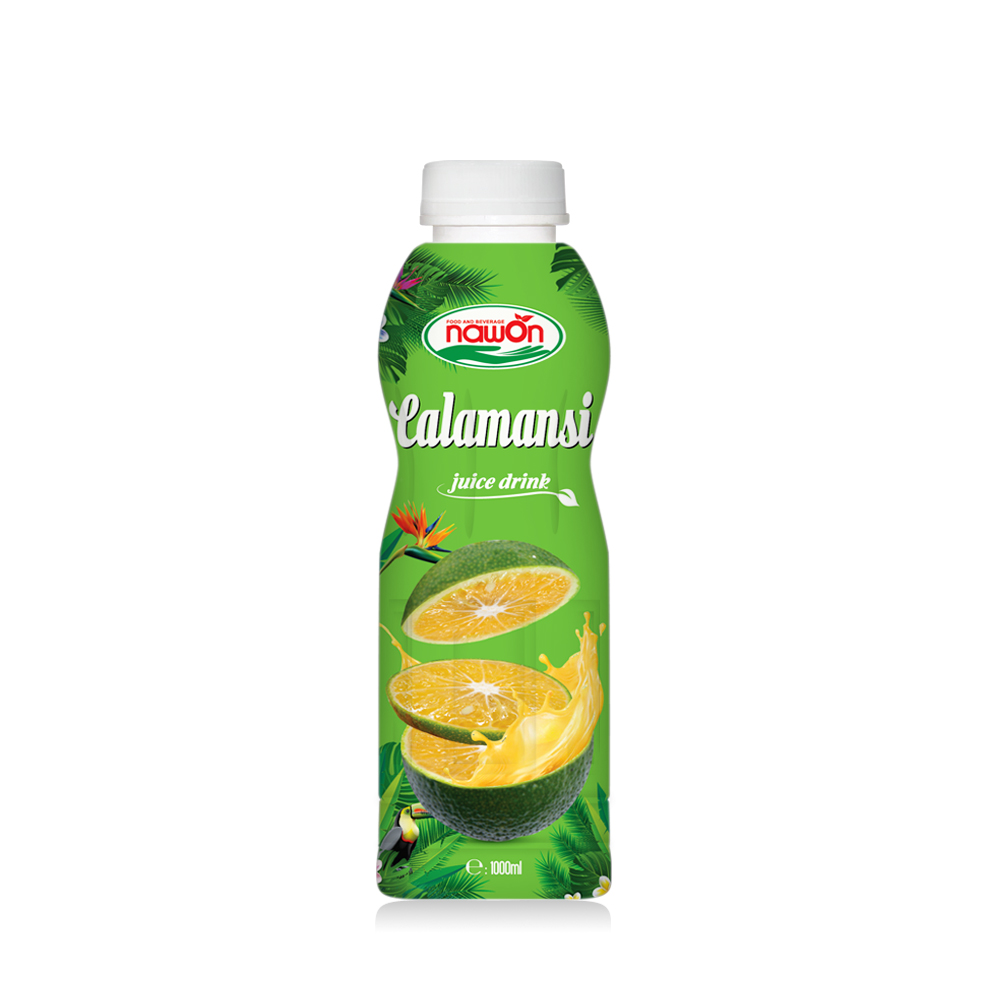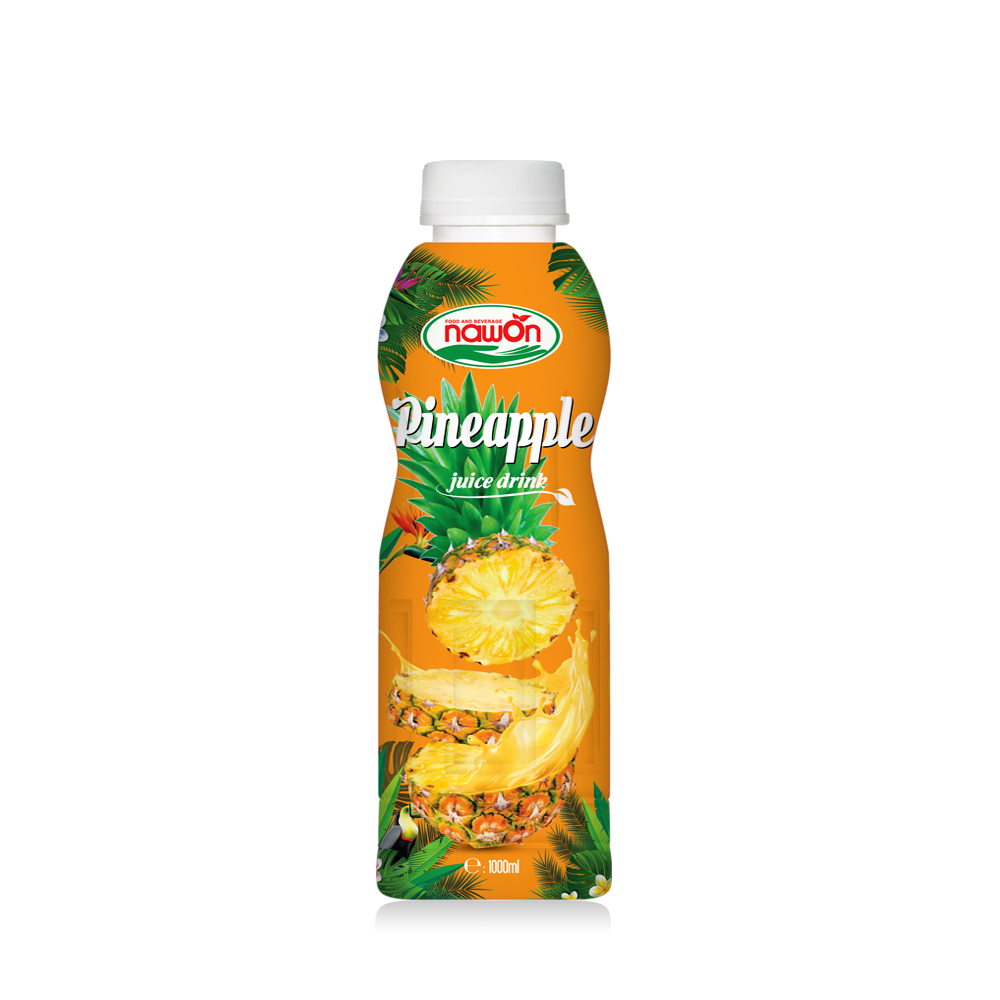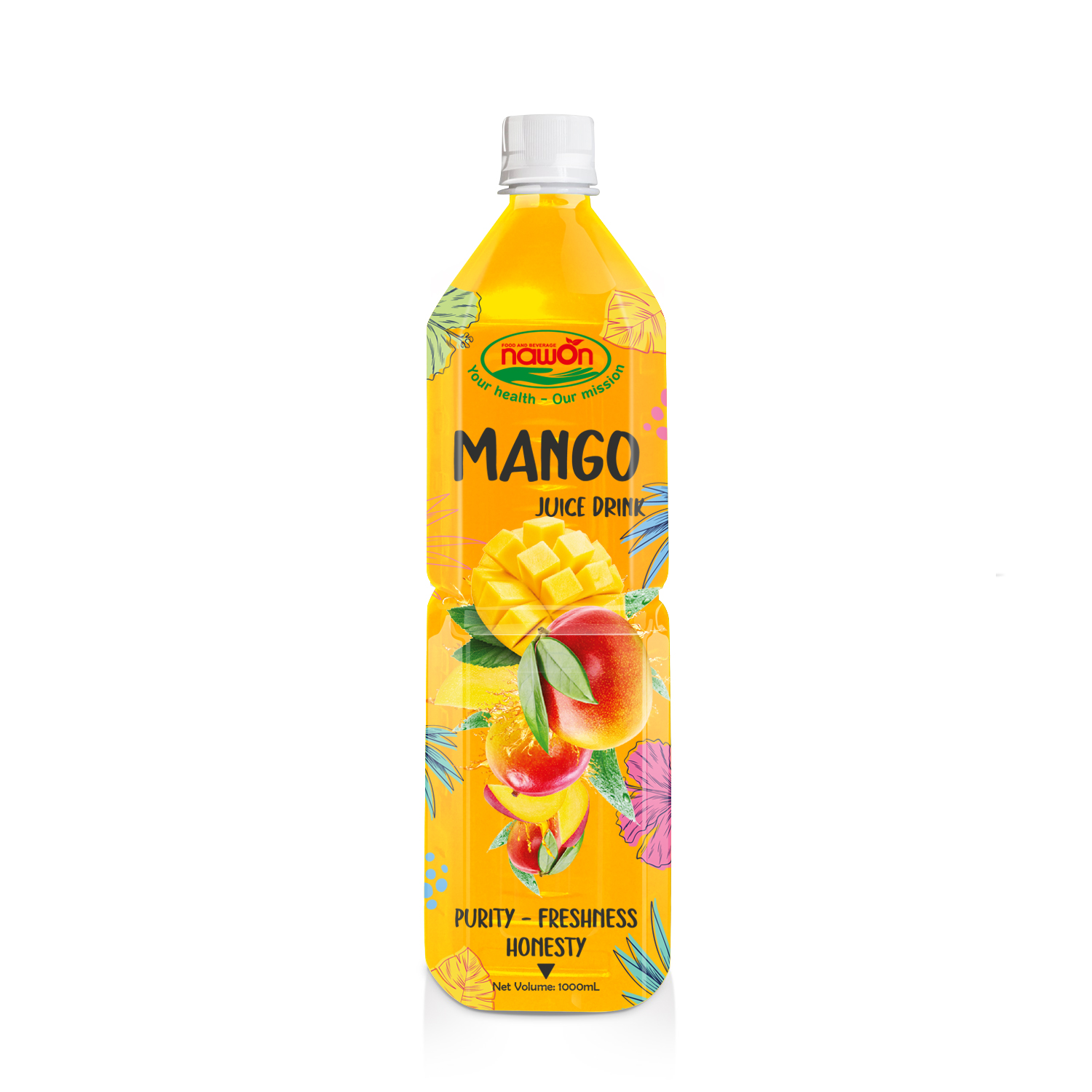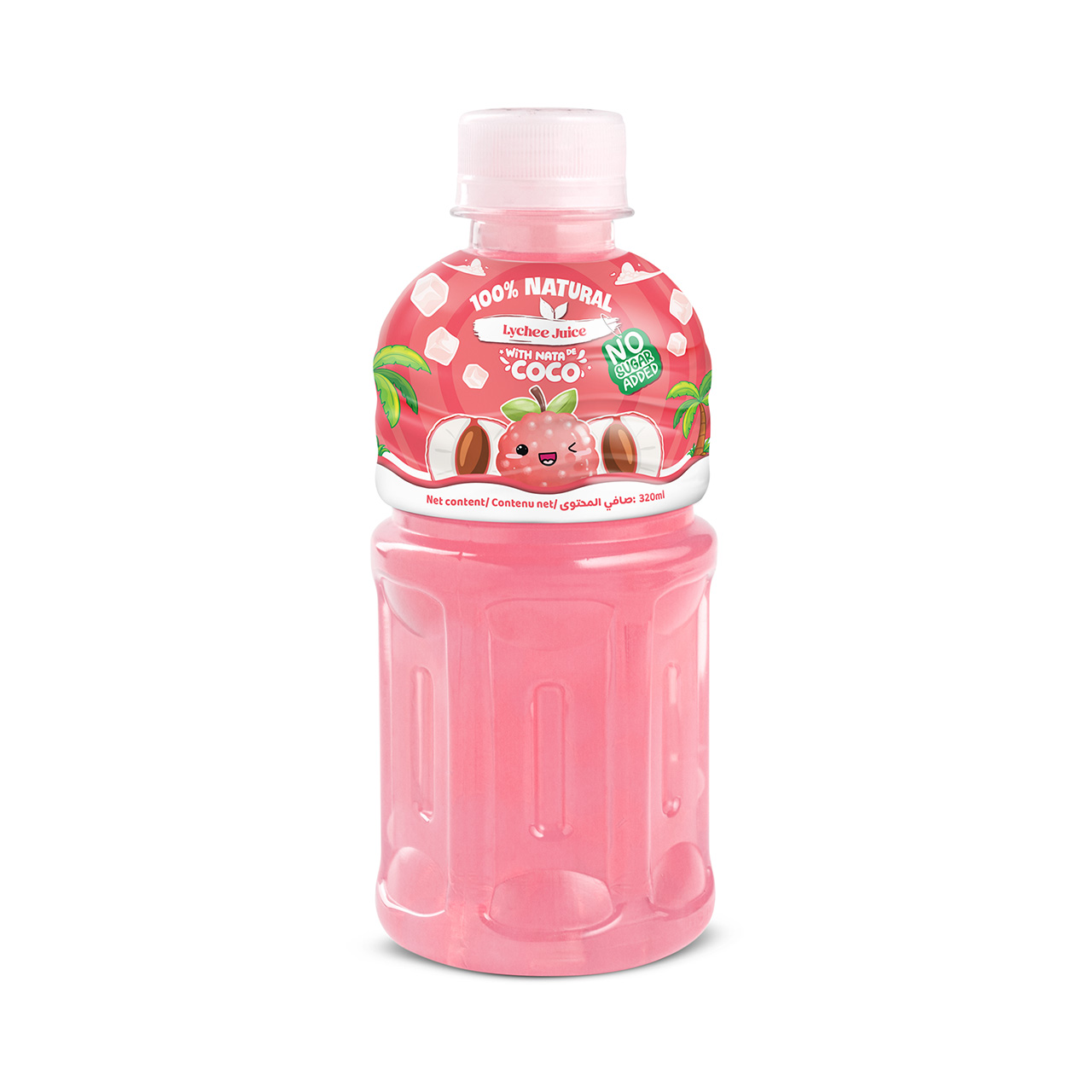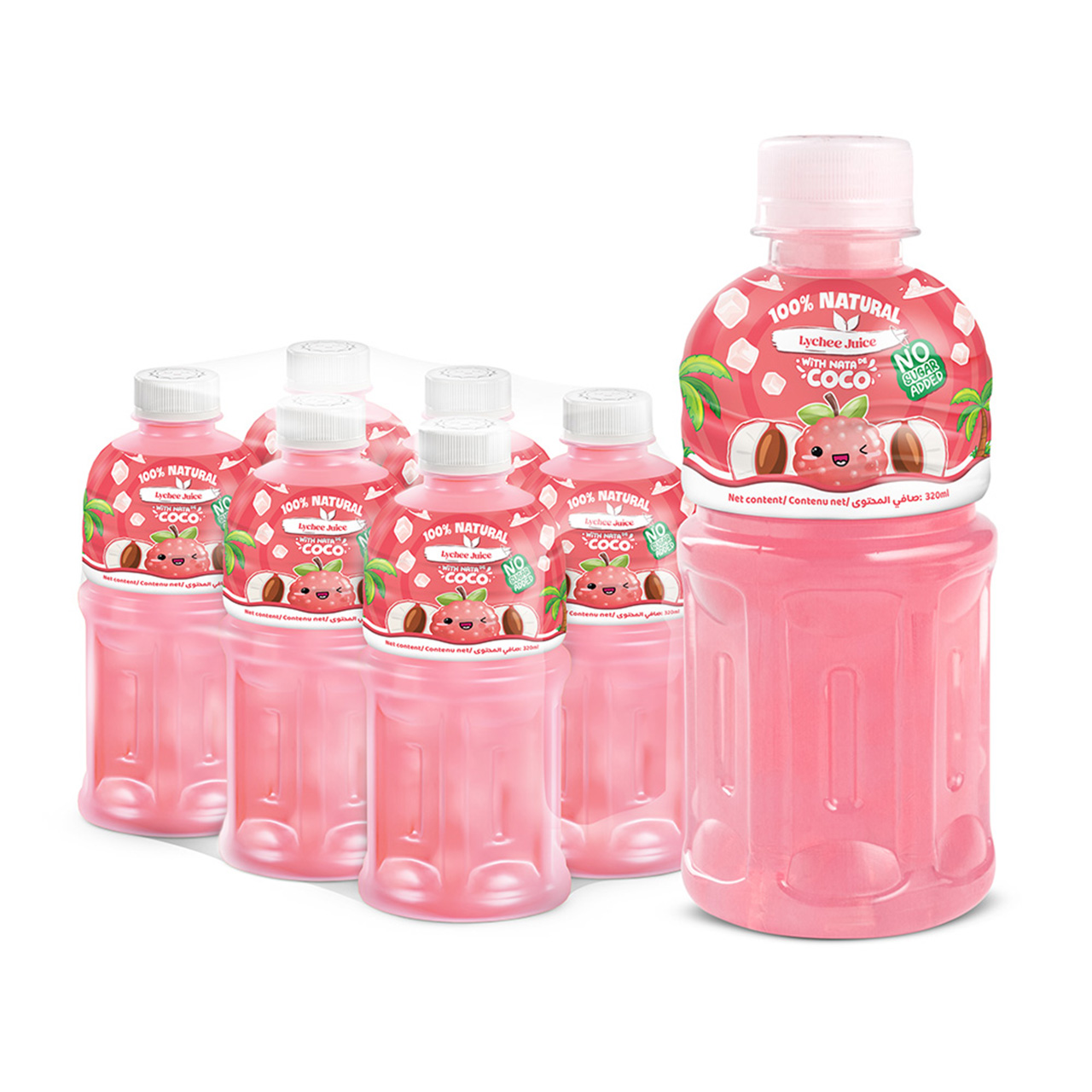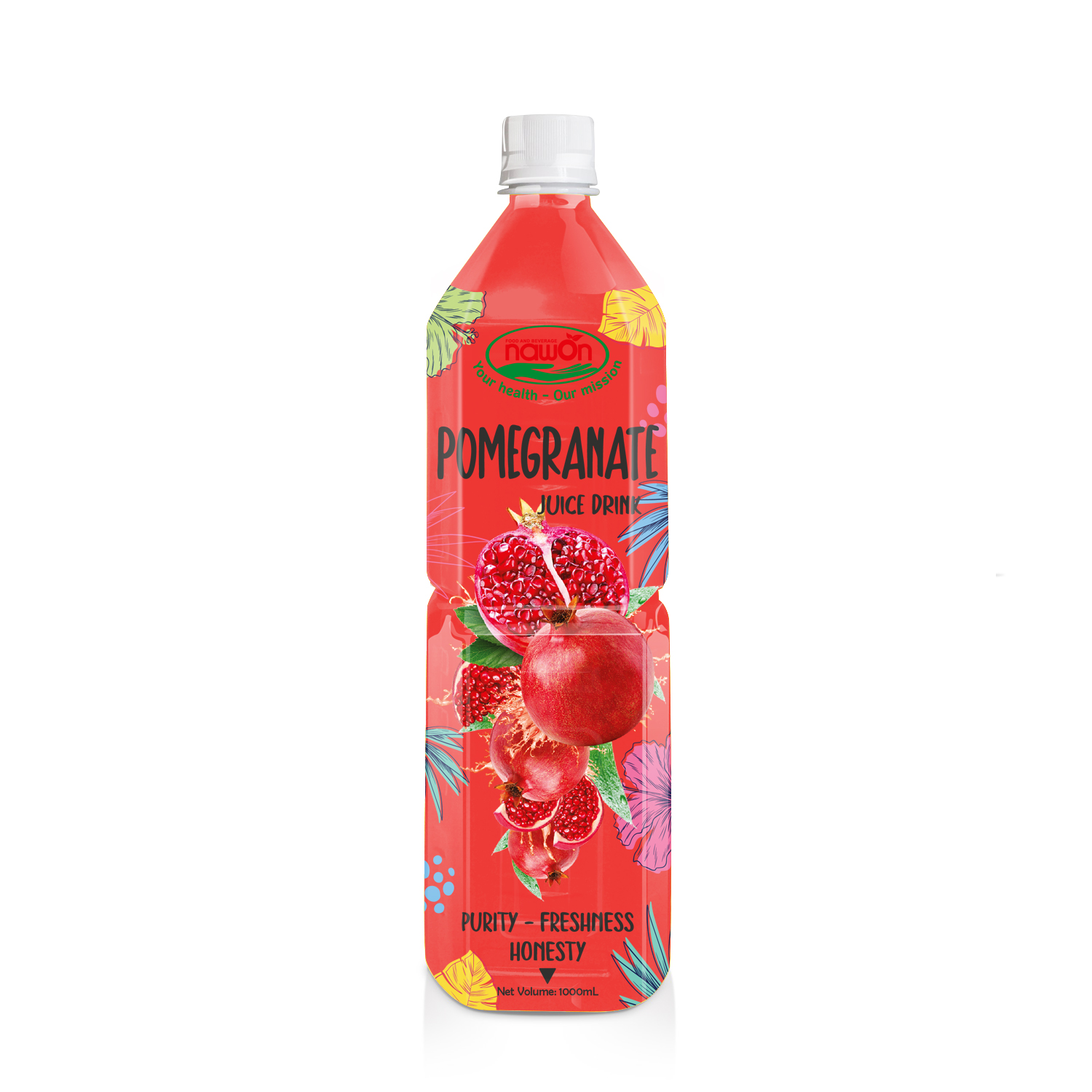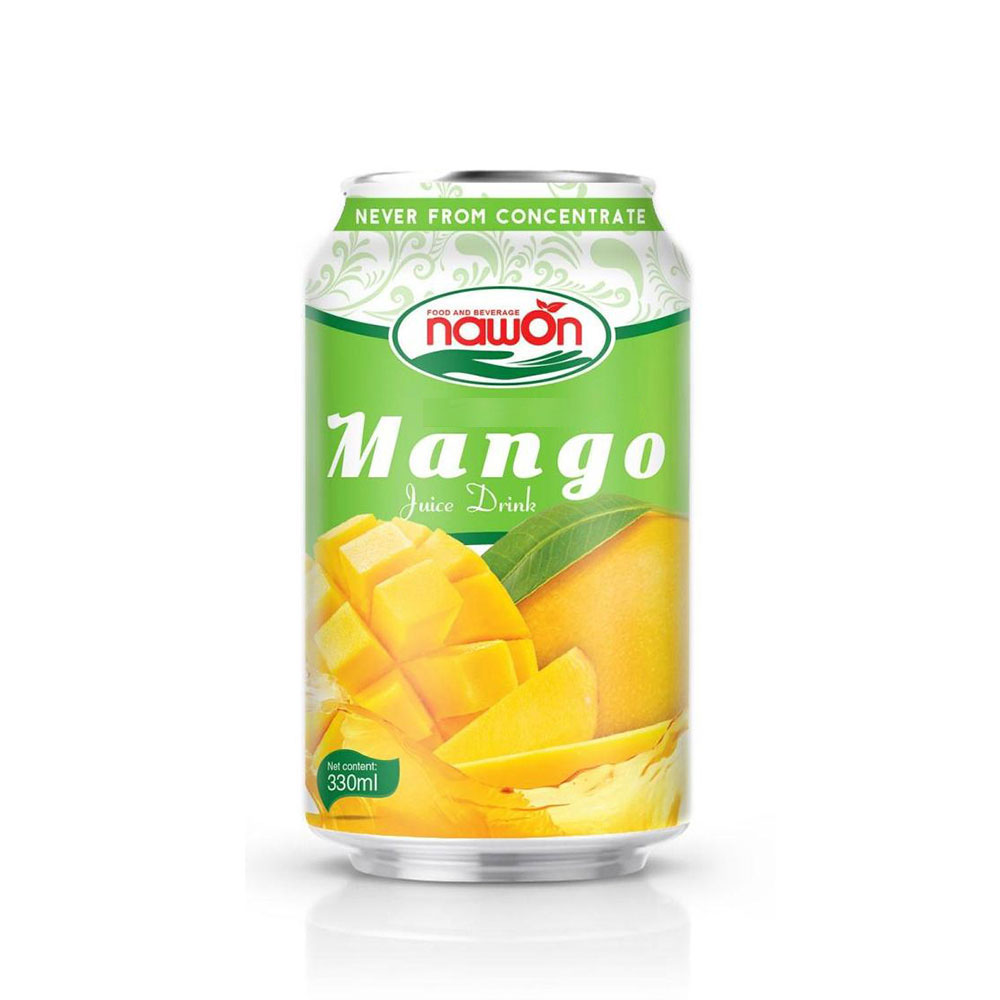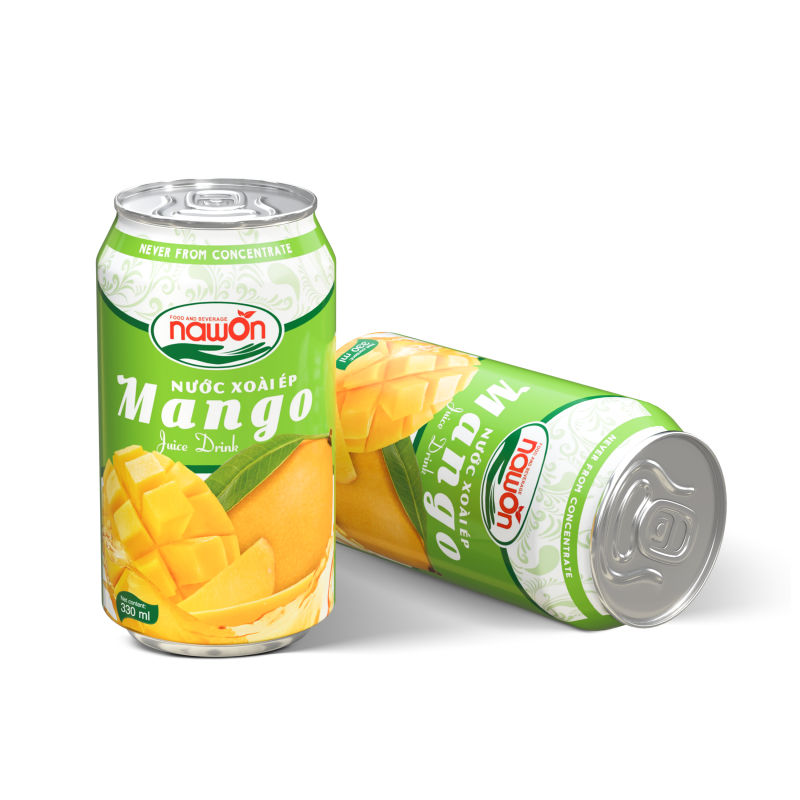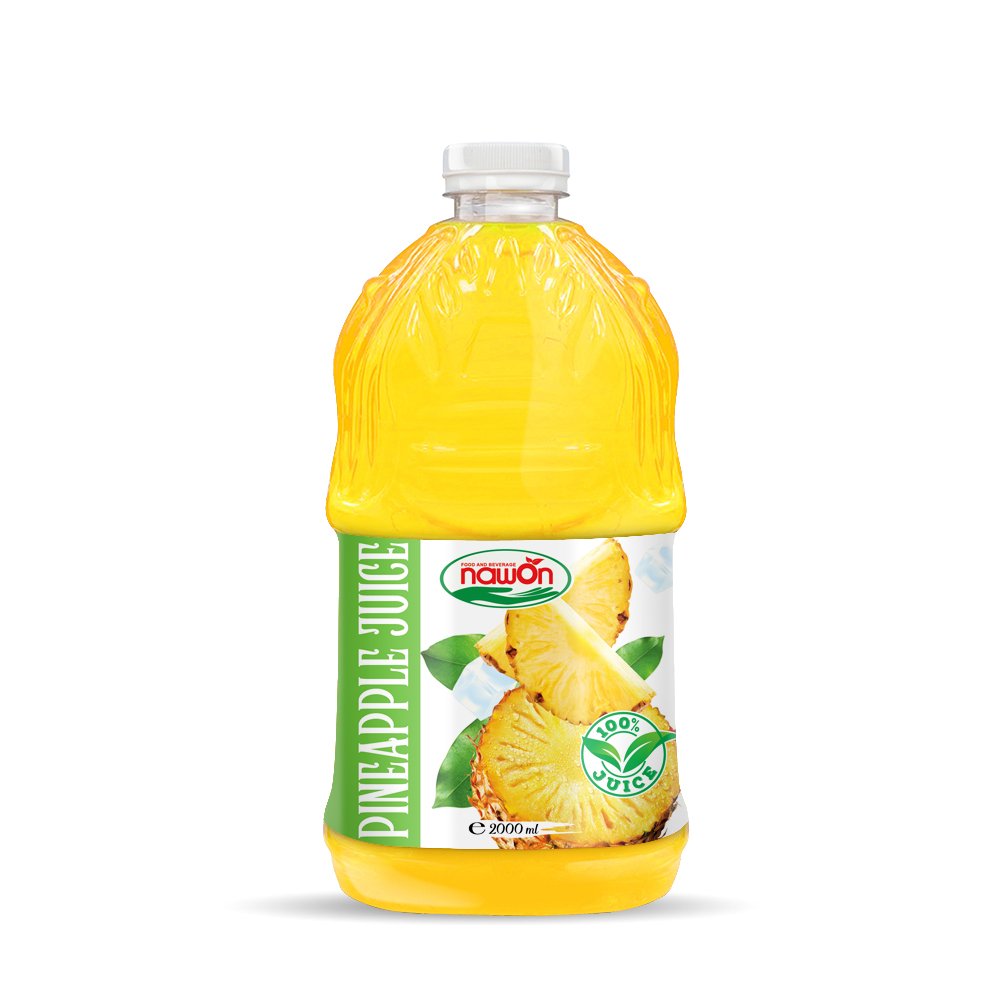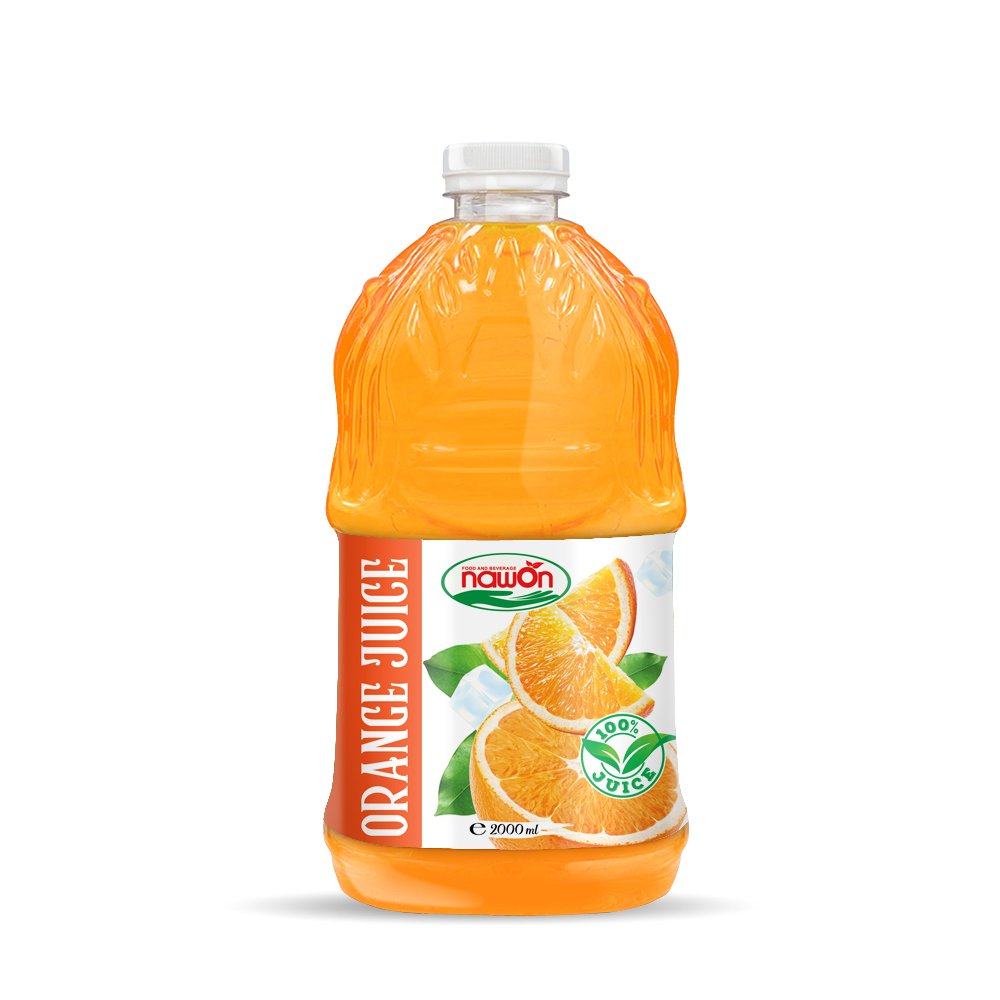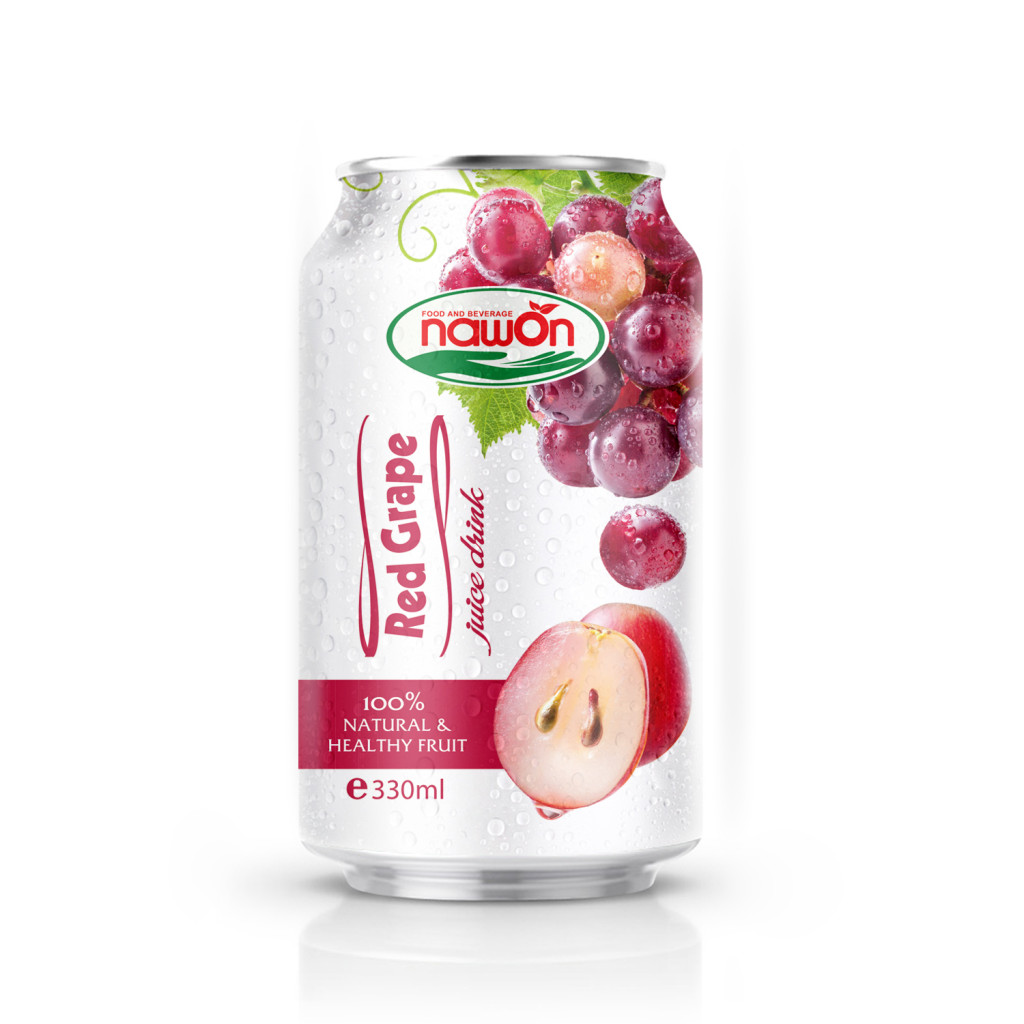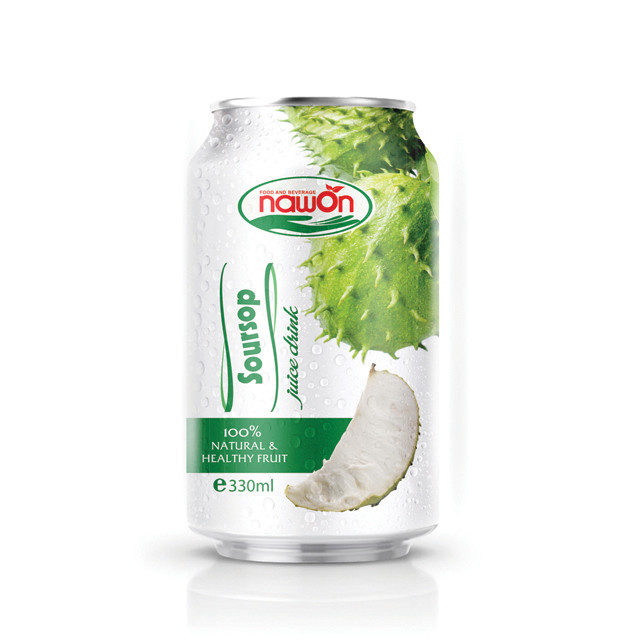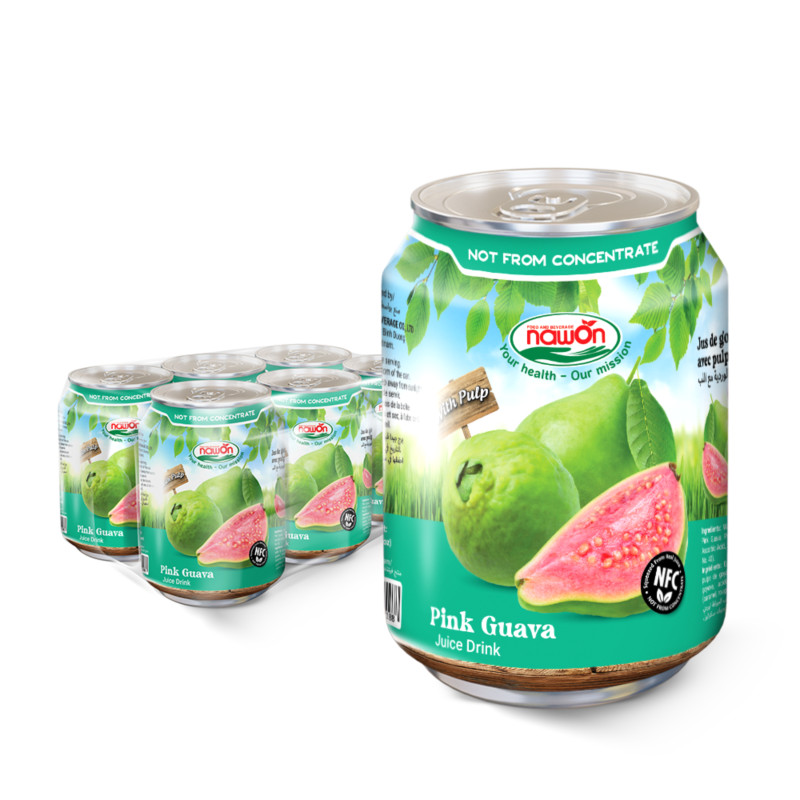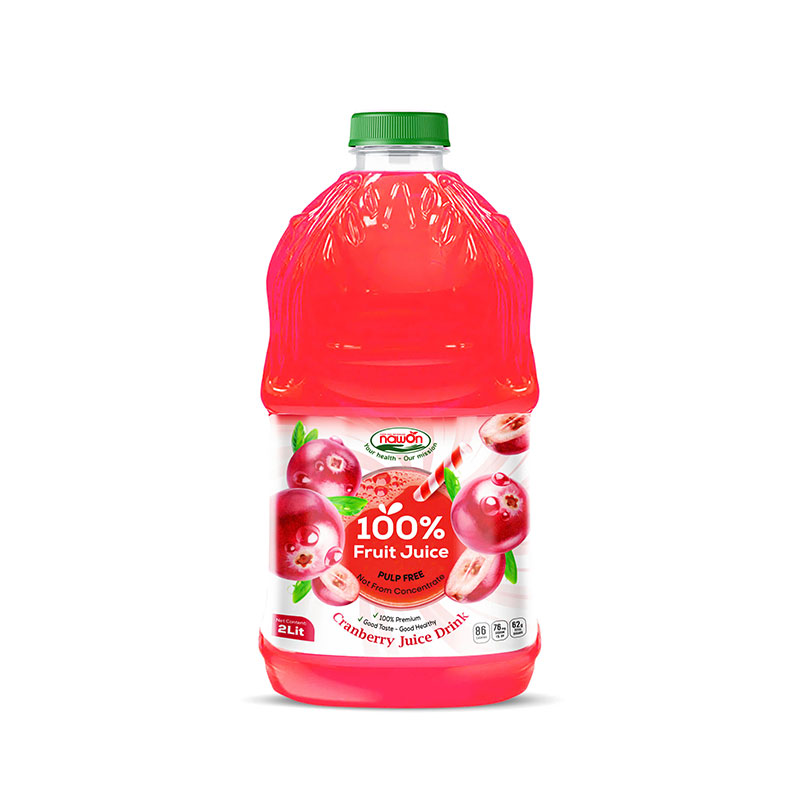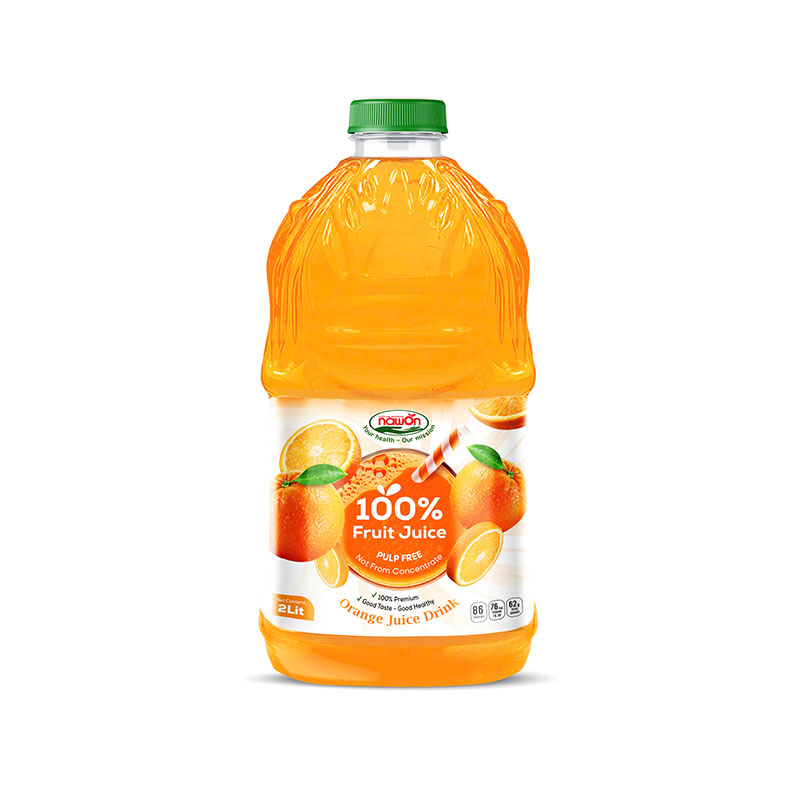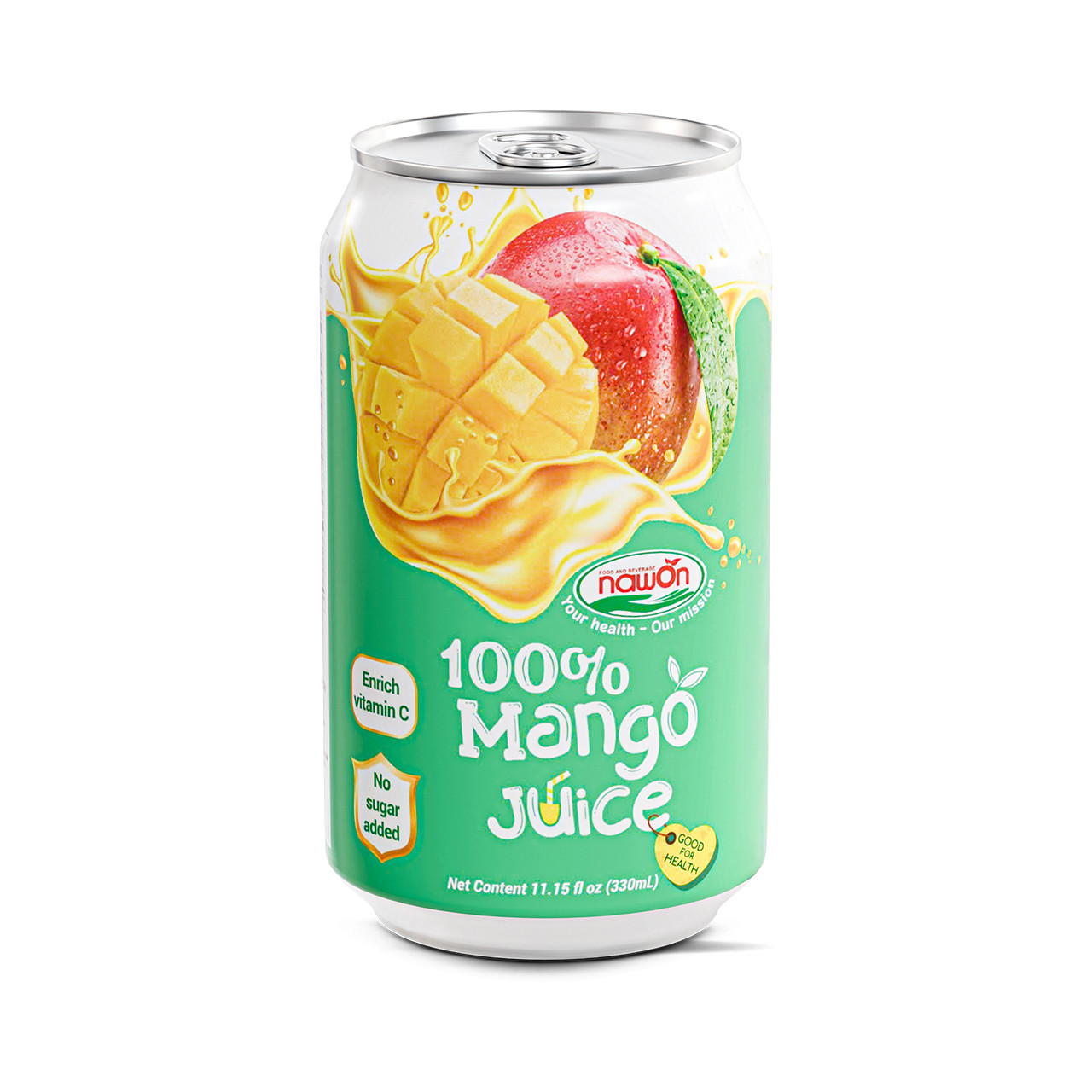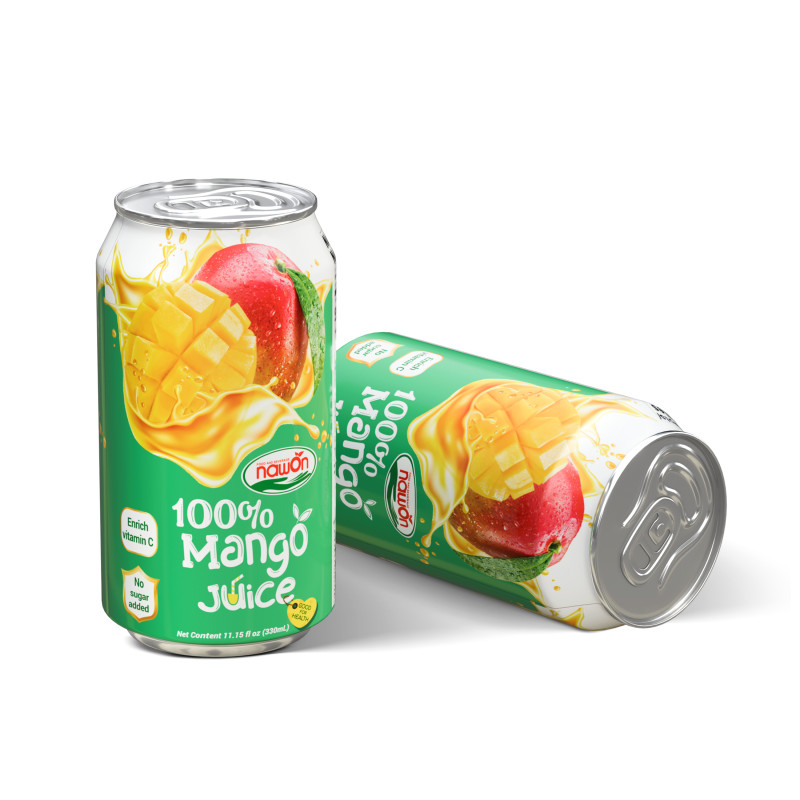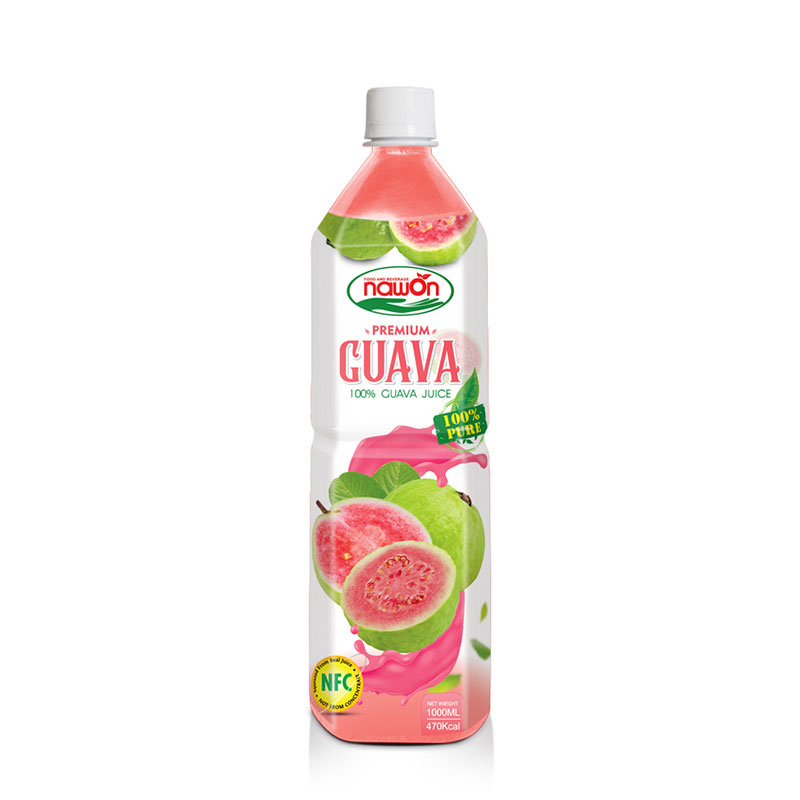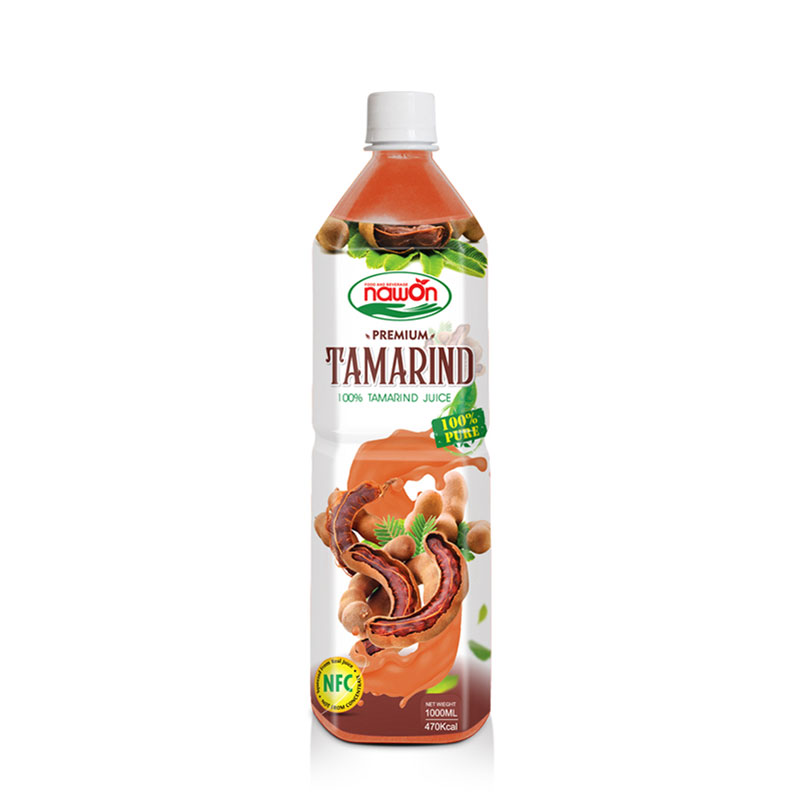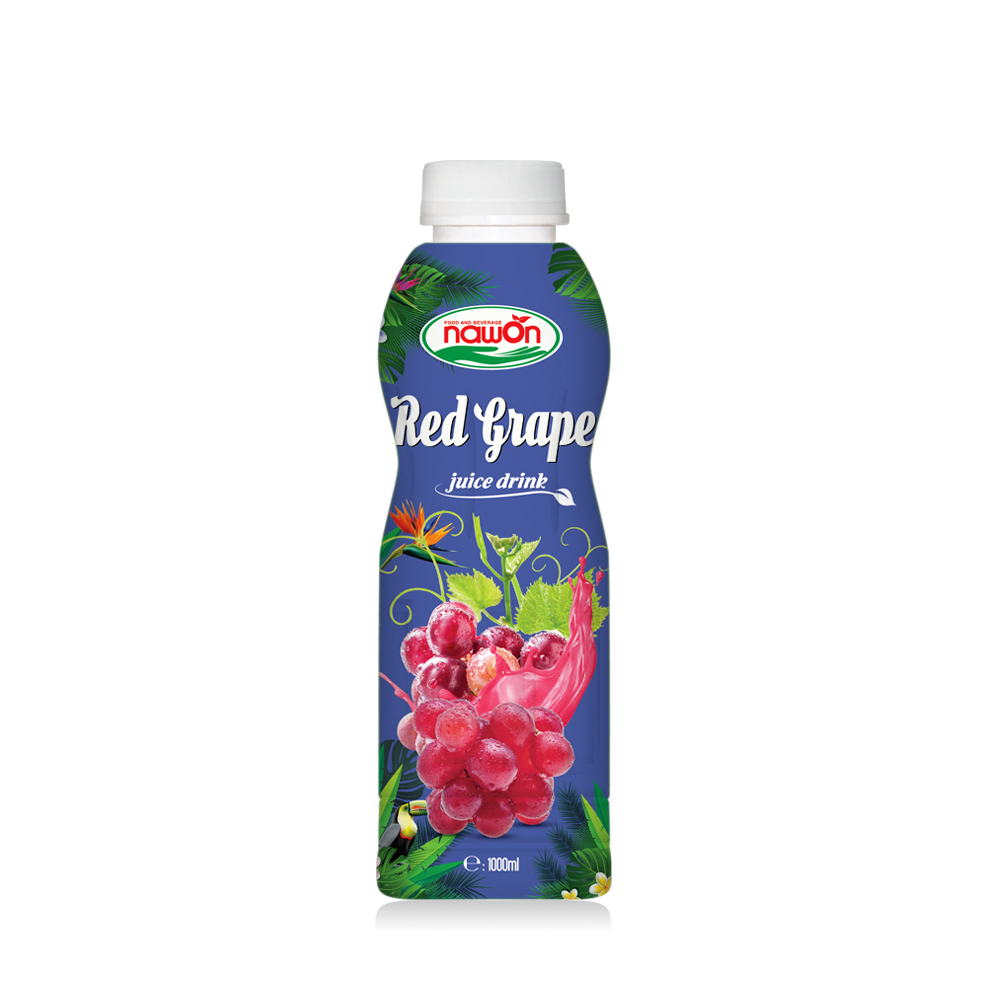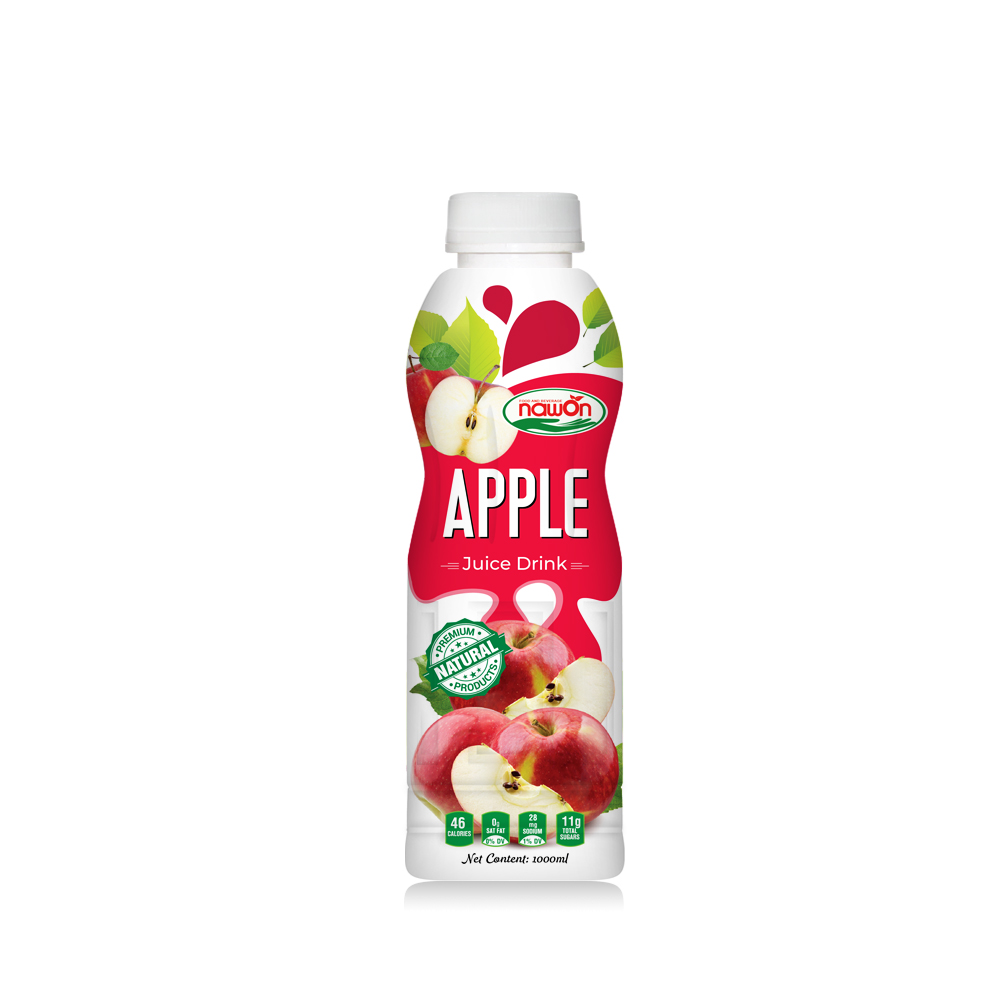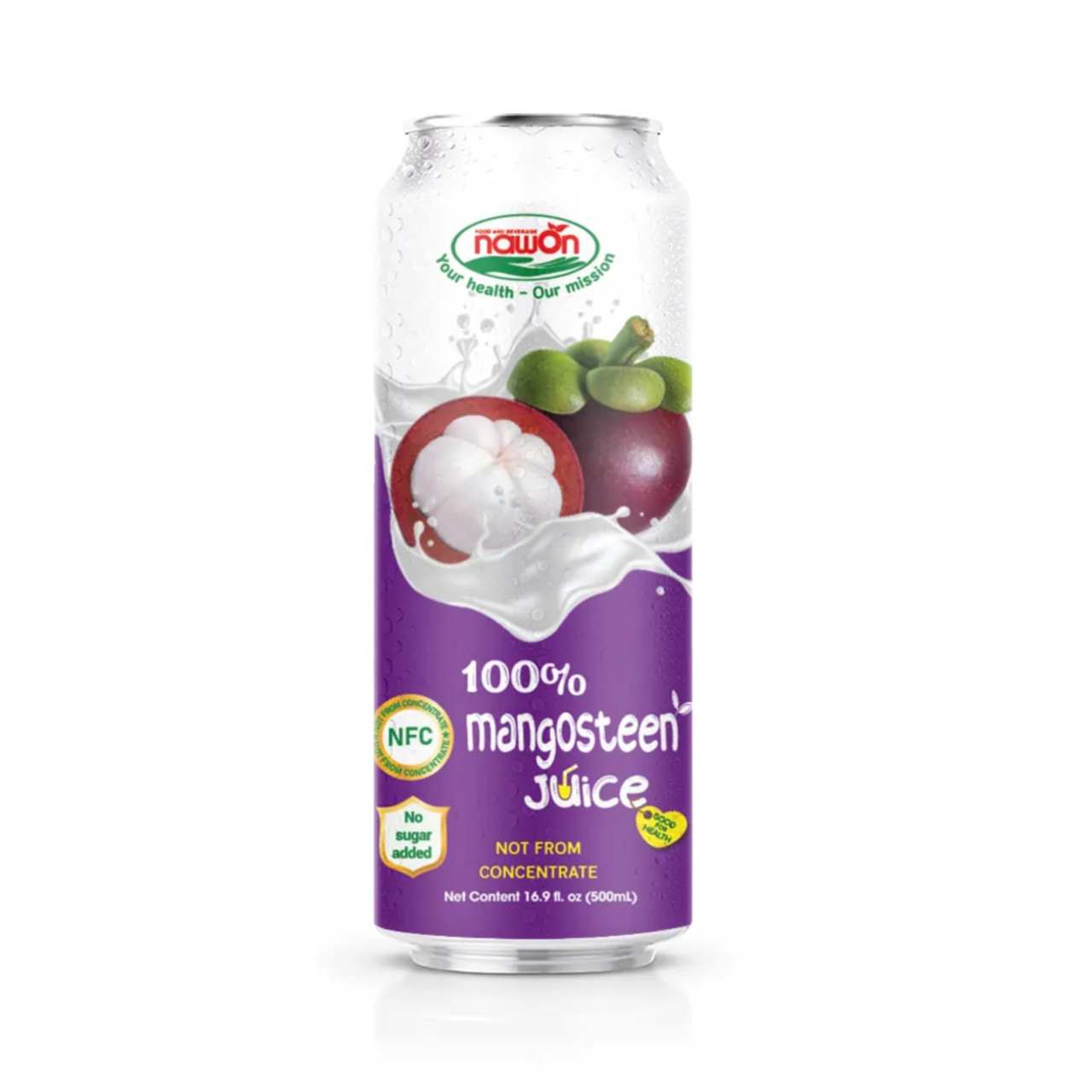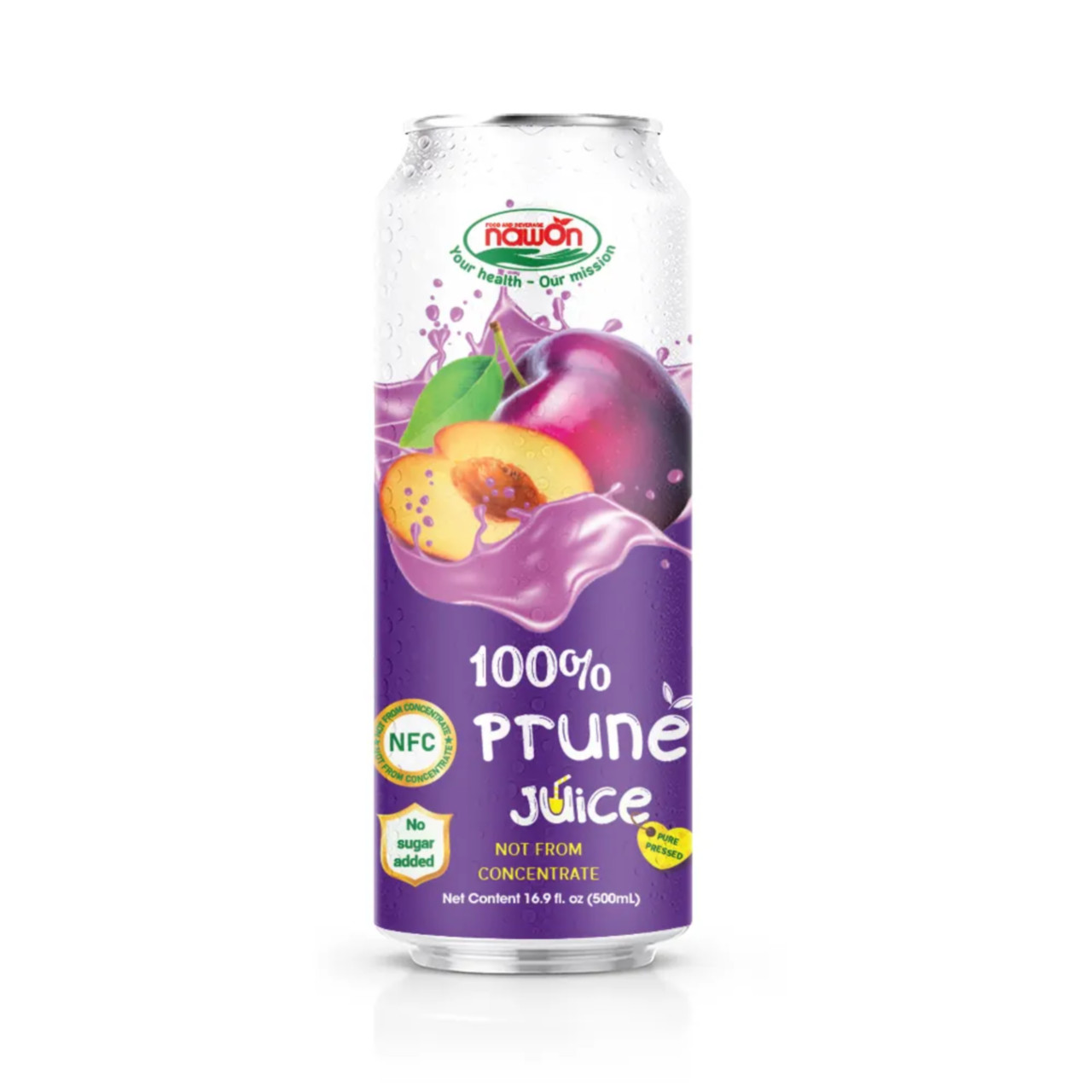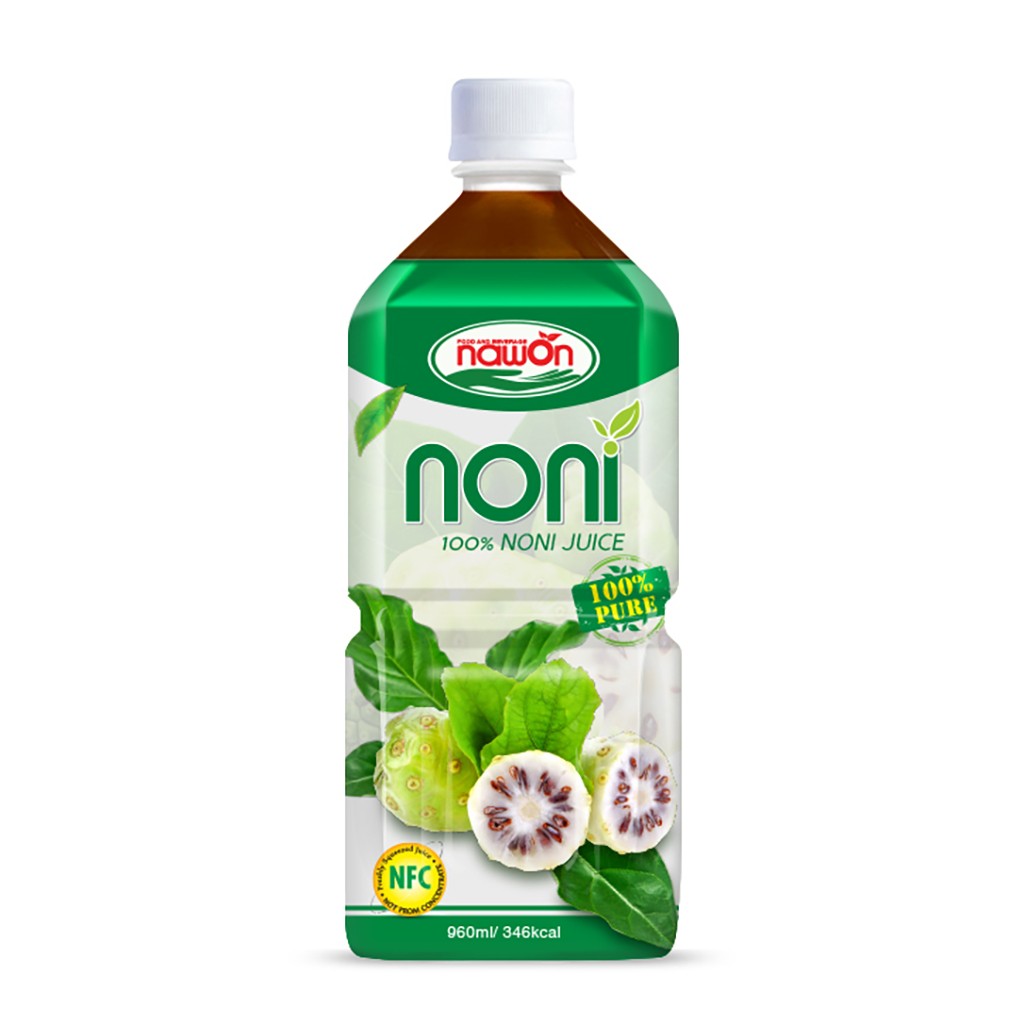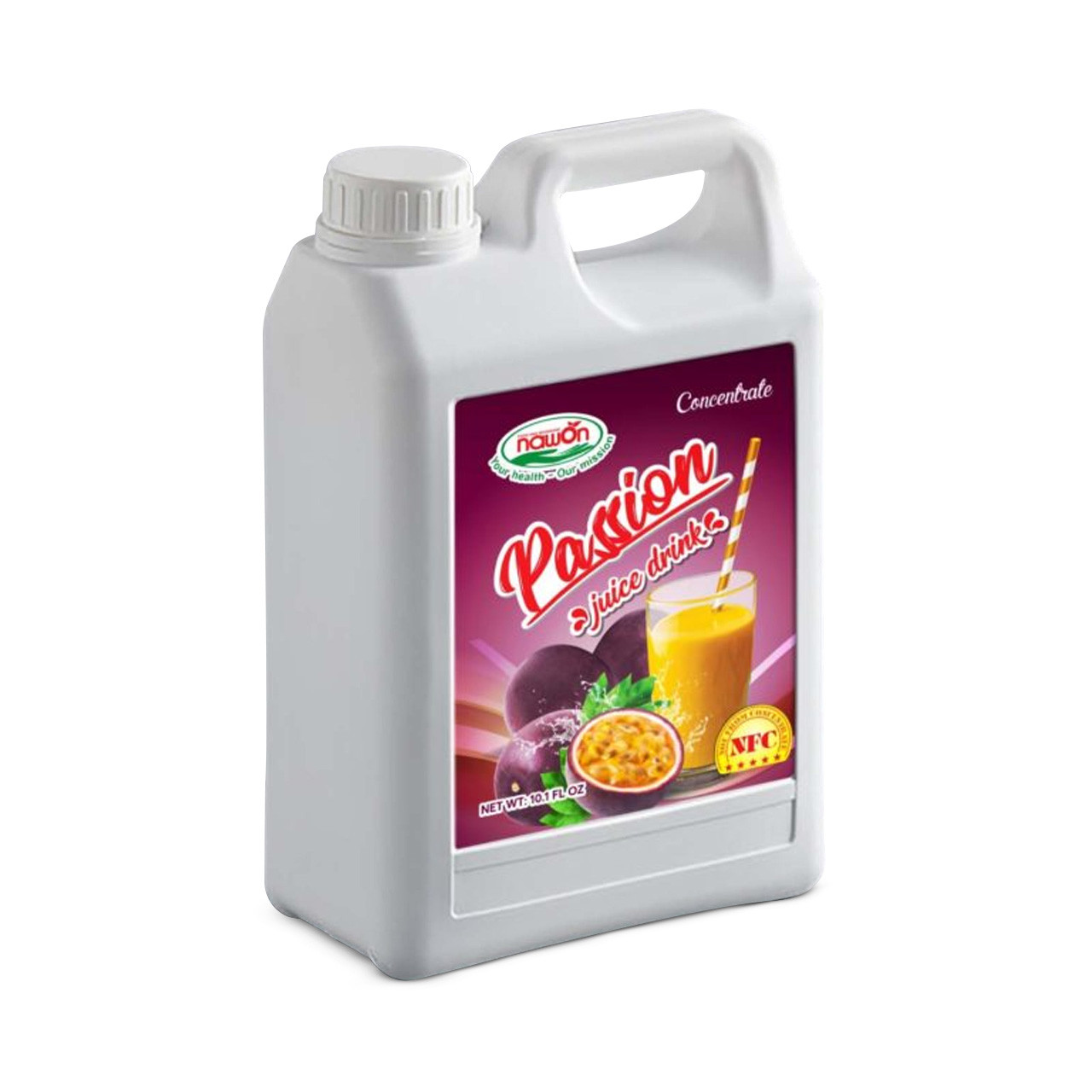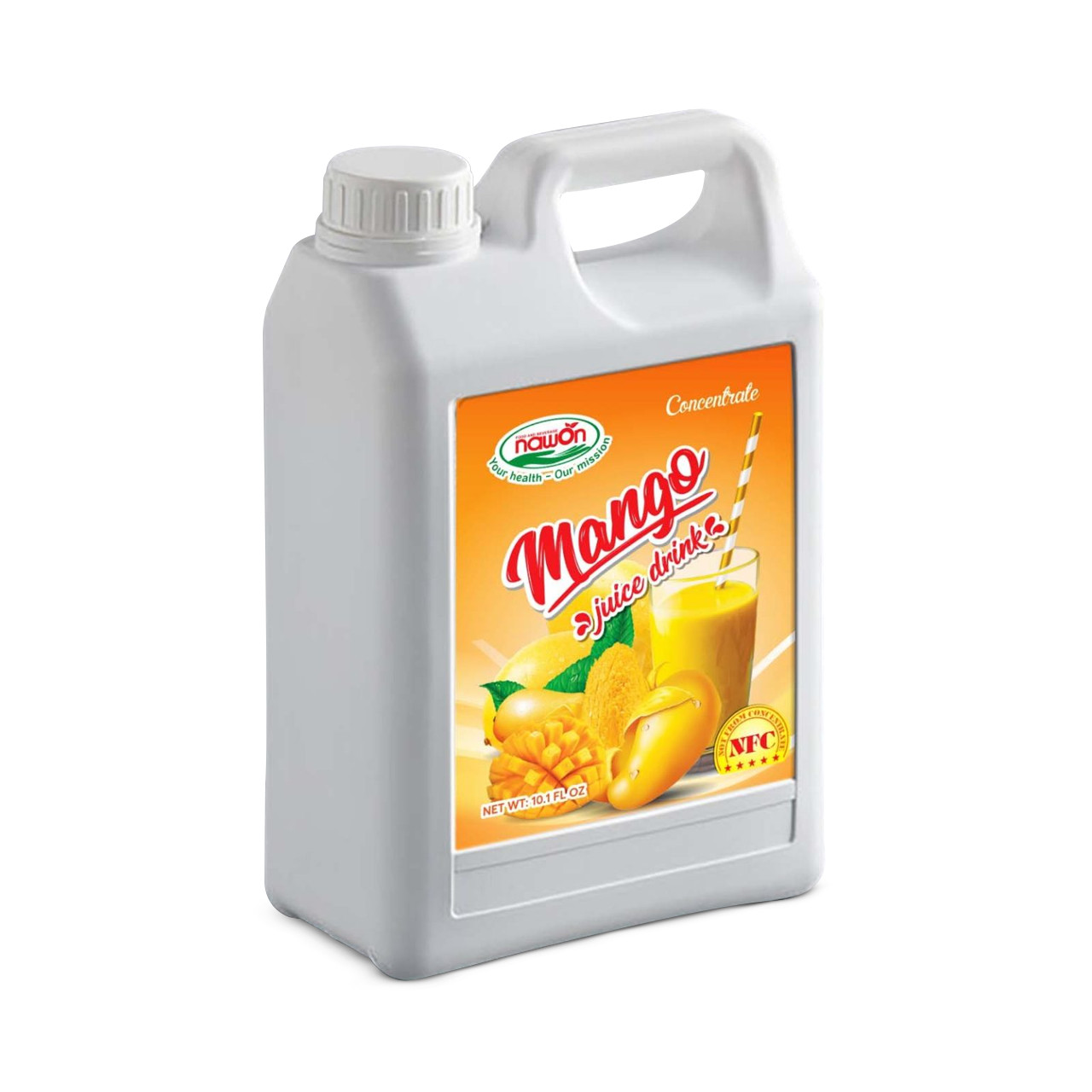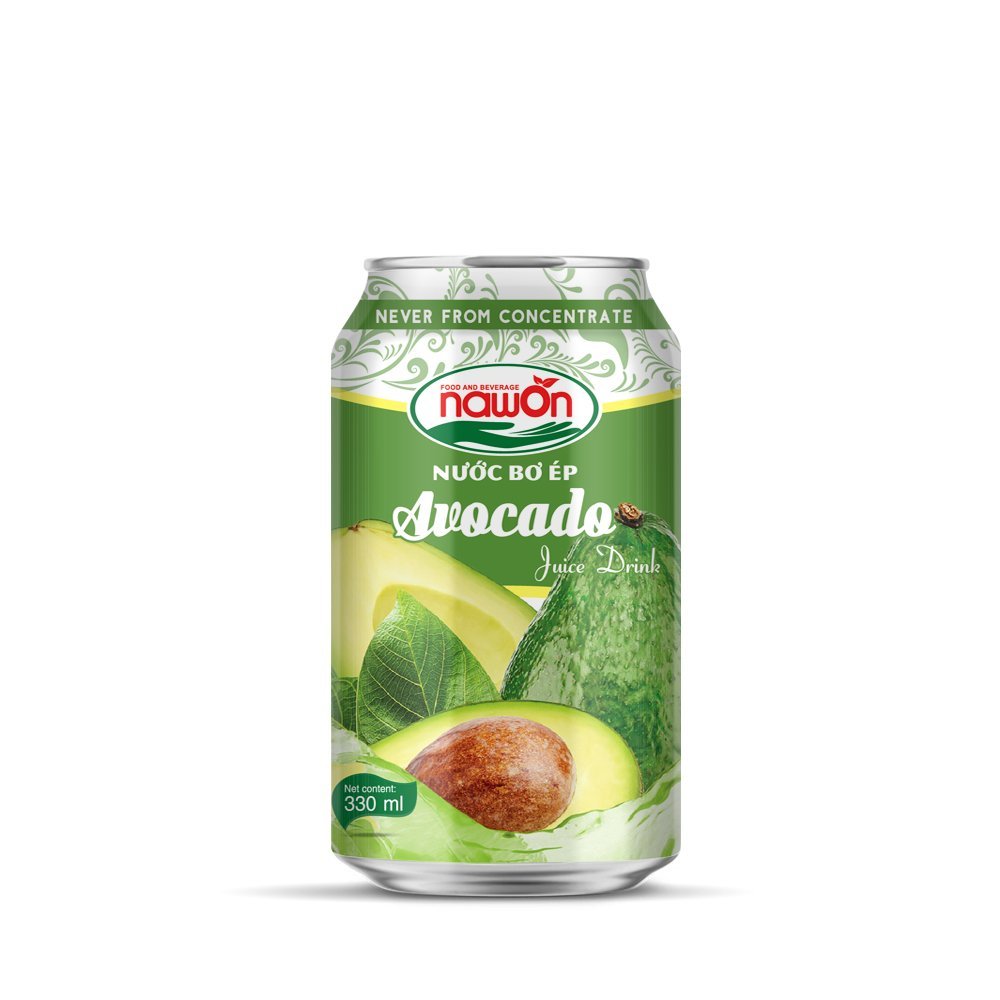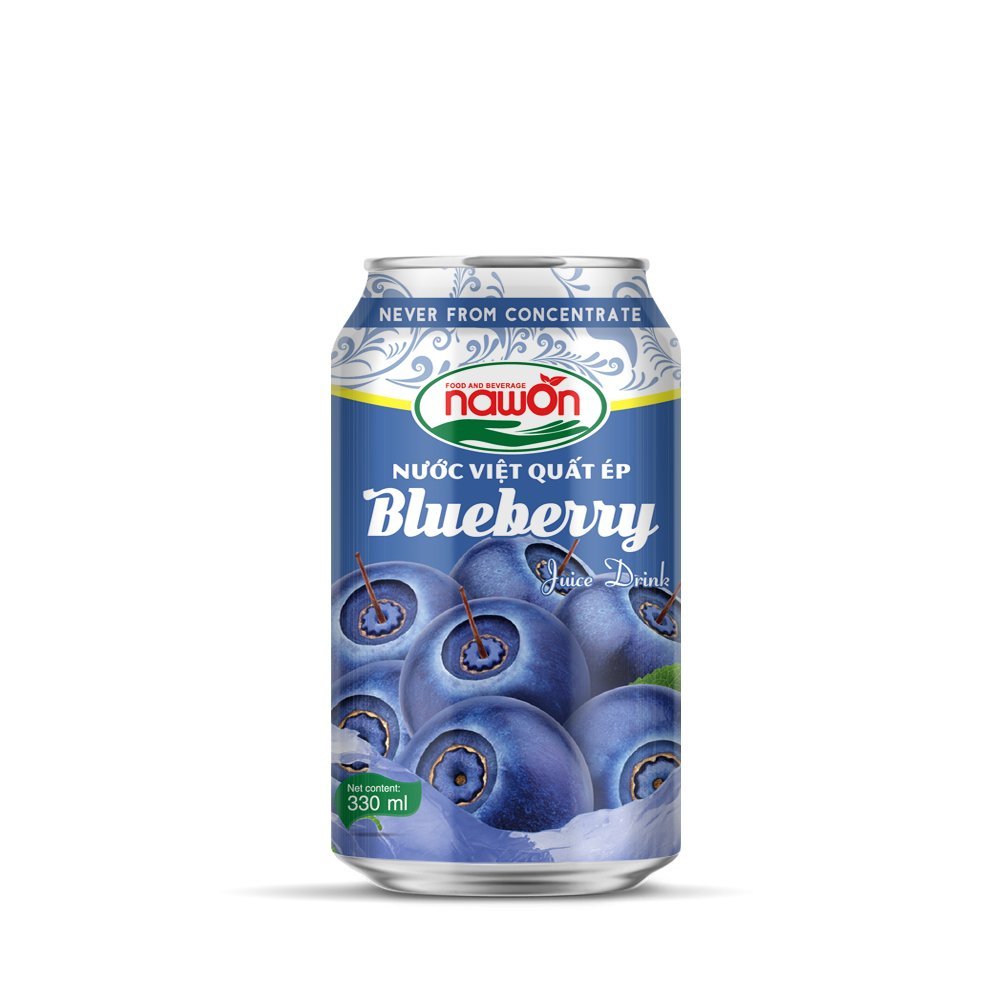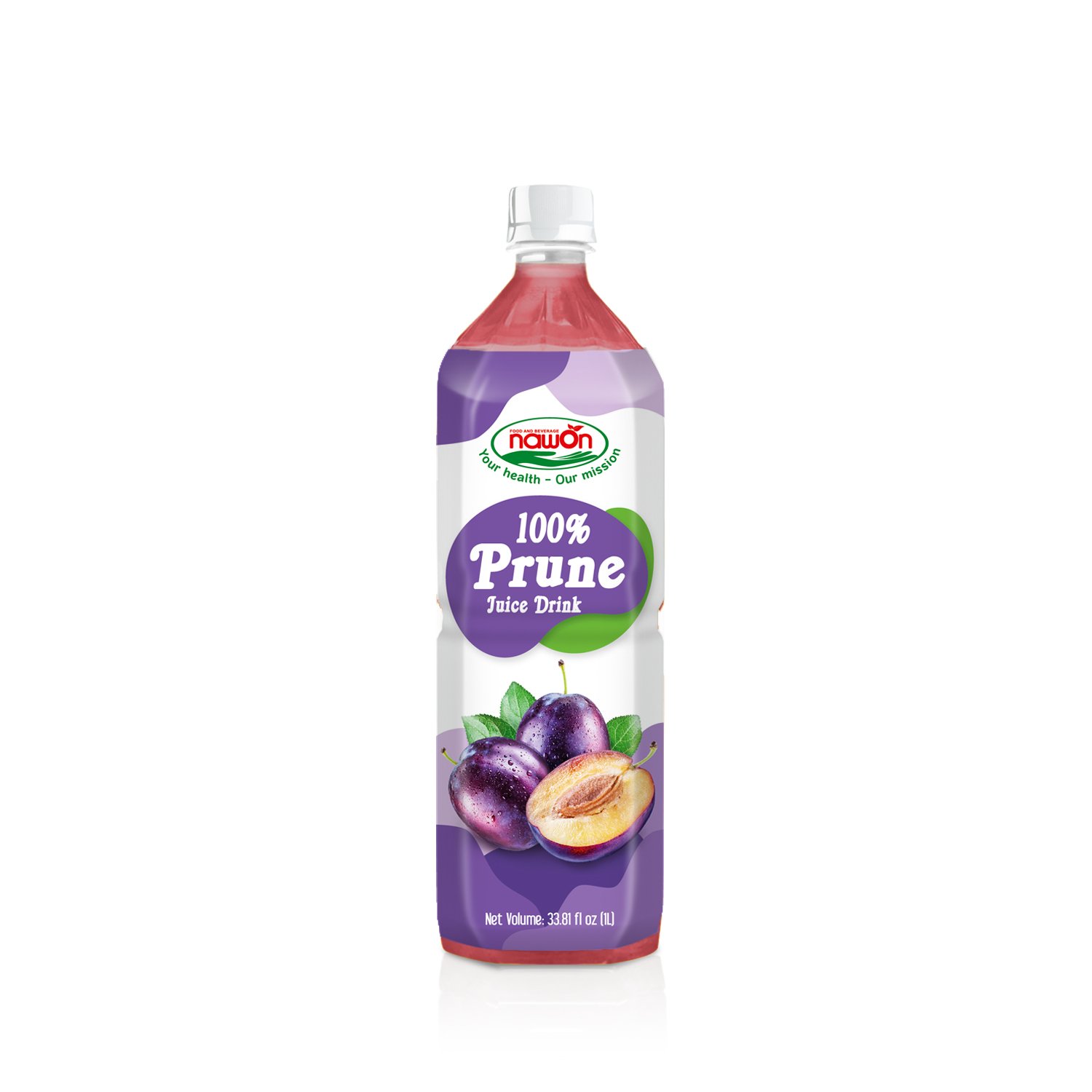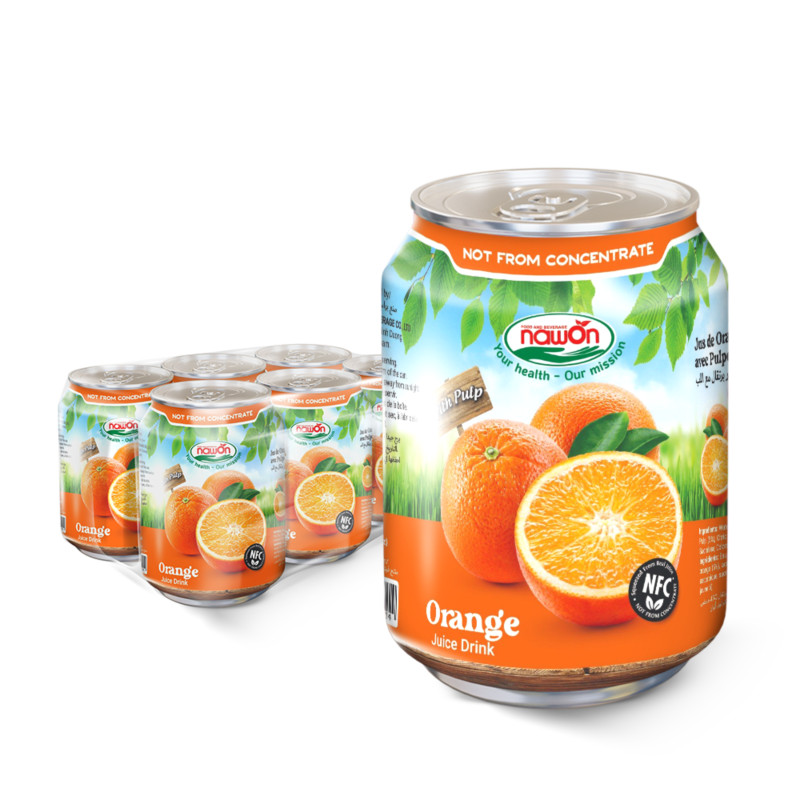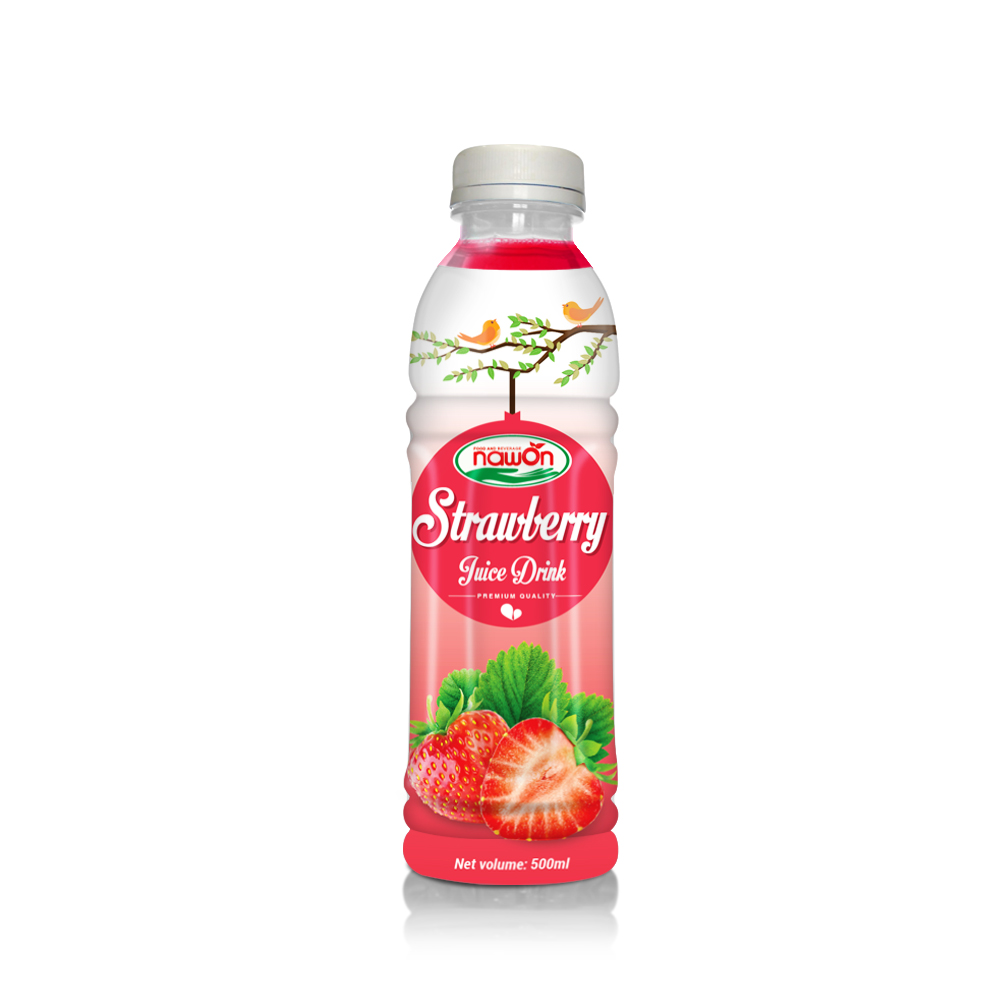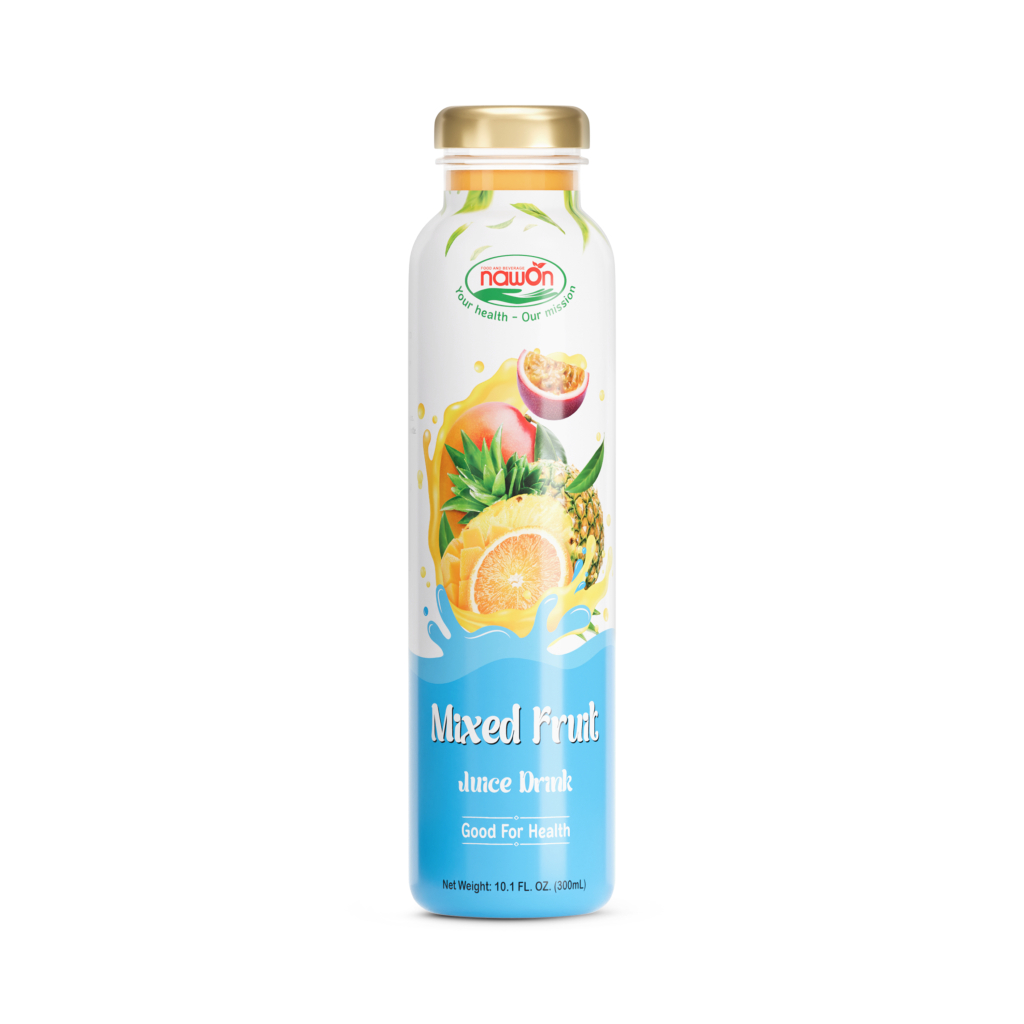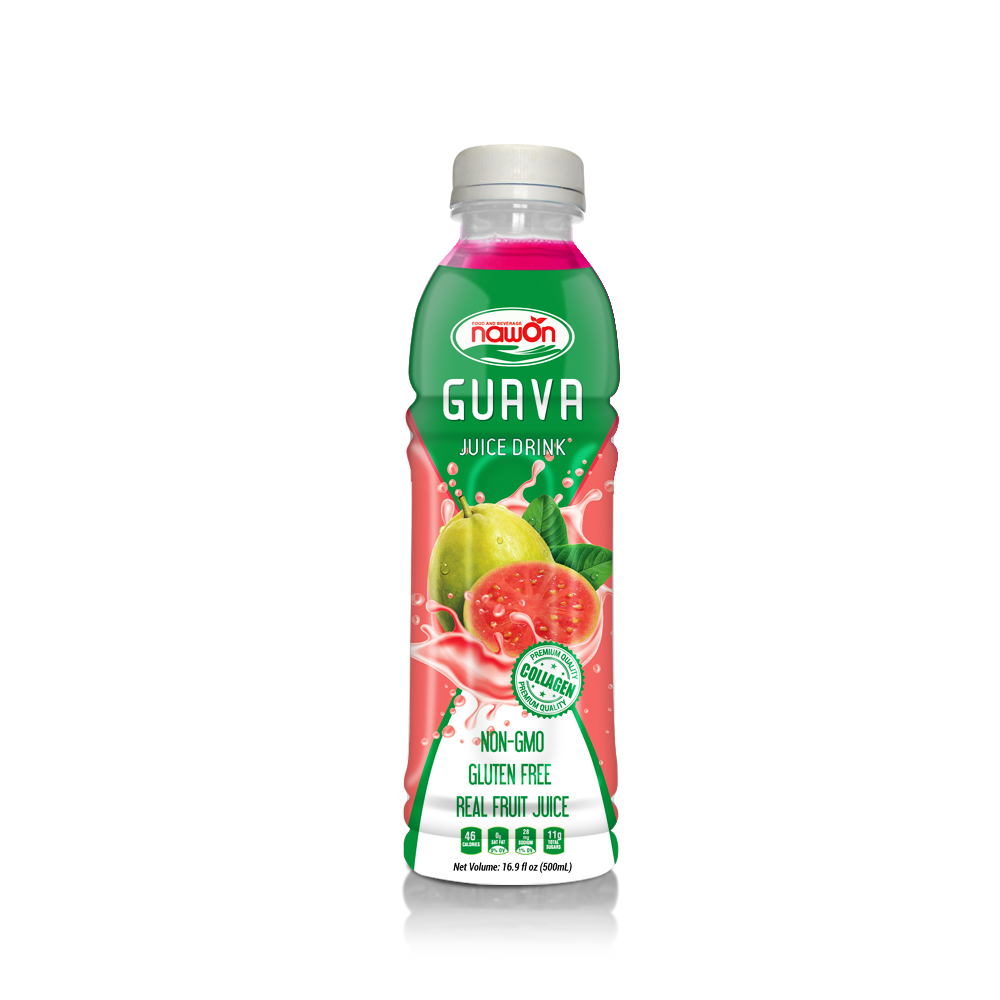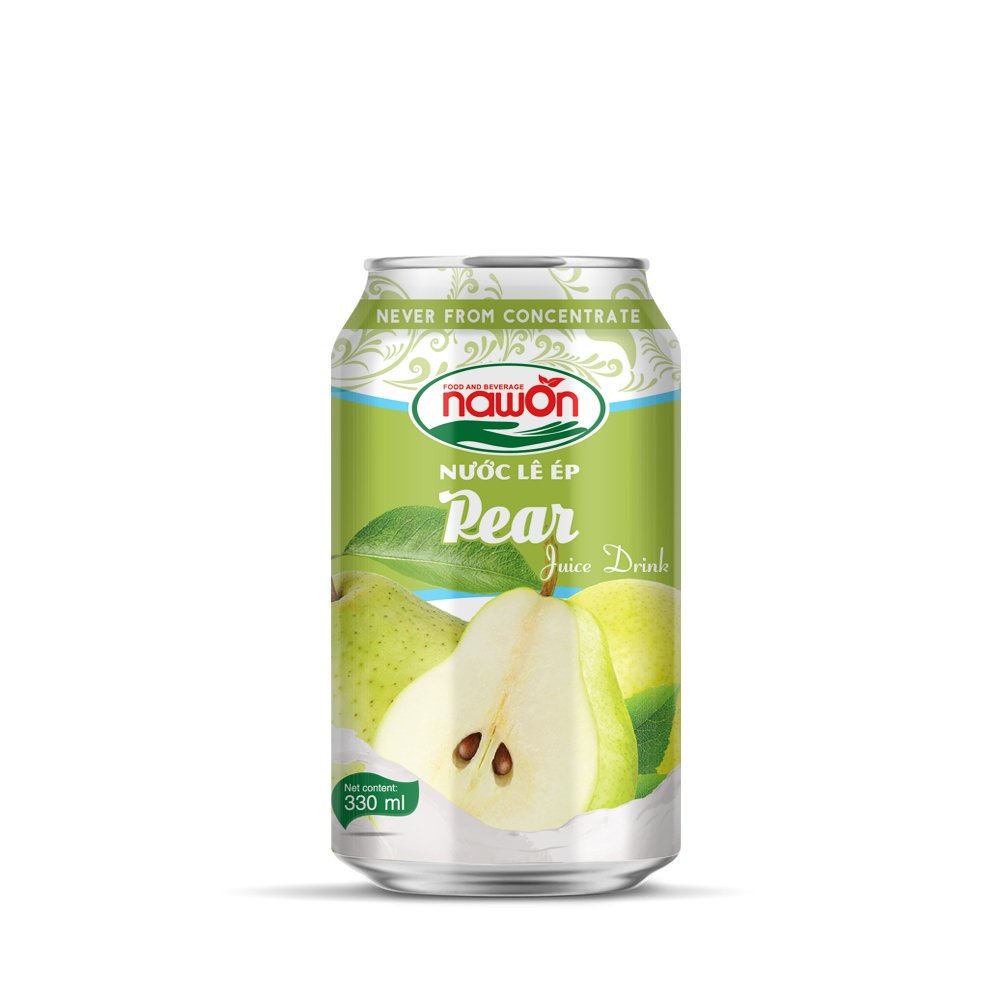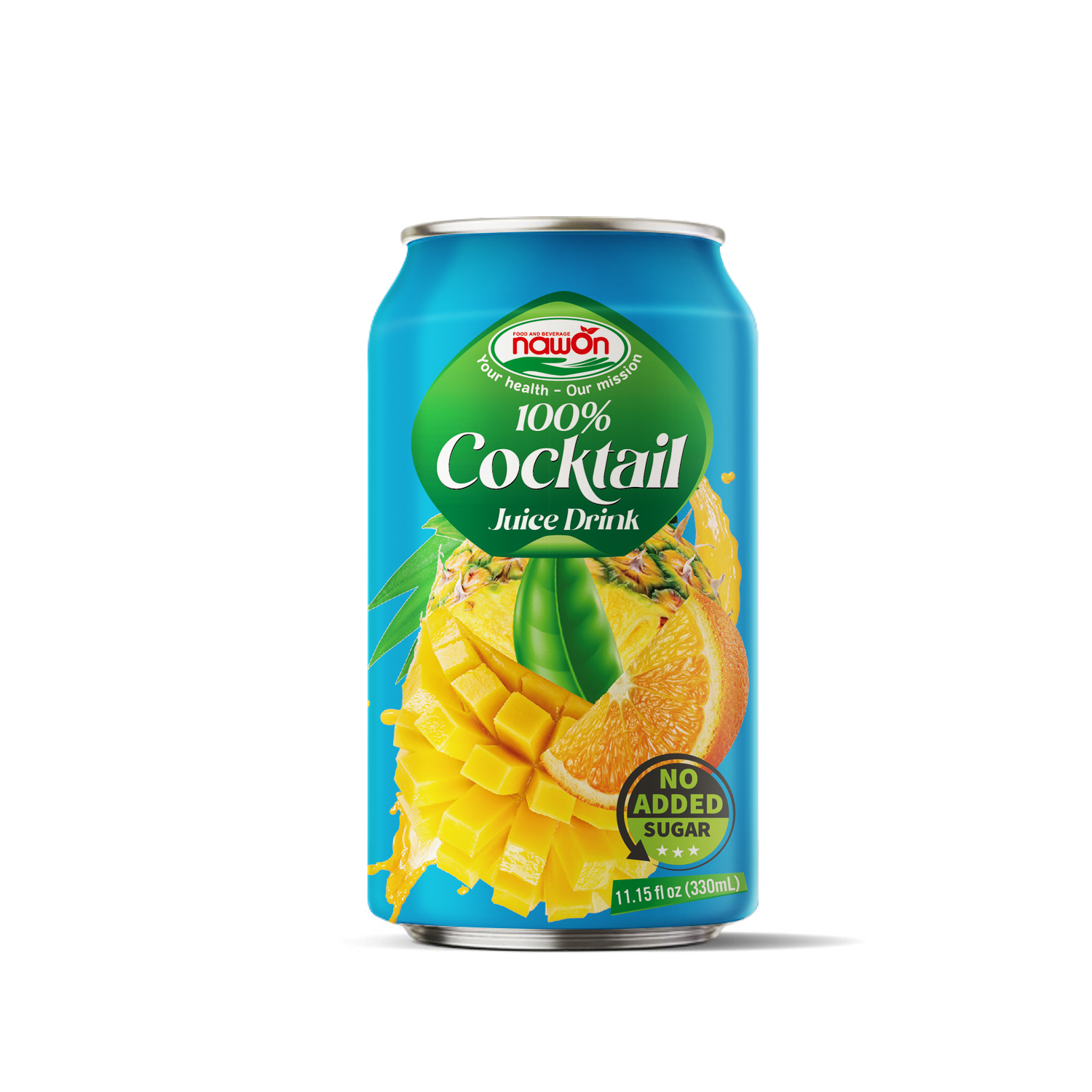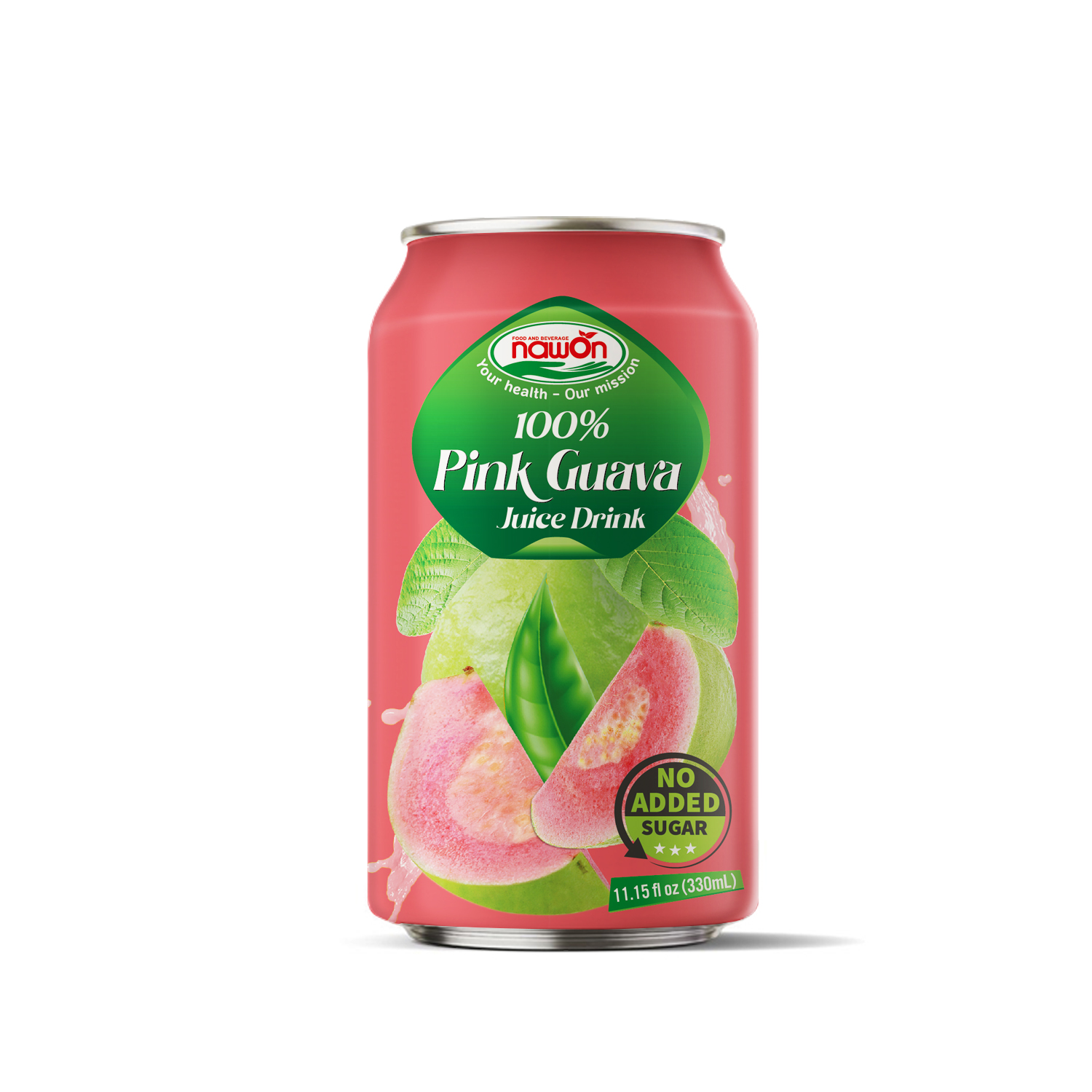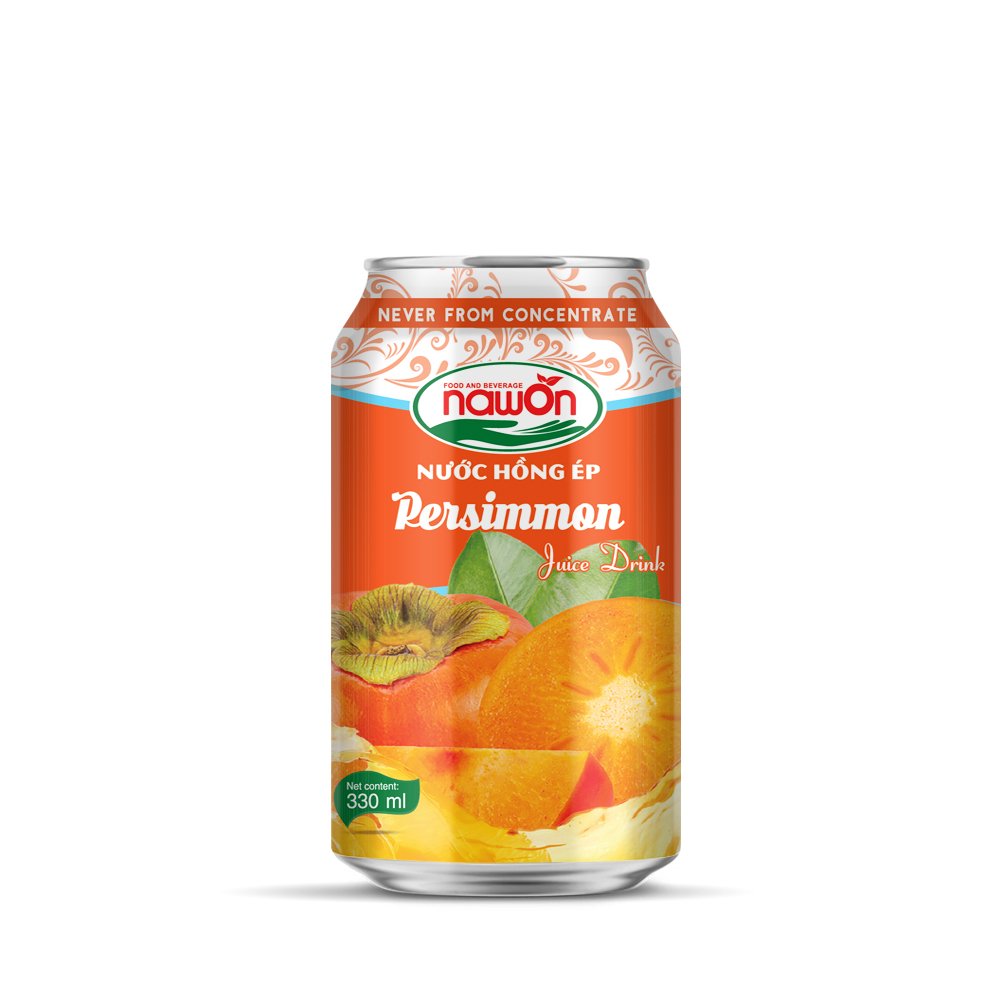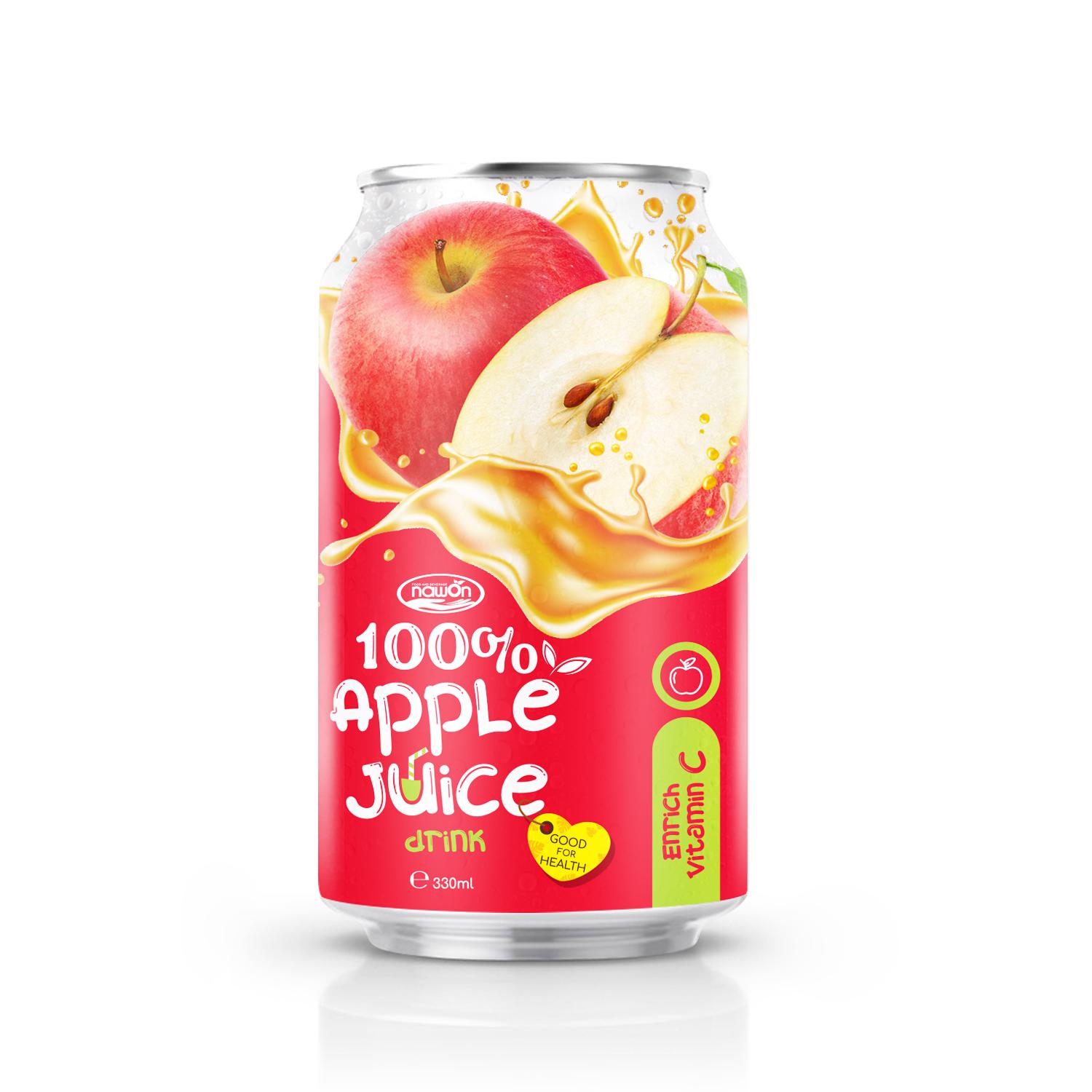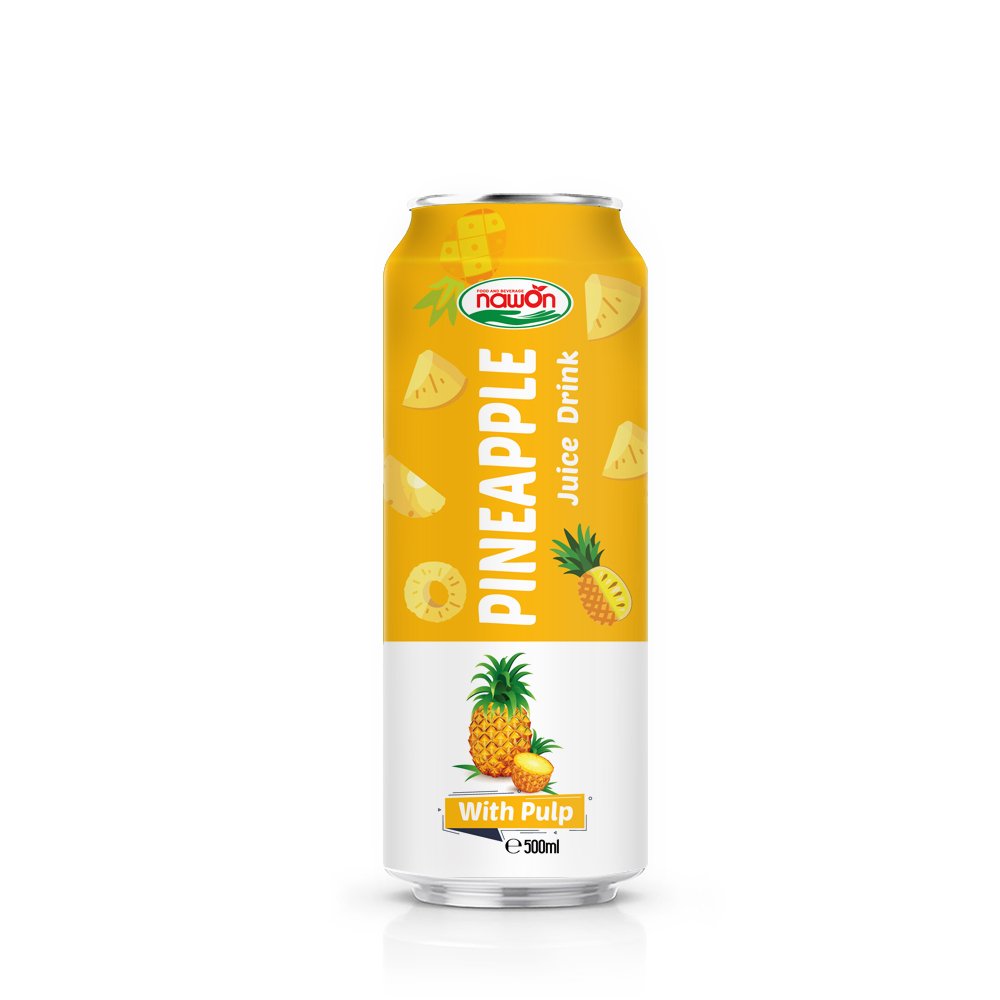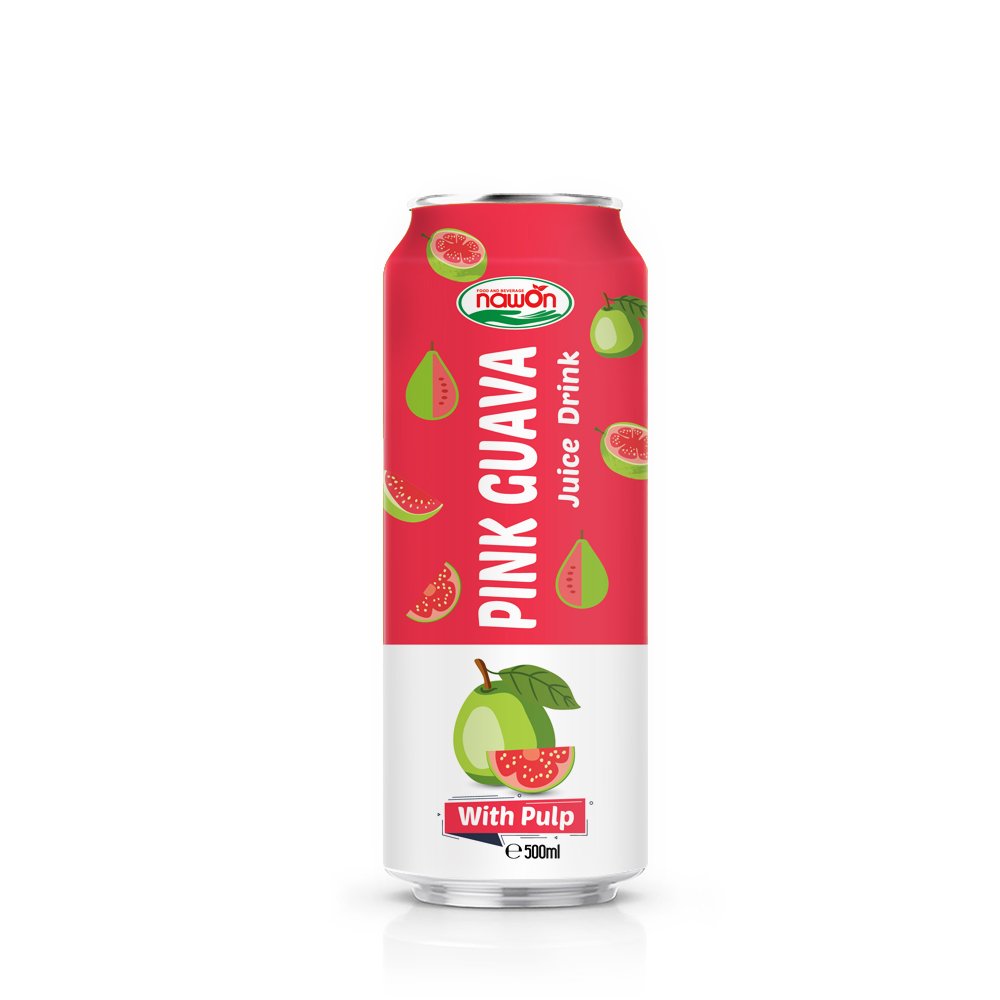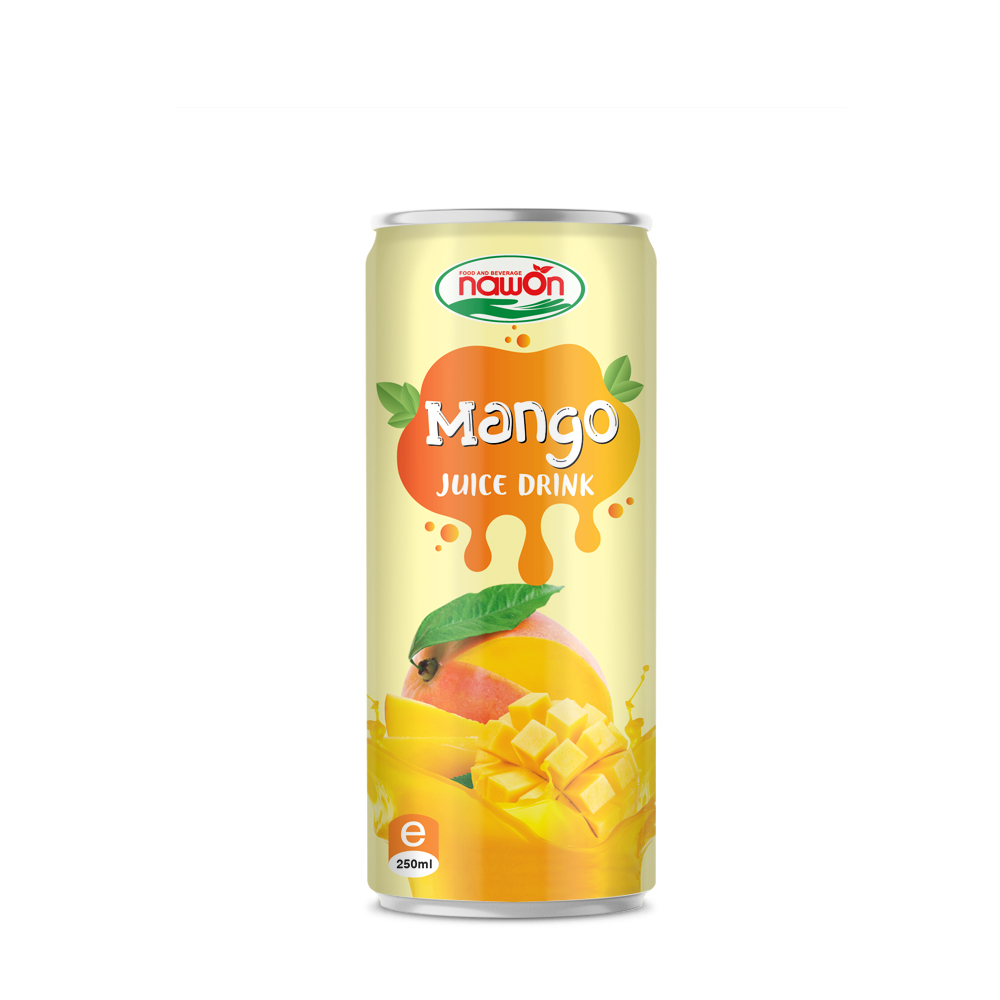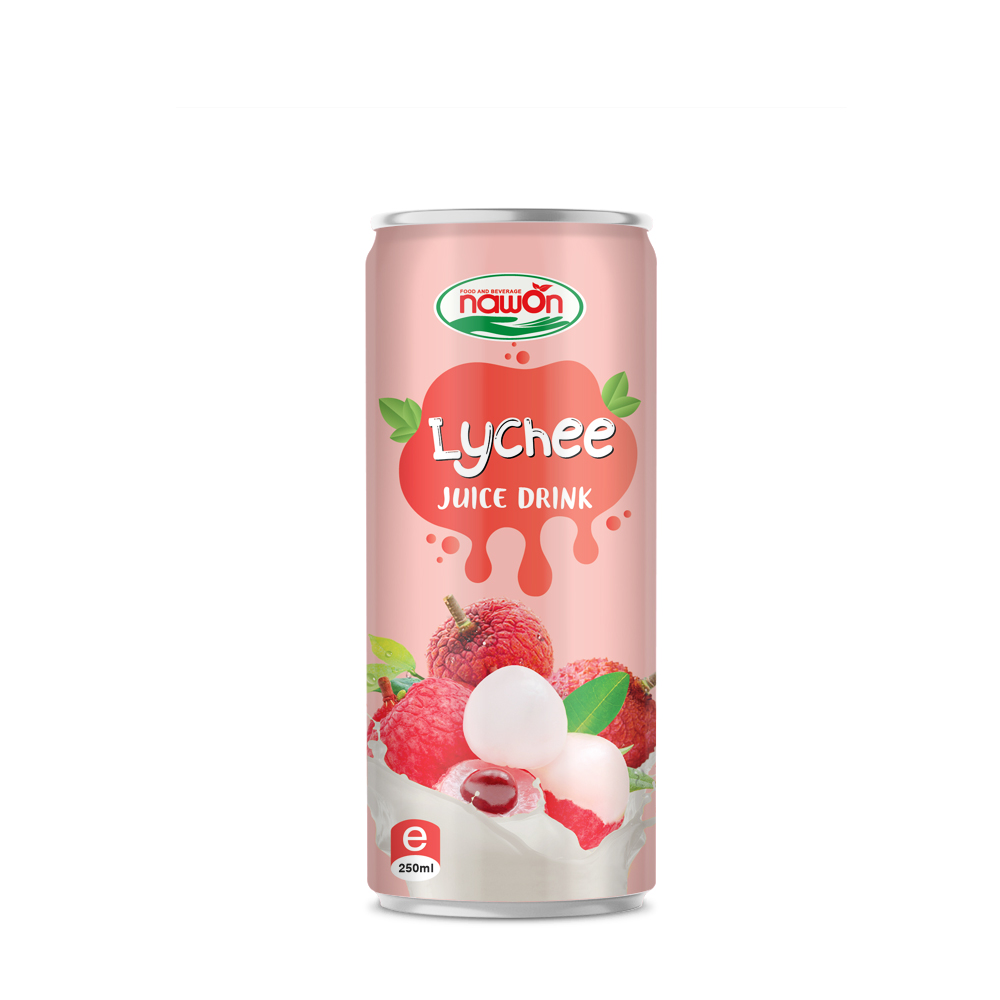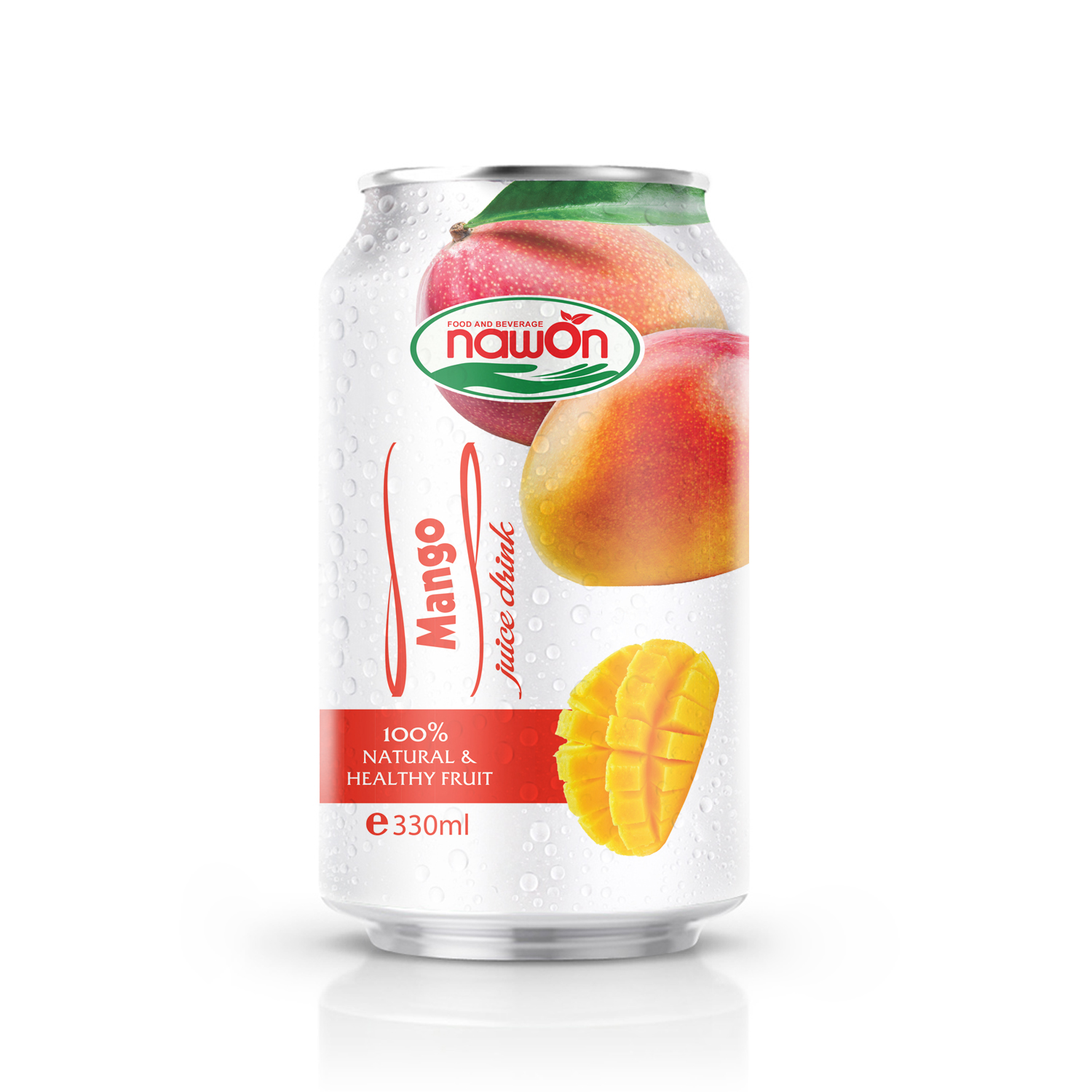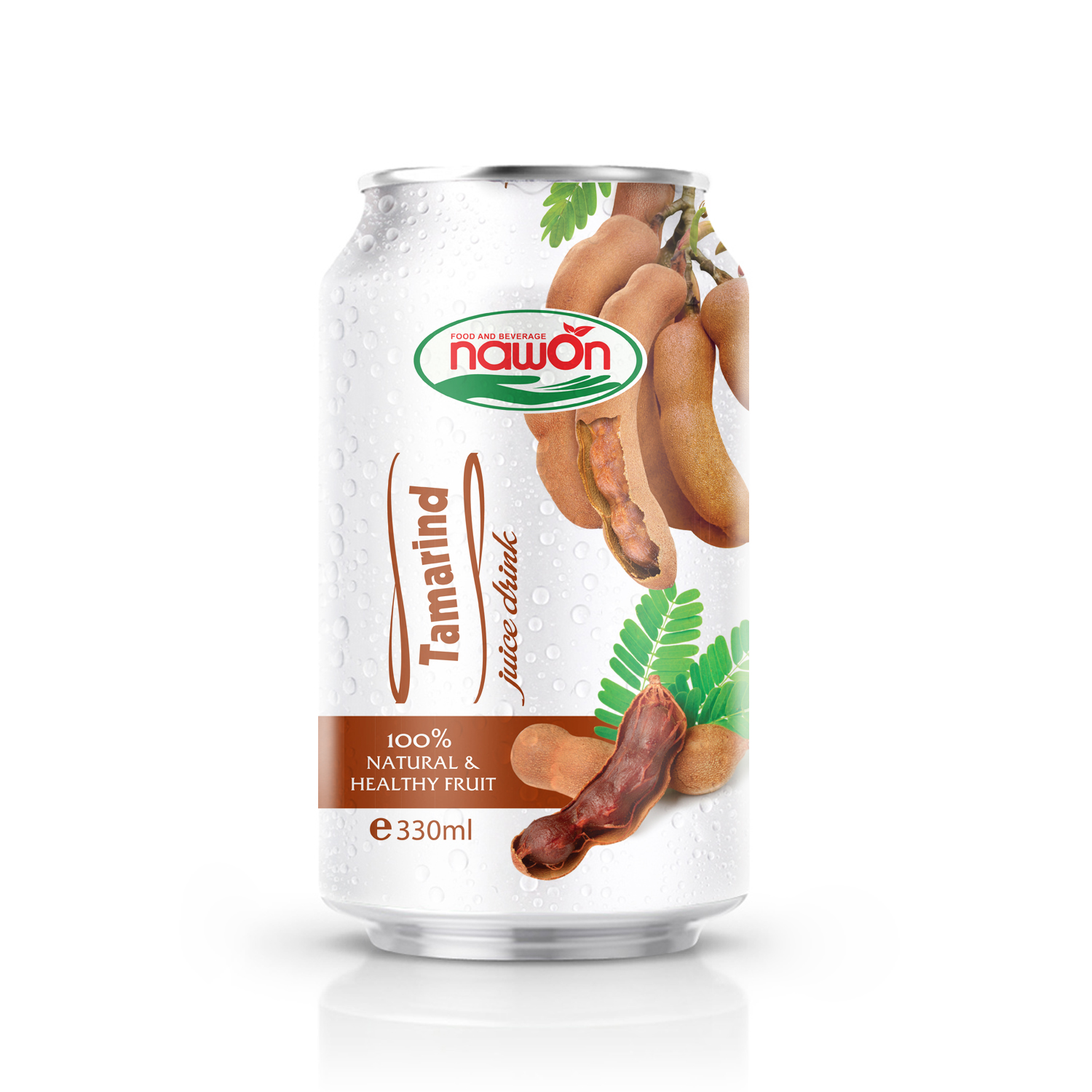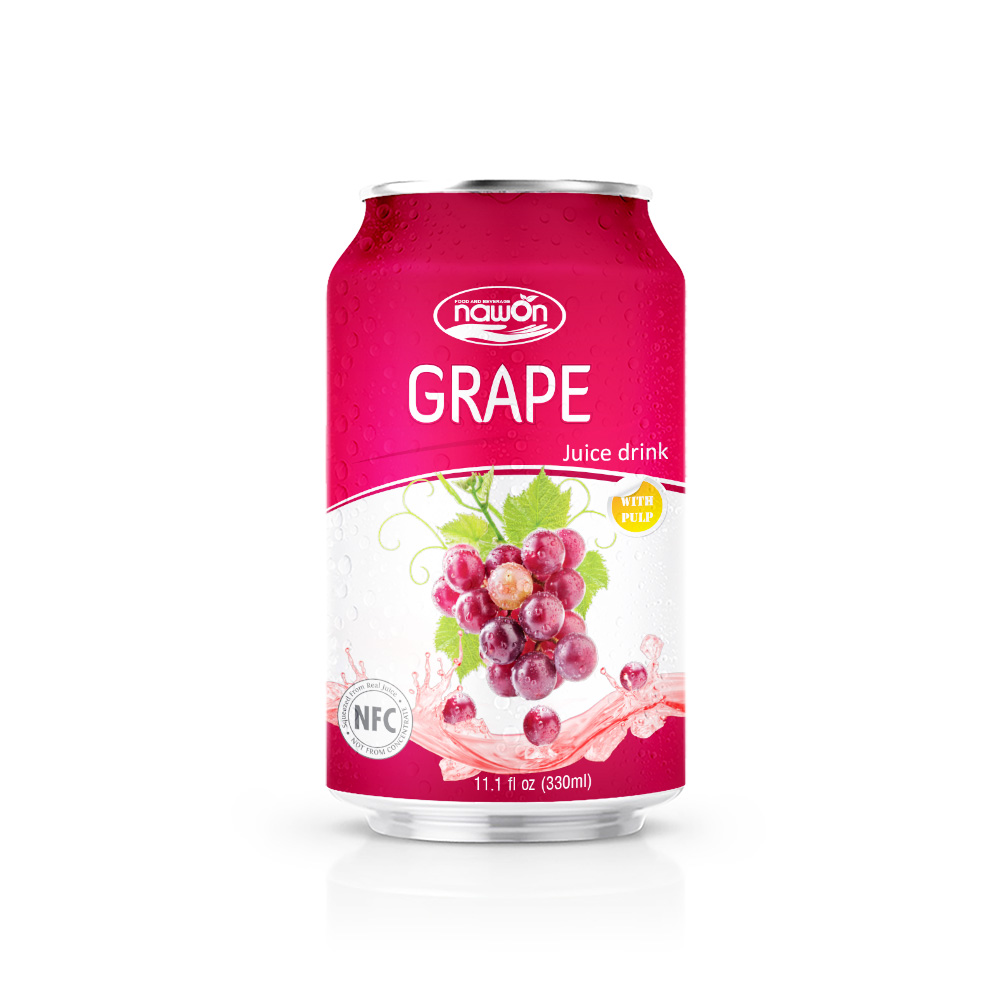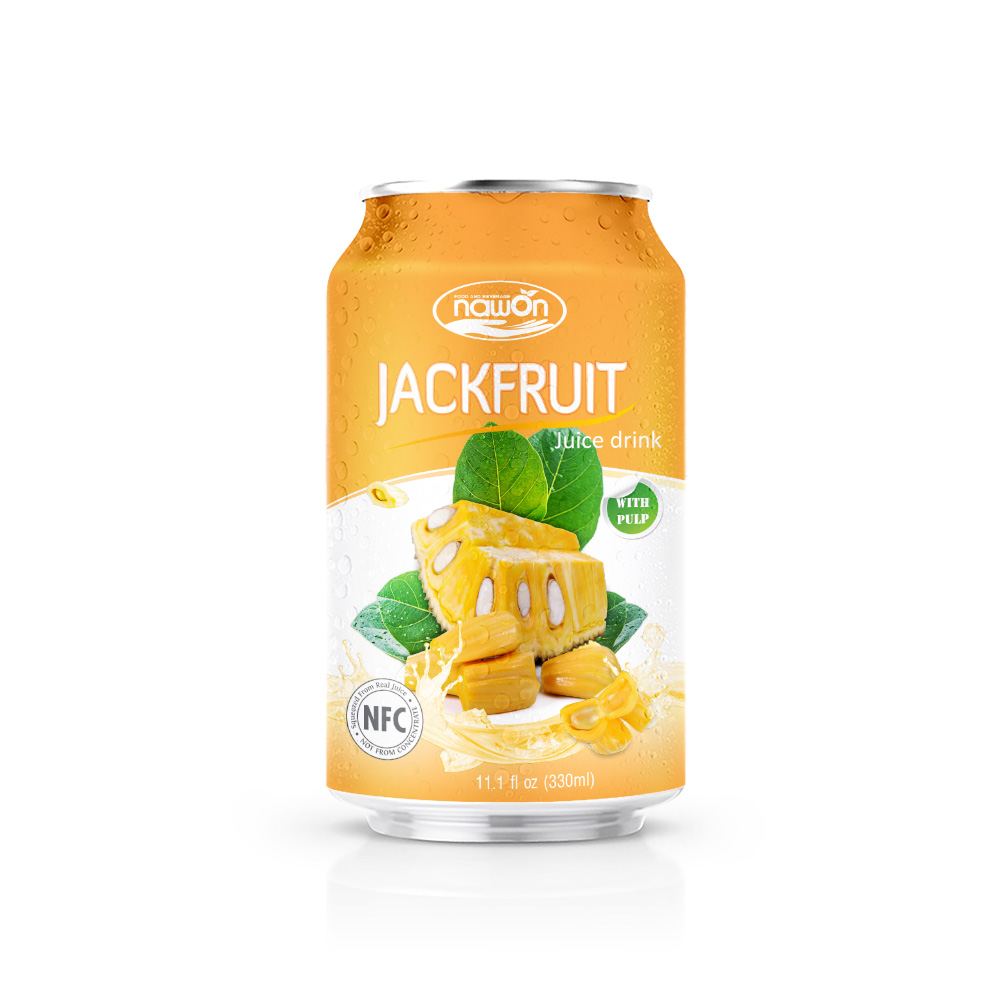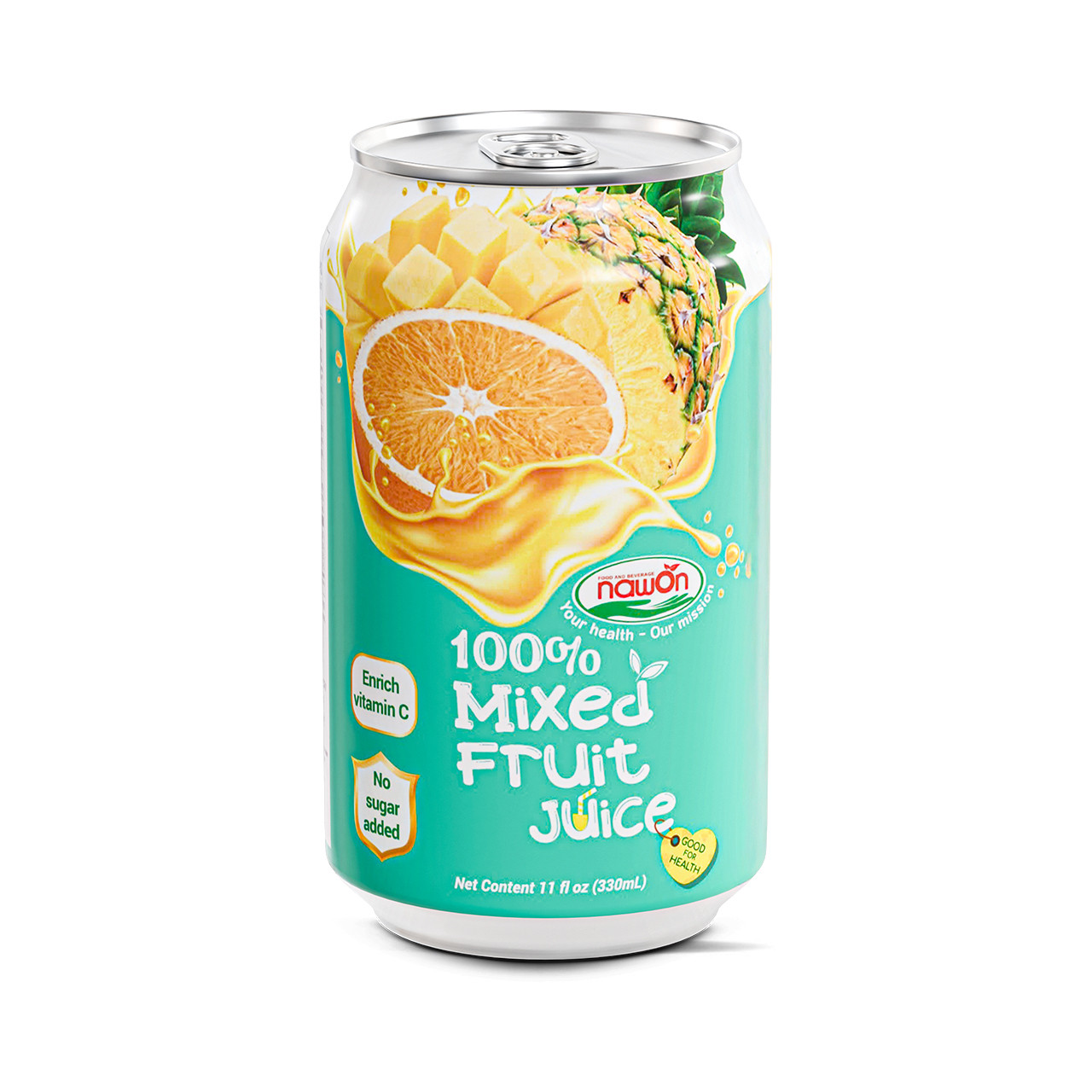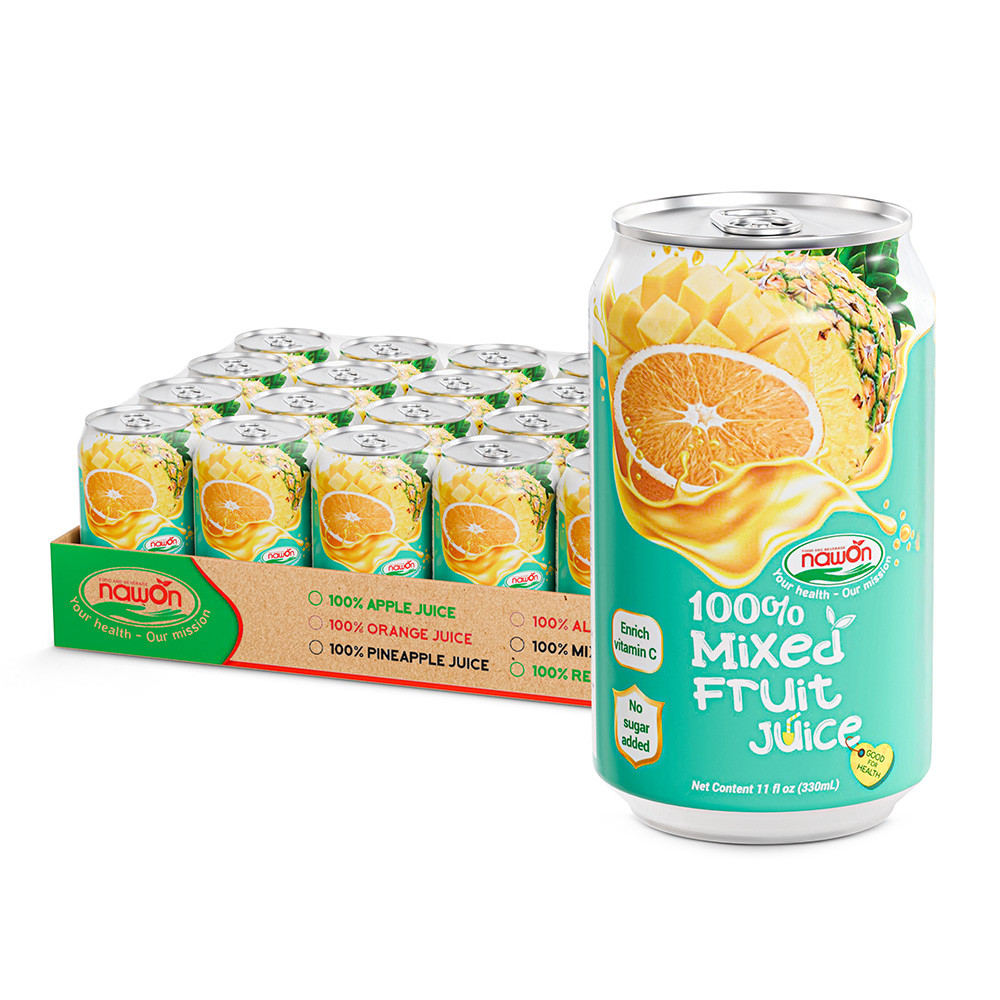Vietnamese fruits have a characteristic sweet taste and are agricultural products served domestically and exported to many countries worldwide. One of the reasons is that Vietnam has a tropical climate, abundant land, and freshwater suitable for growing fruit trees.
The Vietnamese territory has about 776,000 hectares of fruit-growing land, with annual output reaching 7-8 million tons. Vietnam also has the most diverse fruit culture, with hundreds of fruits of high nutritional quality. Fruits in Vietnam have a rich, tropical flavour and are imported and consumed by many countries around the world. In this article, we want to introduce Nawon’s fresh ingredients, Vietnamese fruits.
Durian – Best the Vietnamese fruits
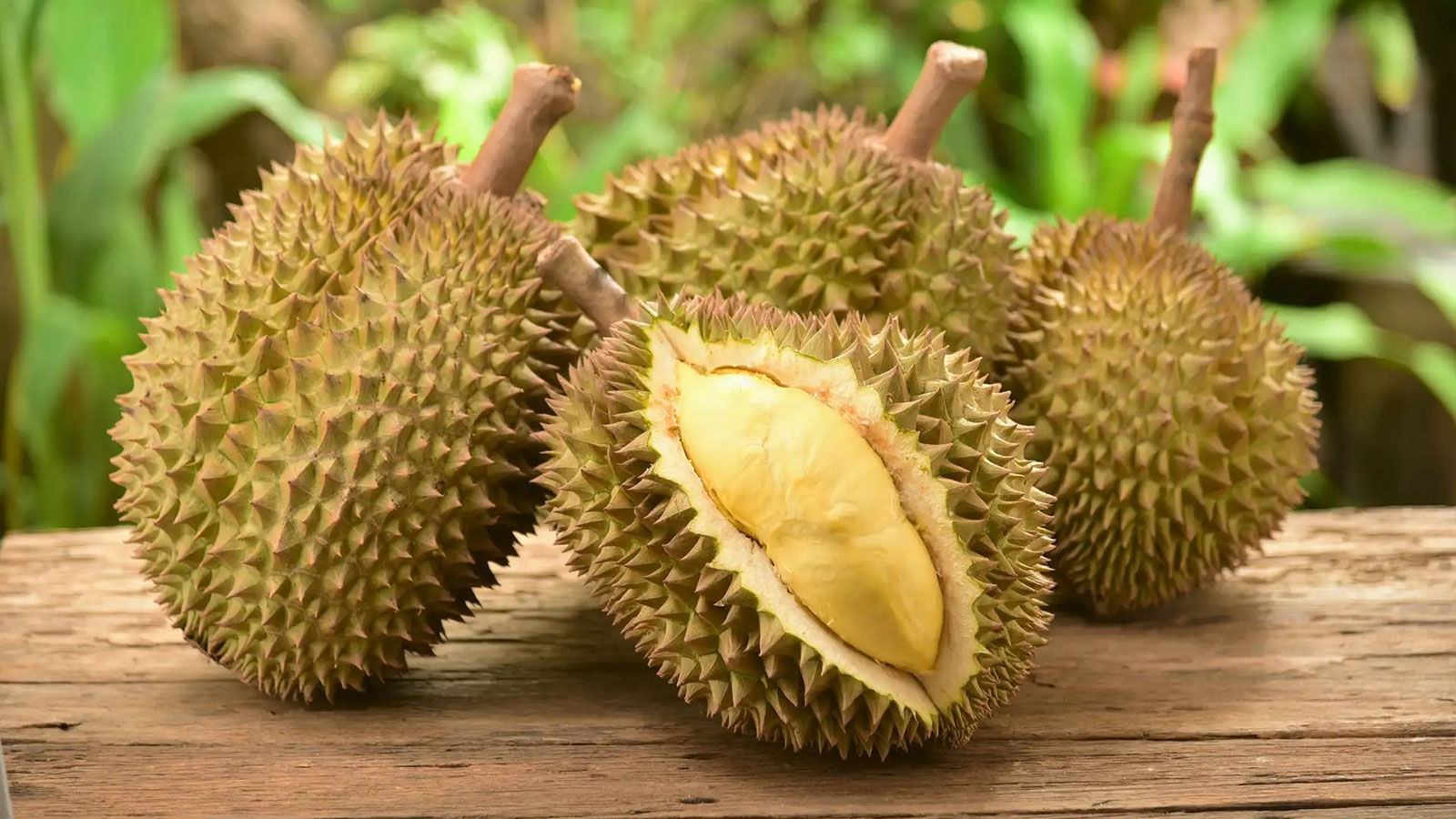
Durian is known as the king of fruits. In Vietnam, the durian variety Ri6 is the most famous specialty fruit in the Mekong Delta. Ri6 is the name given to remember Mr. Sau Ri, who was instrumental in breeding this Durian variety. This Vietnamese fruit is characterized by large segments and a golden color, and its nutritional value is also very high compared to other varieties.
The durian season varies depending on the region but generally occurs between June and August. Those who have never eaten or are not familiar with Durian fruit will not like its smell; however, Durian fans will feel the very special taste with a moderate sweetness and flour-like butter.
Explore The Taste Of Fruit Juice
Continuel
Mangosteen

If durian is the king, mangosteen is considered the queen of fruits. Although famous in Vietnam, this fruit originated in Indonesia. When young, the fruit is light green, gradually turning purple when ripe. The flesh of the mangosteen fruit is white, divided into many small segments, and has a sweet, slightly sour taste and an attractive aroma. Mangosteen contains xanthone, a substance that has anti-inflammatory effects and helps prevent cancer.
The season for mangosteens typically falls between May and September, depending on the region and climate. One of the tips for choosing mangosteen is to look at how many petals the flower bud under the fruit has, equivalent to the number of segments inside the intestine. The more segments the fruit has, the smaller the seeds will be and the more delicious it will be when eaten.
Lychee
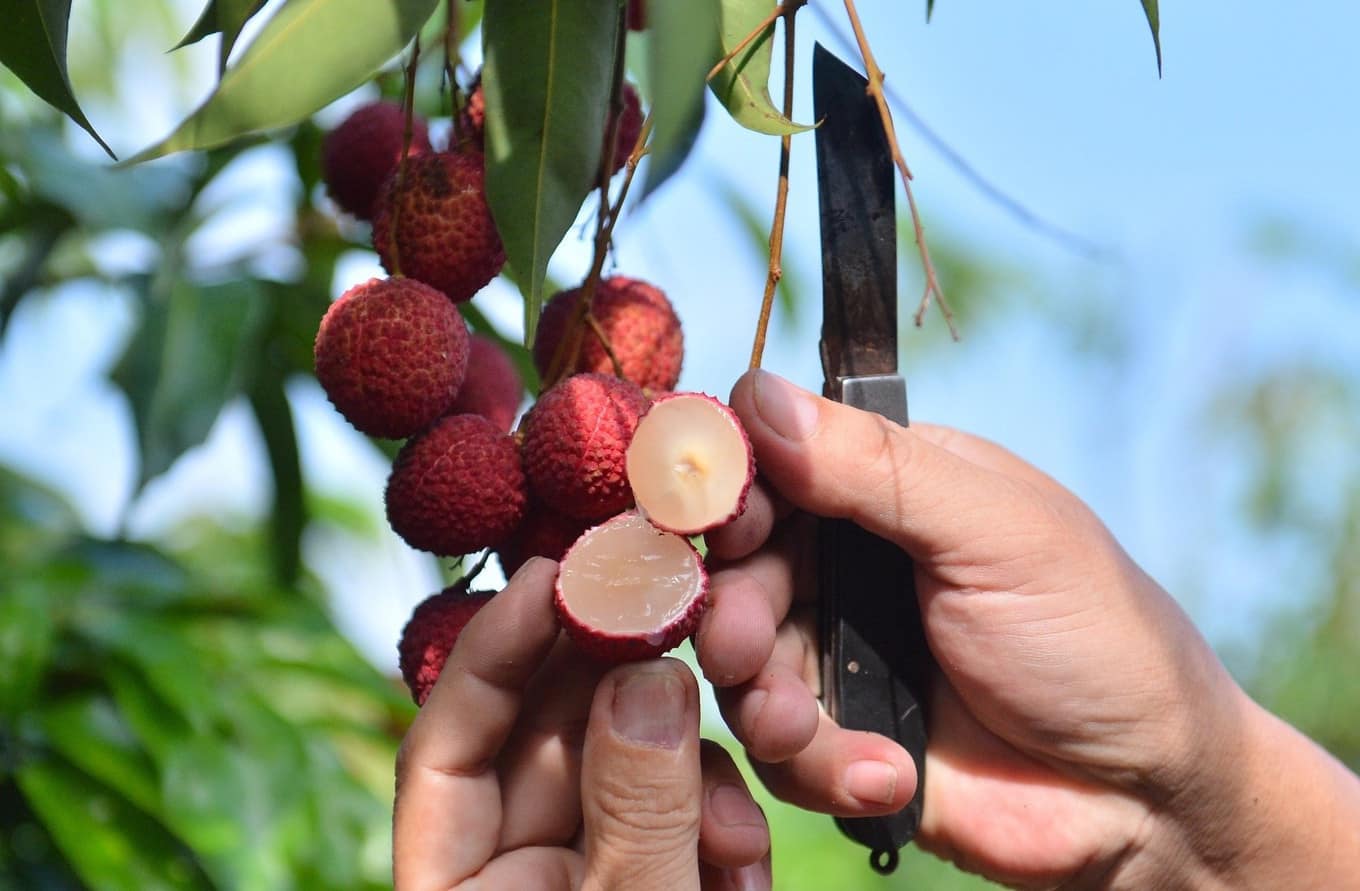
The lychee has a thin skin, a succulent pulp, and very small seeds. When you eat it, you will feel the sweet taste and a slight sourness, encapsulating the essence of summer fruits. Lychees and longans have similar textures. However, lychees usually have larger fruit sizes, turning to a beautiful pink-red color when ripe. This Vietnamese fruit has been exported to many countries around the world.
Lychees offer a unique taste experience and have become popular worldwide. Whether enjoyed fresh or incorporated into various recipes, these Vietnam fruits delight fruit enthusiasts. Lychee season typically occurs during the summer, from May to July, depending on the region. The specific timing may vary as it is influenced by factors such as climate and location.
Explore The Taste Of Fruit Juice
Continuel
Dragon fruit
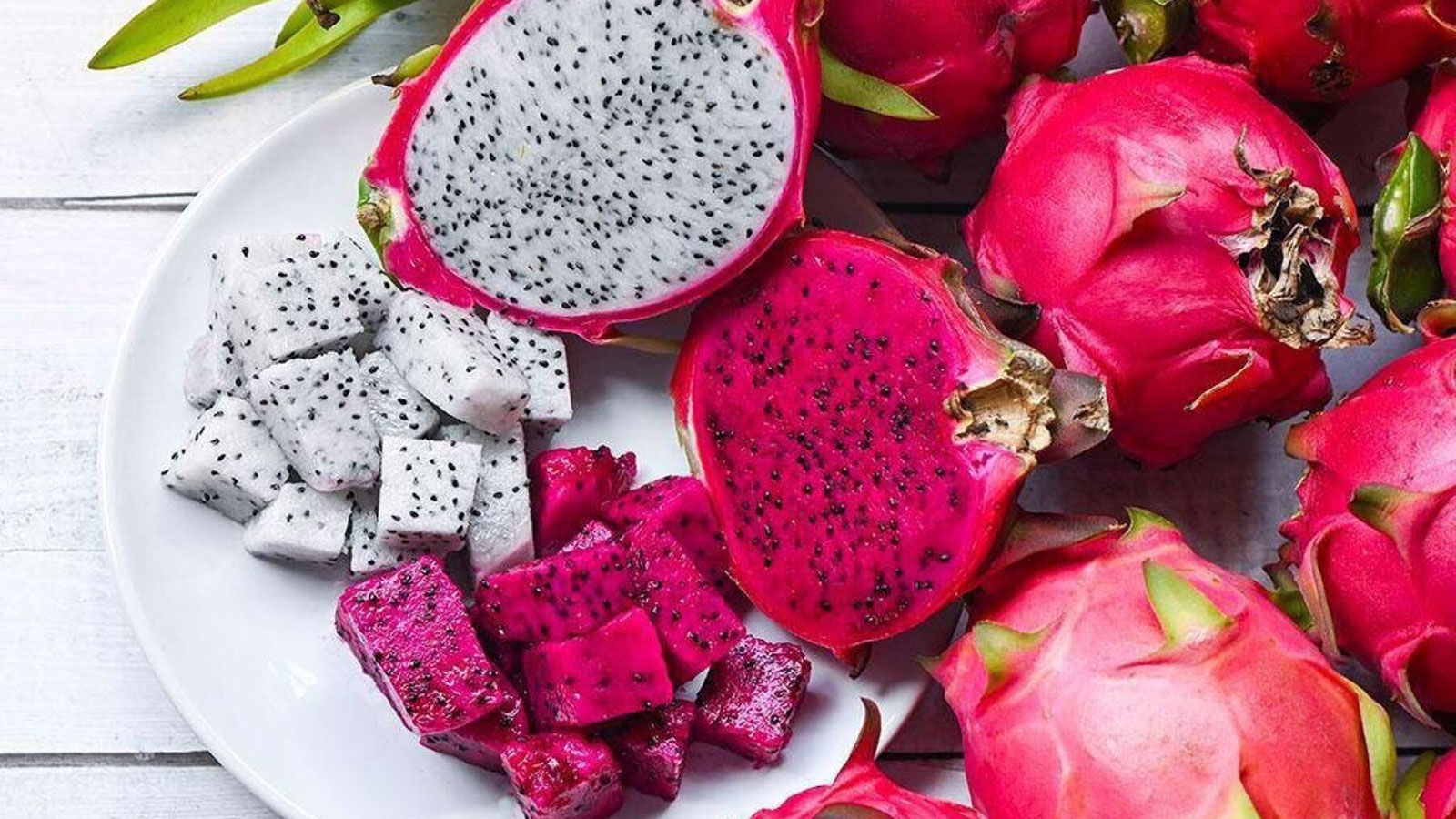
Dragon fruit, one of the best tropical fruits in Vietnam, is a visually striking fruit, also known as “thanh long”. There are two types of dragon fruit: white-fleshed dragon fruit and red-fleshed dragon fruit. Dragon fruit has a sweet taste and cool properties and contains many vitamins such as B1, B2, B3… Helps improve the digestive system, fight skin aging, and control and prevent diabetes. This fruit has a soft texture like a banana and has small seeds like a kiwi.
Dragon fruit is a drought-resistant plant, not picky about soil, very suitable for the climate and soil conditions of Binh Thuan province, Vietnam. It is a tropical fruit that thrives in warm climates. Dragon fruit is generally harvested in the summer, typically from May to November. However, some areas may be available year-round due to cultivation practices and favorable growing conditions.
Rambutan
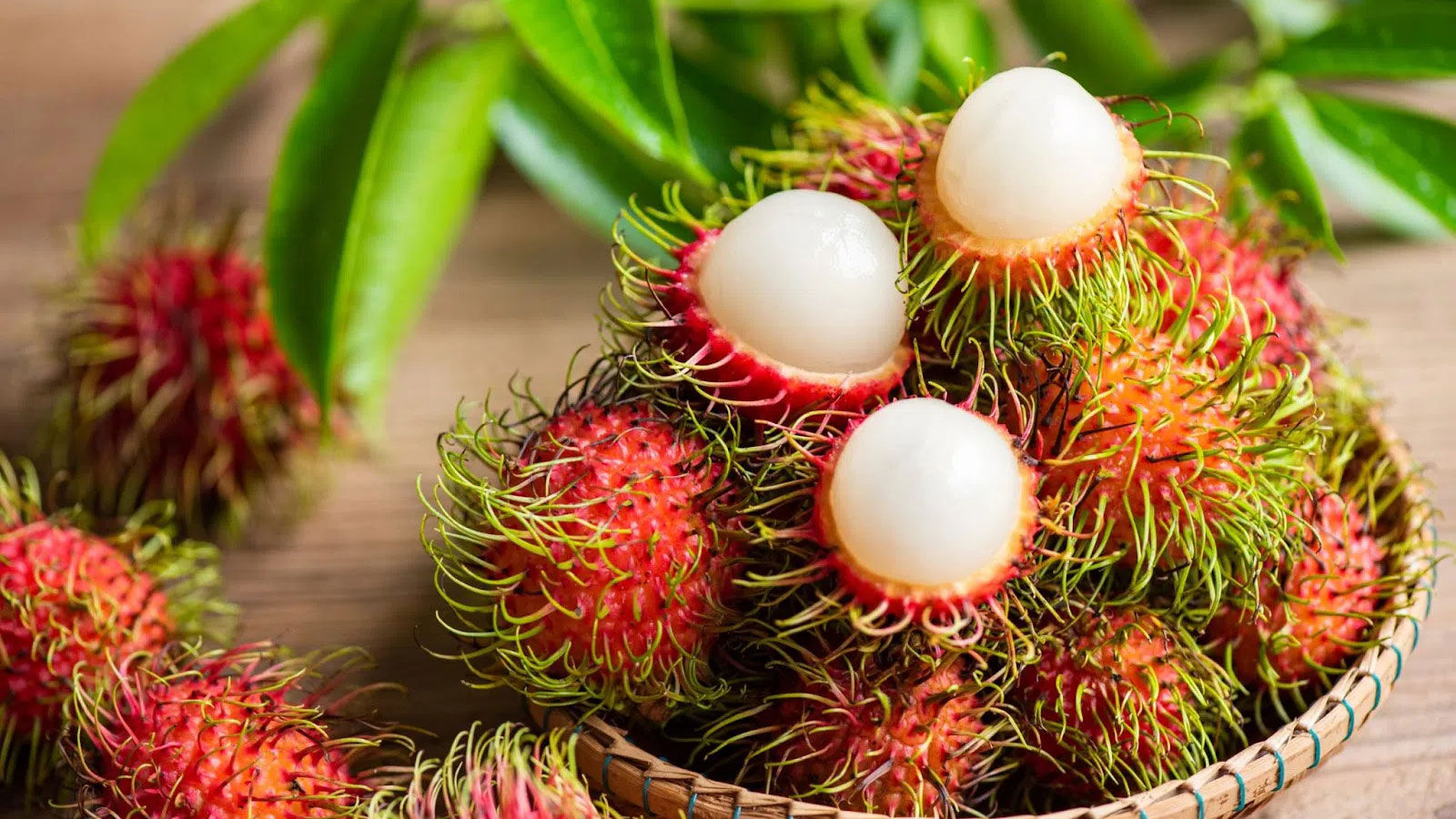
Rambutan is the most loved tropical fruit. This fruit is widely grown in the southwestern region of Vietnam. Rambutan from the Southwest region has a bright red color, long green hair, crispy flesh, and peeling seeds, and it has an extremely delicious sweet and sour taste. This Vietnamese fruit is extremely attractive to foreign tourists because of its ugly, ruffled appearance, but the flesh inside is white and lovely.
The exact season for rambutan varies depending on the region. In general, rambutan is harvested during the summer and early fall months. However, due to the increasing availability of imported fruits, rambutan can now be enjoyed in many parts of the world year-round.
Longan
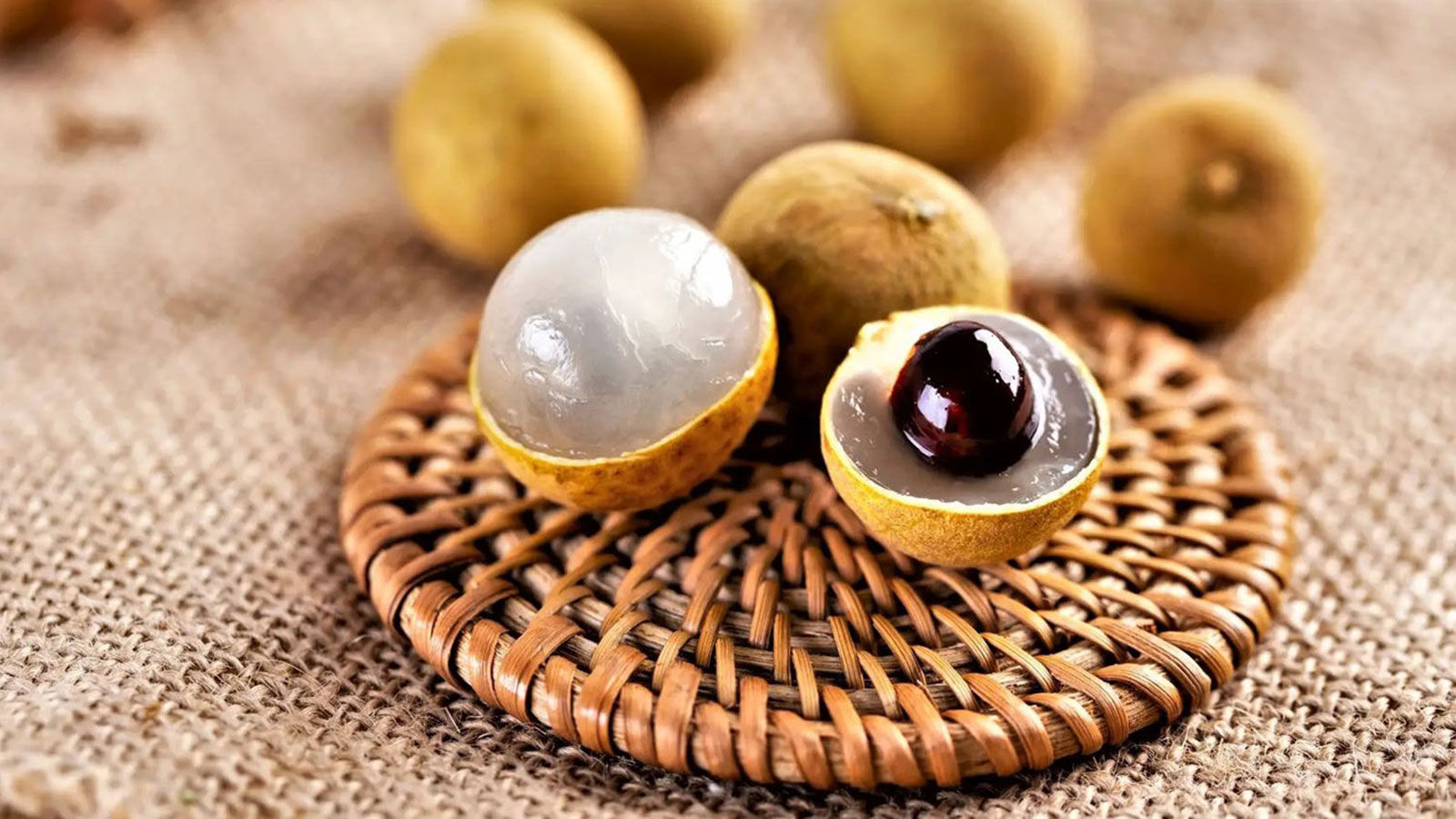
Longan is a small cluster fruit. When ripe, the fruit has dark brown skin, small longan seeds, and thick, crunchy, sweet pulp. This Vietnamese fruit is very valuable, so it is a fruit that brings great economic benefits to longan farmers. In Vietnam, two famous longan varieties exported to many other countries worldwide are Hung Yen longan and Ca Mau yellow-legged longan.
The exact logan season for longan varies depending on the region. Longan is generally harvested during summer, typically from June to September.
Explore The Taste Of Fruit Juice
Continuel
Vietnamese Jackfruit
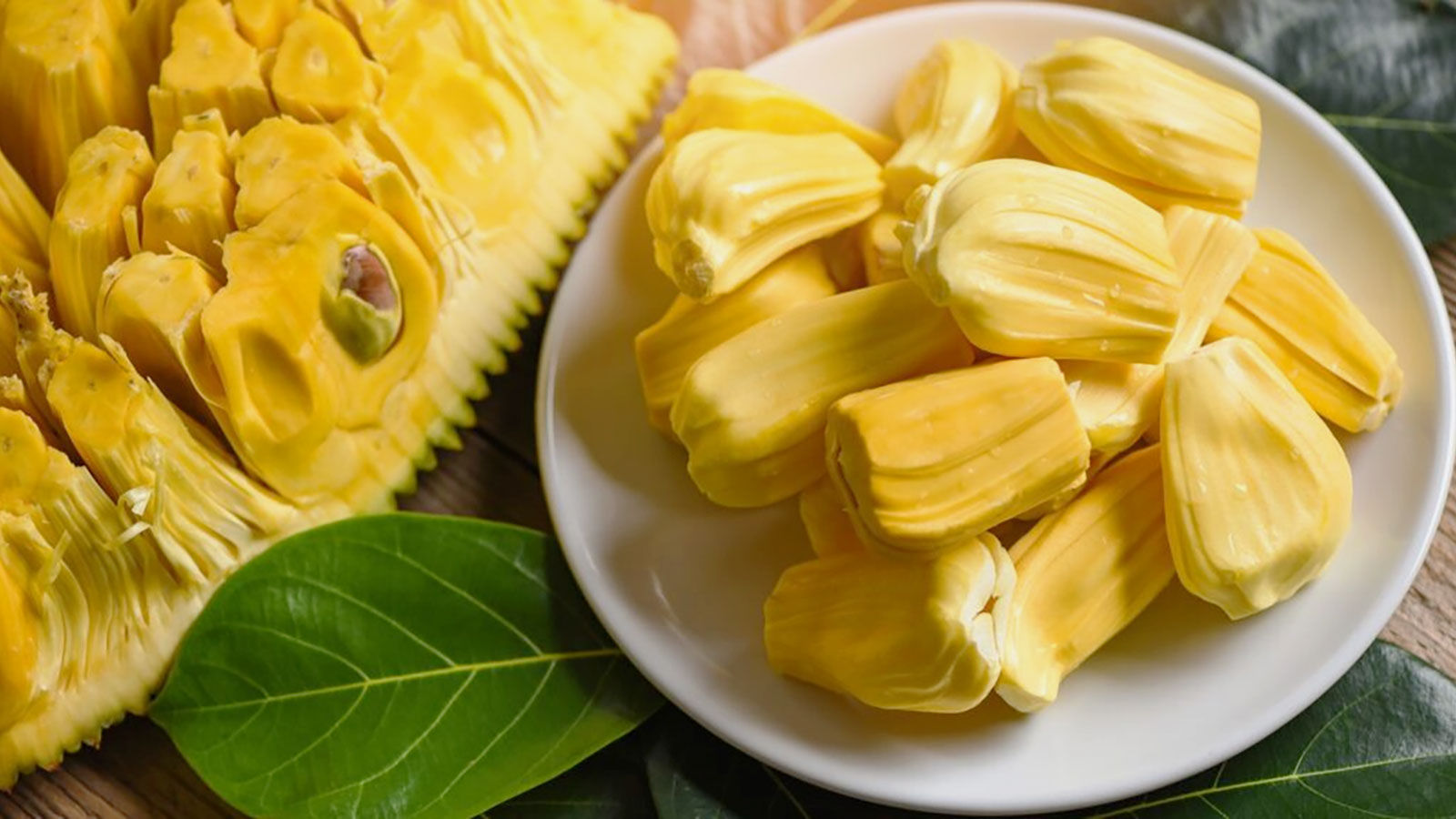
Jackfruit is a Vietnamese fruit that is easily confused with durian because its peel has sharp thorns and similar colors. But jackfruit usually has larger fruits and small spines, not sharp and hard like durian. The inside of jackfruit has a completely different texture from durian. Jackfruit is popular with many fruit lovers, who love to tear apart the flesh with their hands and enjoy its sweet, delicate flavor. Jackfruit is also dried and is a favorite snack of many people.
The exact jackfruit season is during the summer and early fall months.
Star Apple
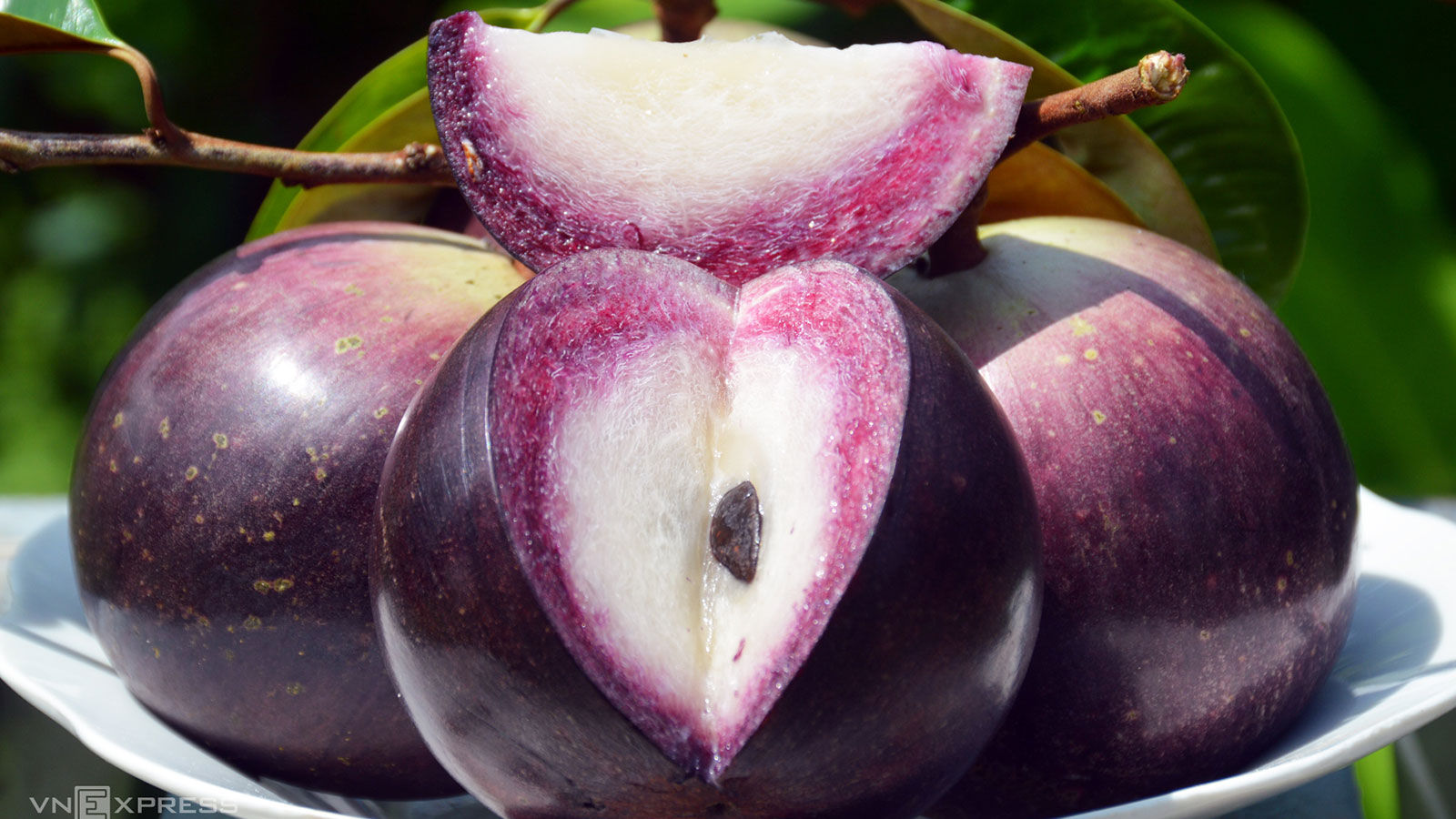
Star apple, known as “vú sữa” in Vietnamese, is a unique fruit with a green or purple skin. It gets its name from the star-shaped pattern formed by the seeds inside. When cut open, Star apple fruit is smooth and plump, revealing milky-white flesh with a sweet and creamy texture.
Star apple is a fruit containing many vitamins, fiber, and minerals that provide essential energy for the body. This Vietnamese fruit is often a refreshing snack in fruit salads and beverages.
The exact season for star apple fruit varies depending on the region and climate. But it is harvested during the late summer and early fall months. This is when the fruit’s peak ripeness offers the best flavor and texture.
Explore The Taste Of Fruit Juice
Continuel
Pomelo
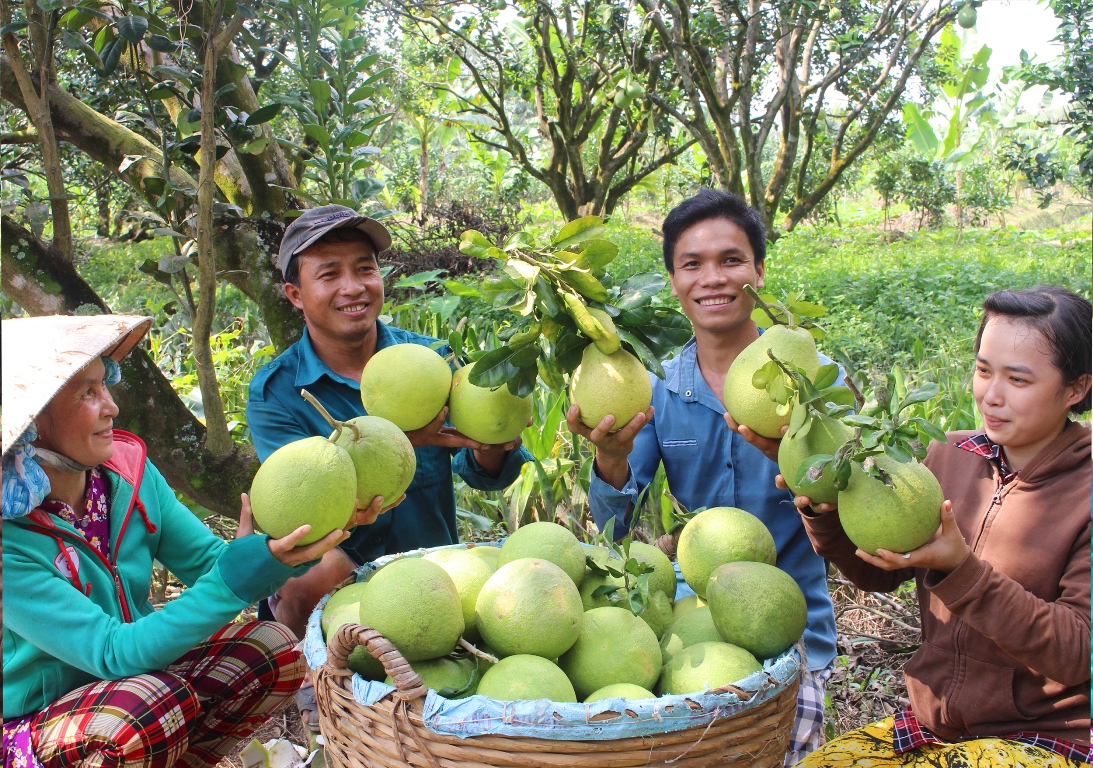
Pomelo, also known as “bưởi” in Vietnamese, is a citrus fruit that resembles a large grapefruit. It has a thick rind with a pale yellow or pinkish flesh inside. This fruit in Vietnam is not only popular domestically but is also exported abroad.
The flavor is sweet and tangy with a hint of bitterness. Pomelo is often enjoyed fresh or used in salads and desserts, providing a refreshing burst of citrus goodness.
Pomelo is typically in season during winter, from November to February, in many regions. In areas with a Mediterranean or tropical climate, pomelos may be available for a more extended period.
Mango
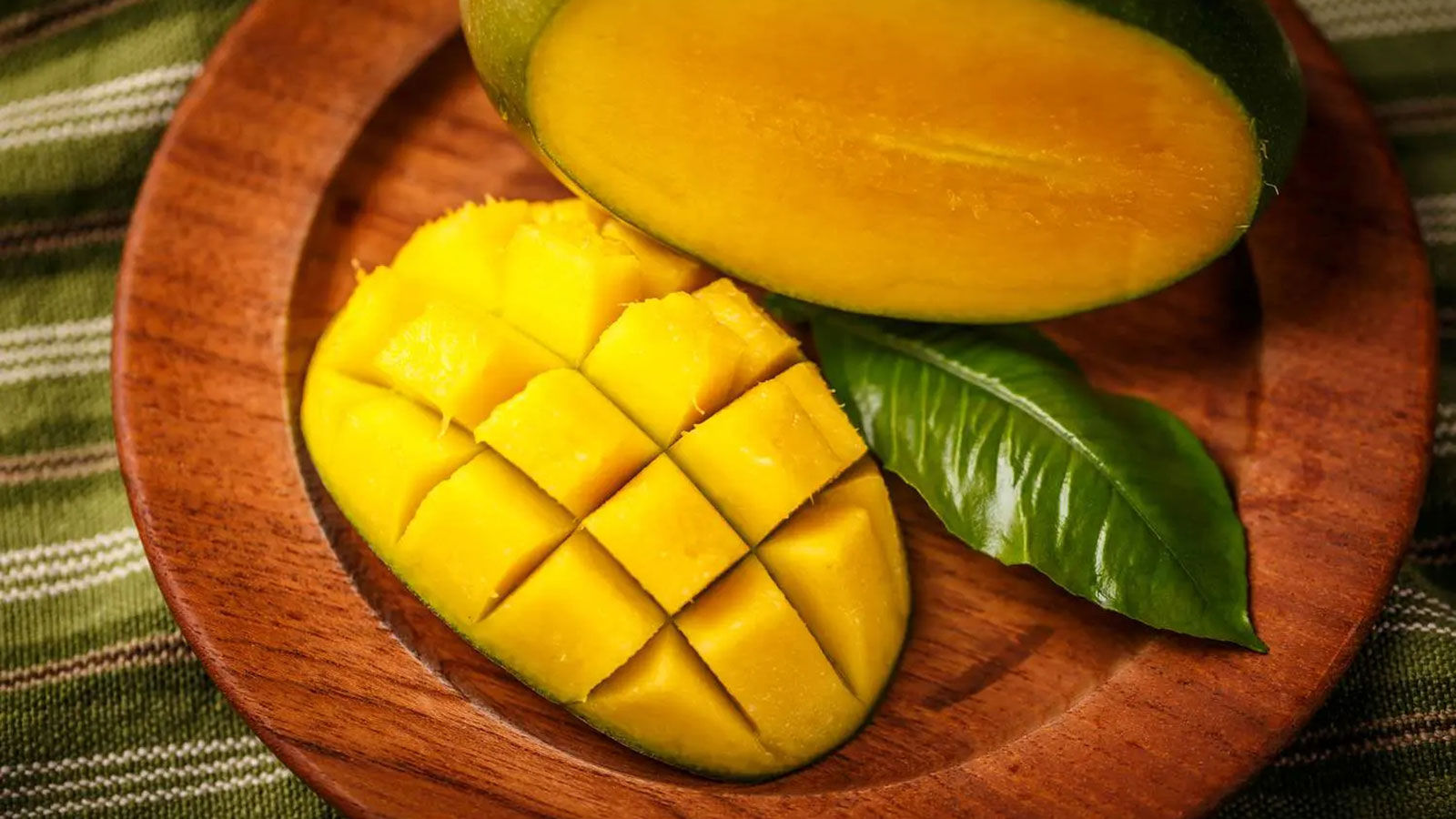
It would be a mistake in the list of fruits in Vietnam if we did not mention Vietnamese mangoes. Unlike many other countries, Vietnamese mangoes have a rich, sweet taste. Vietnamese people eat mangoes when they are still green, dip them in salt to enjoy the unique sweetness and make many delicious dishes such as mango salad.
Mangoes are a tropical favorite and play a significant role in Vietnamese cuisine. Varieties such as the “xoài cát,” “xoài xanh,” and “xoài tím” offer different flavors and textures. From sweet and juicy to tangy and fibrous, mangoes are versatile fruits used in salads, smoothies, desserts, and even savory dishes.
The season for Vietnamese mangoes typically falls between April and June, with variations depending on the specific region and climate.
Guava
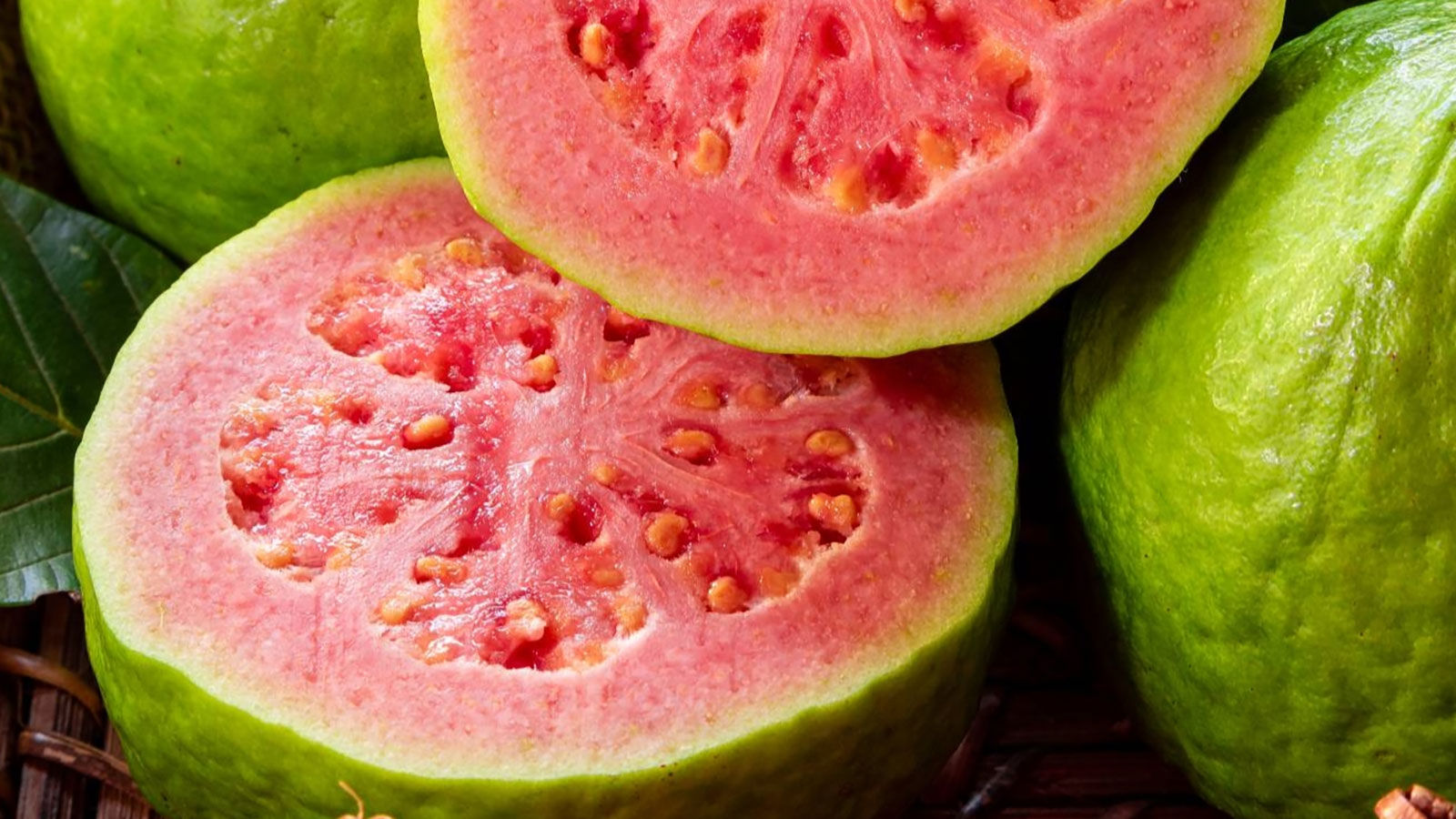
Guava, or “ổi” in Vietnamese, is a tropical fruit with a distinctive aroma and flavor. It is round or pear-shaped with a green or yellow skin. Depending on the variety, the flesh can be white, pink, or red. Guava is a versatile fruit that can be eaten fresh, juiced, or used in jams, jellies, and desserts.
The harvest guava season typically occurs during the late summer and early autumn months. During this time, the guavas reach their peak flavor and sweetness, making it the perfect moment to gather them.
Explore The Taste Of Fruit Juice
Continuel
Sapodilla

Sapodilla, also known as “hồng xiêm” in Vietnamese, is a small fruit with a brown, rough skin. The flesh is soft and caramel-like, with a sweet and malty flavor. It is often enjoyed fresh or used in desserts and milkshakes. Sapodilla is also known for its natural sweetness, making it a healthier alternative to refined sugars.
The sapodilla harvest season usually falls during the late summer and early autumn months, when the fruits are at their peak ripeness.
Soursop
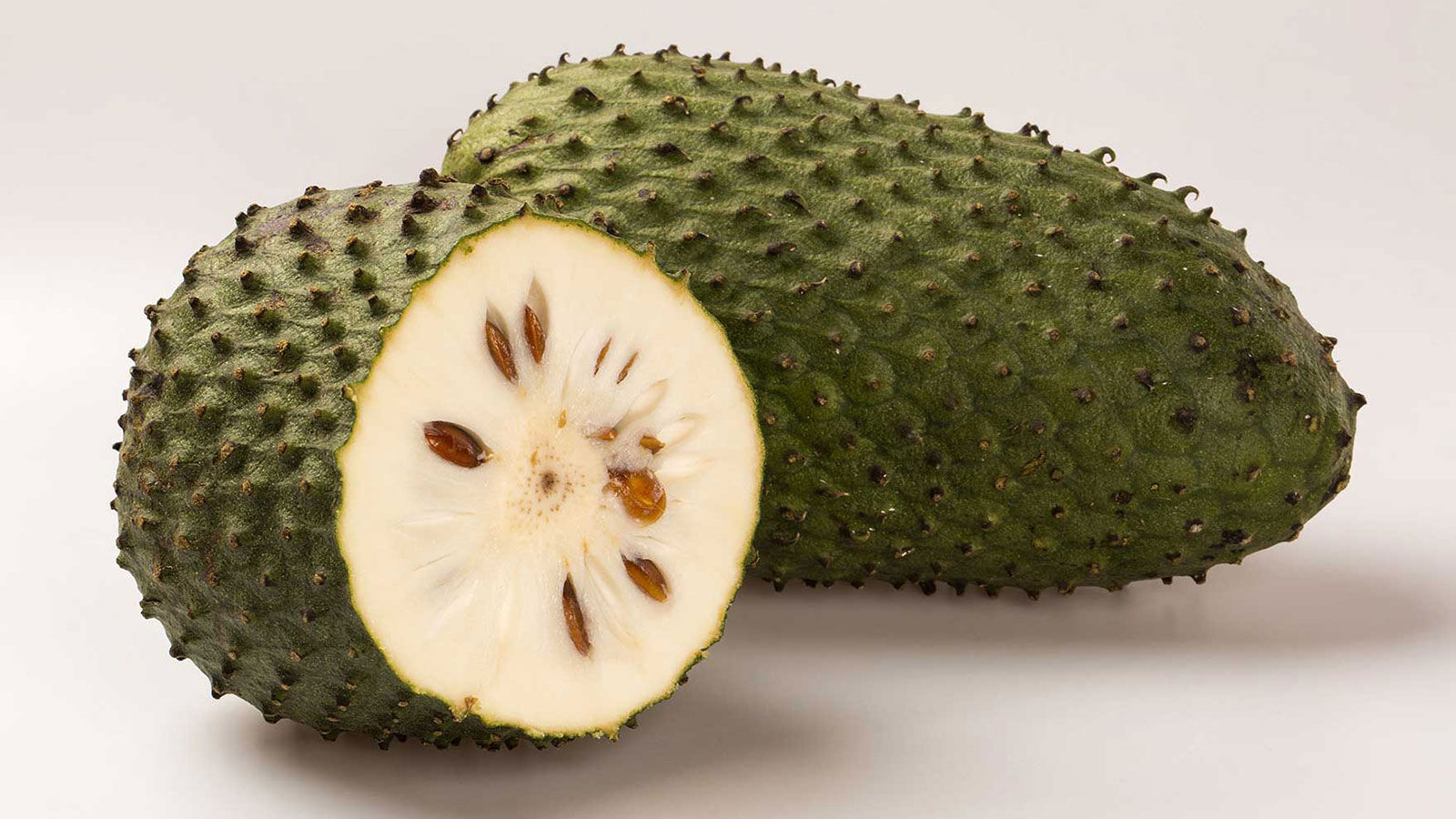
Soursop, or “mãng cầu” in Vietnamese, is a tropical fruit with a spiky green skin. The flesh is white and custard-like, with a tangy and sweet flavor. Soursop is rich in vitamins and minerals and is often consumed as a juice or used in smoothies, ice creams, and other desserts.
The soursop harvest season typically occurs during the summer, when the fruits are at their peak ripeness.
Vietnam is vast and long, and each region has its unique specialties. Because of that, fruits in Vietnam are diverse and rich in types. These cultivated fruits all have their distinctive shapes and flavors. If you can travel to Vietnam, please enjoy and buy meaningful gifts for relatives, family, and friends from the specialty fruits Nawon suggests above.

